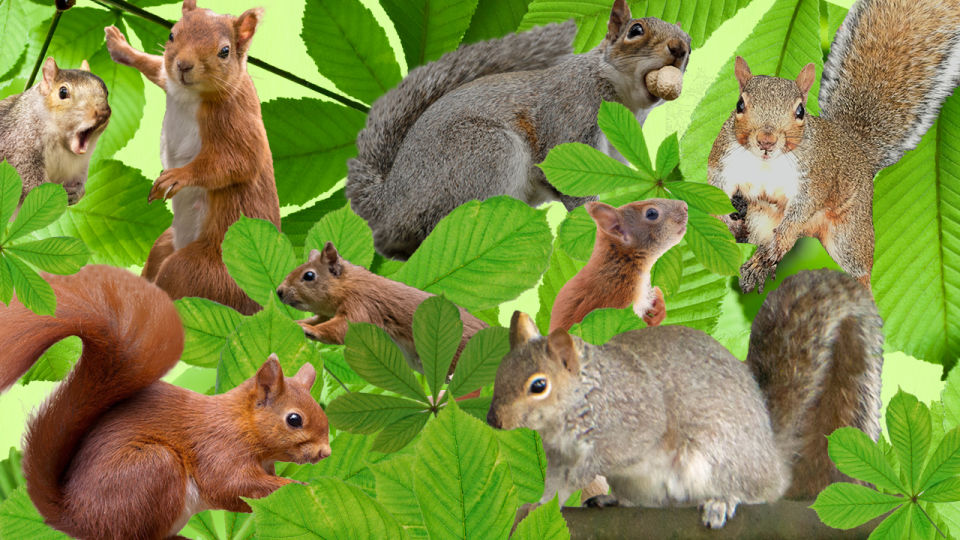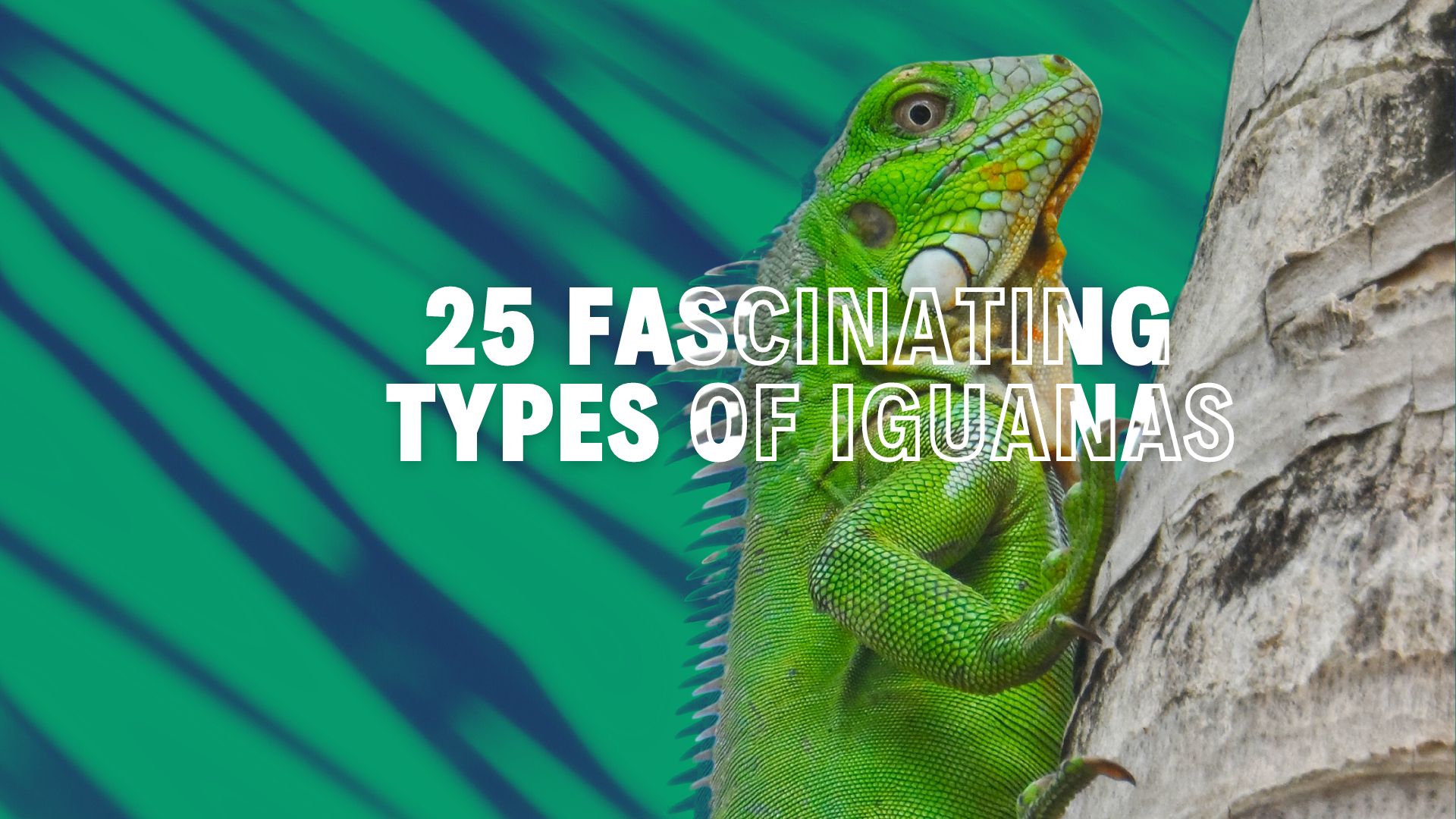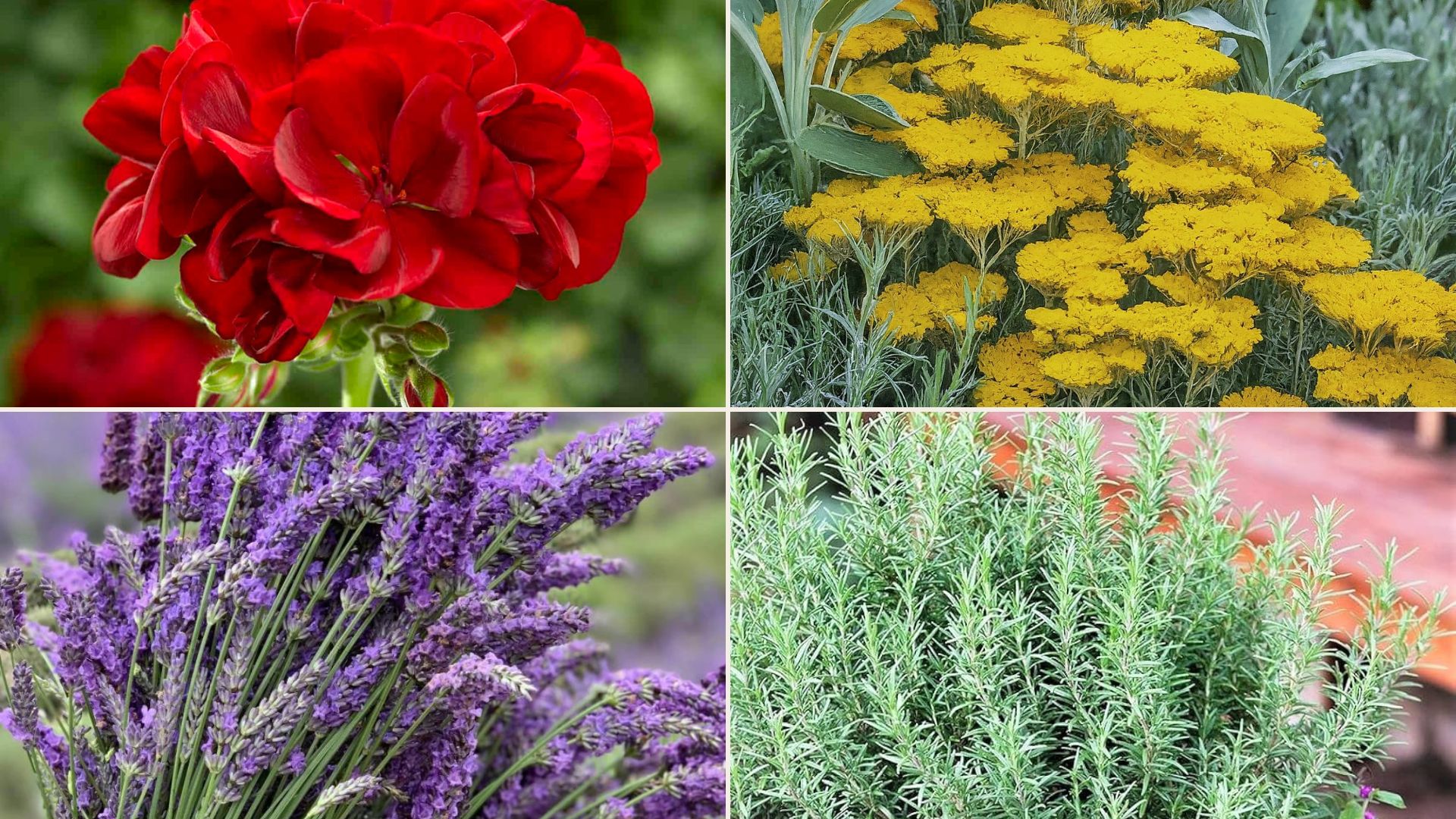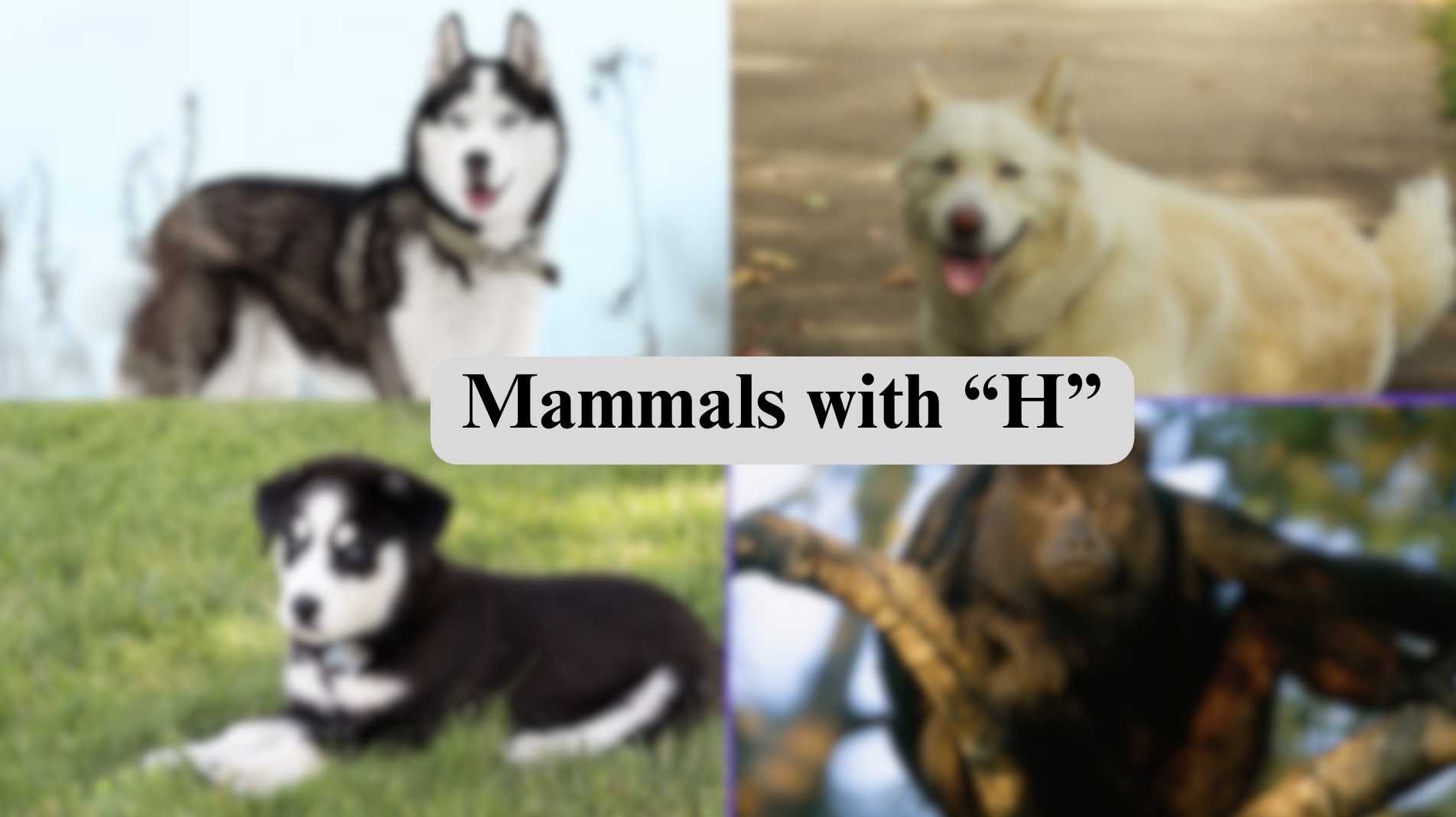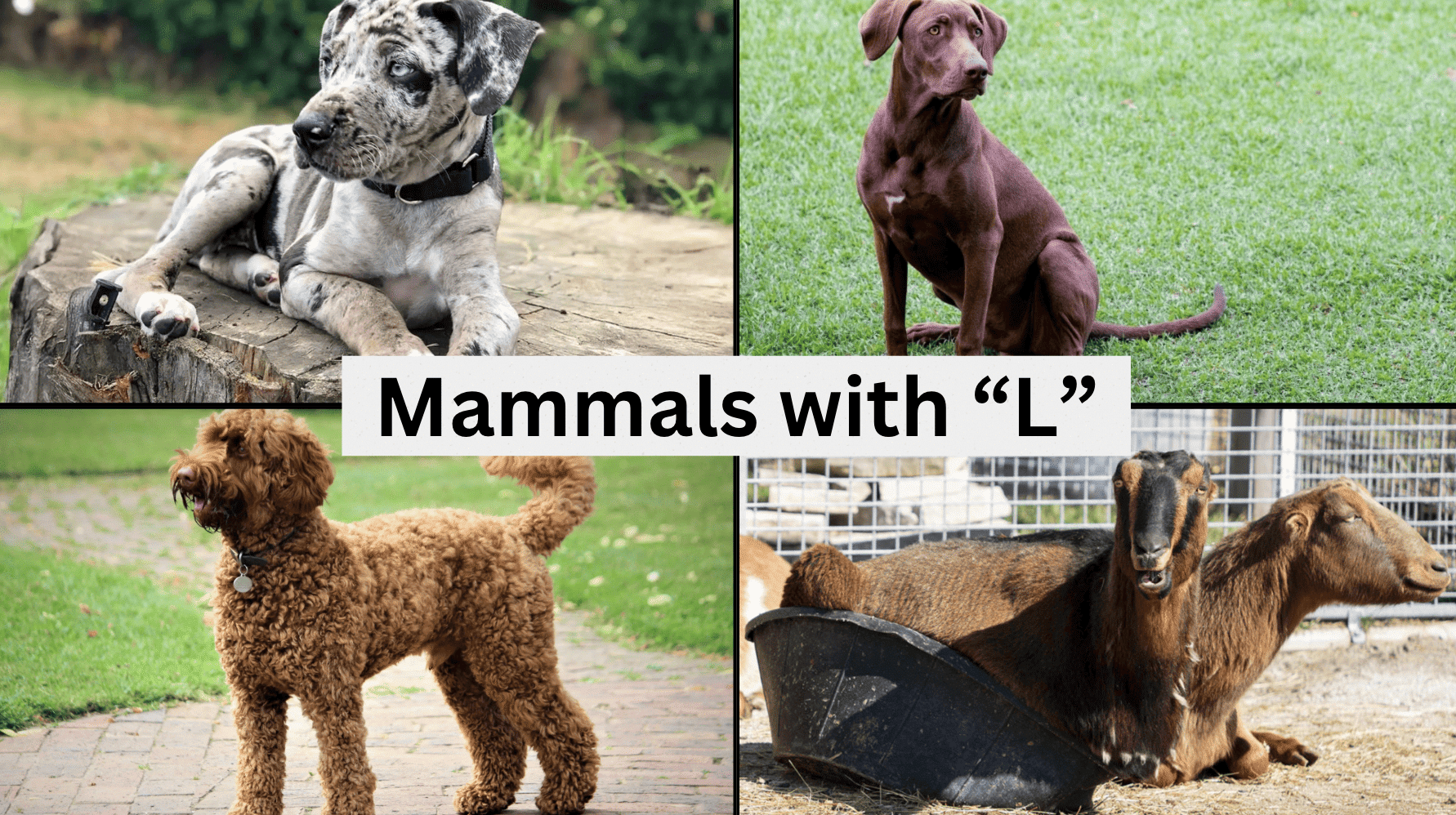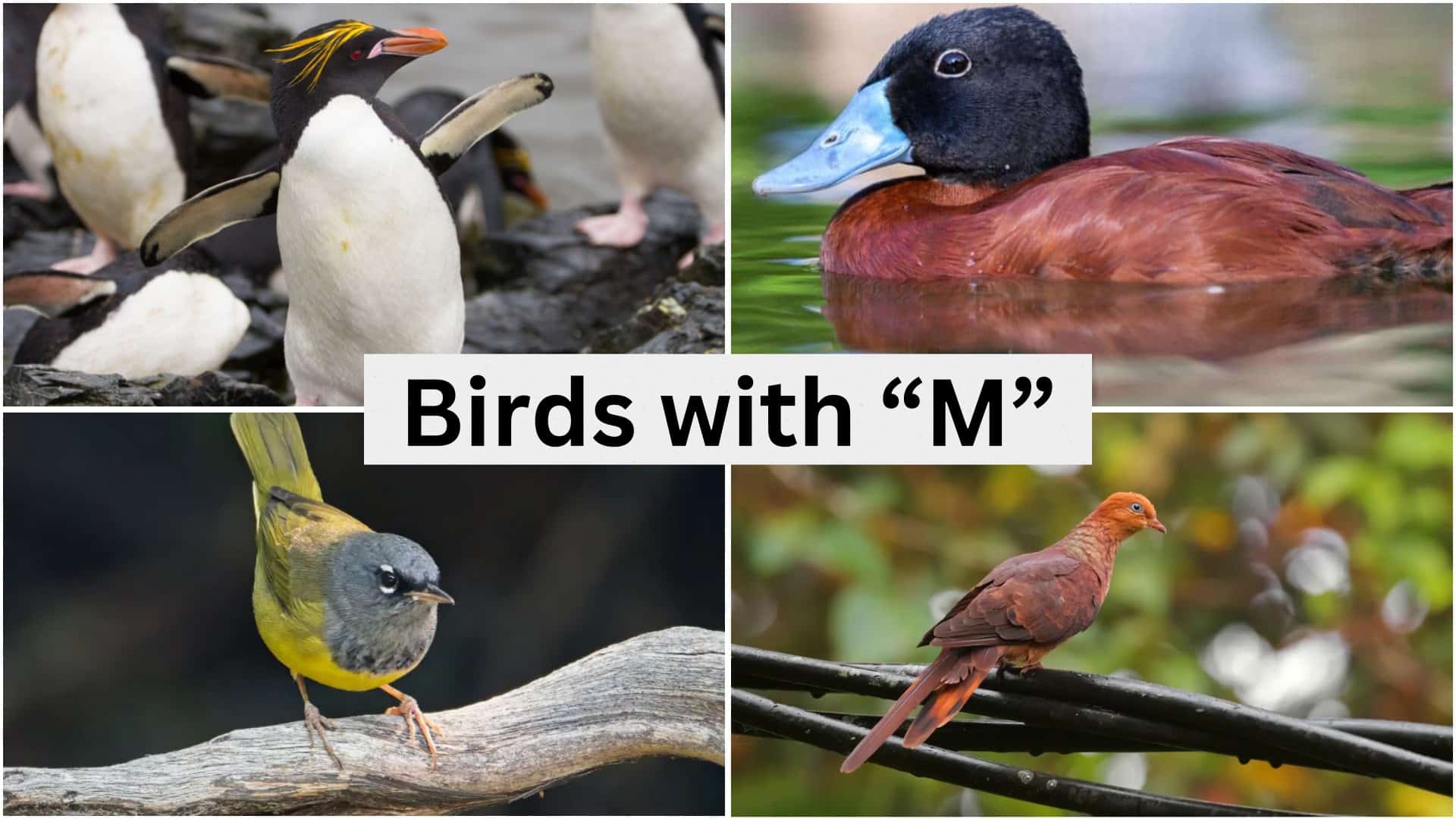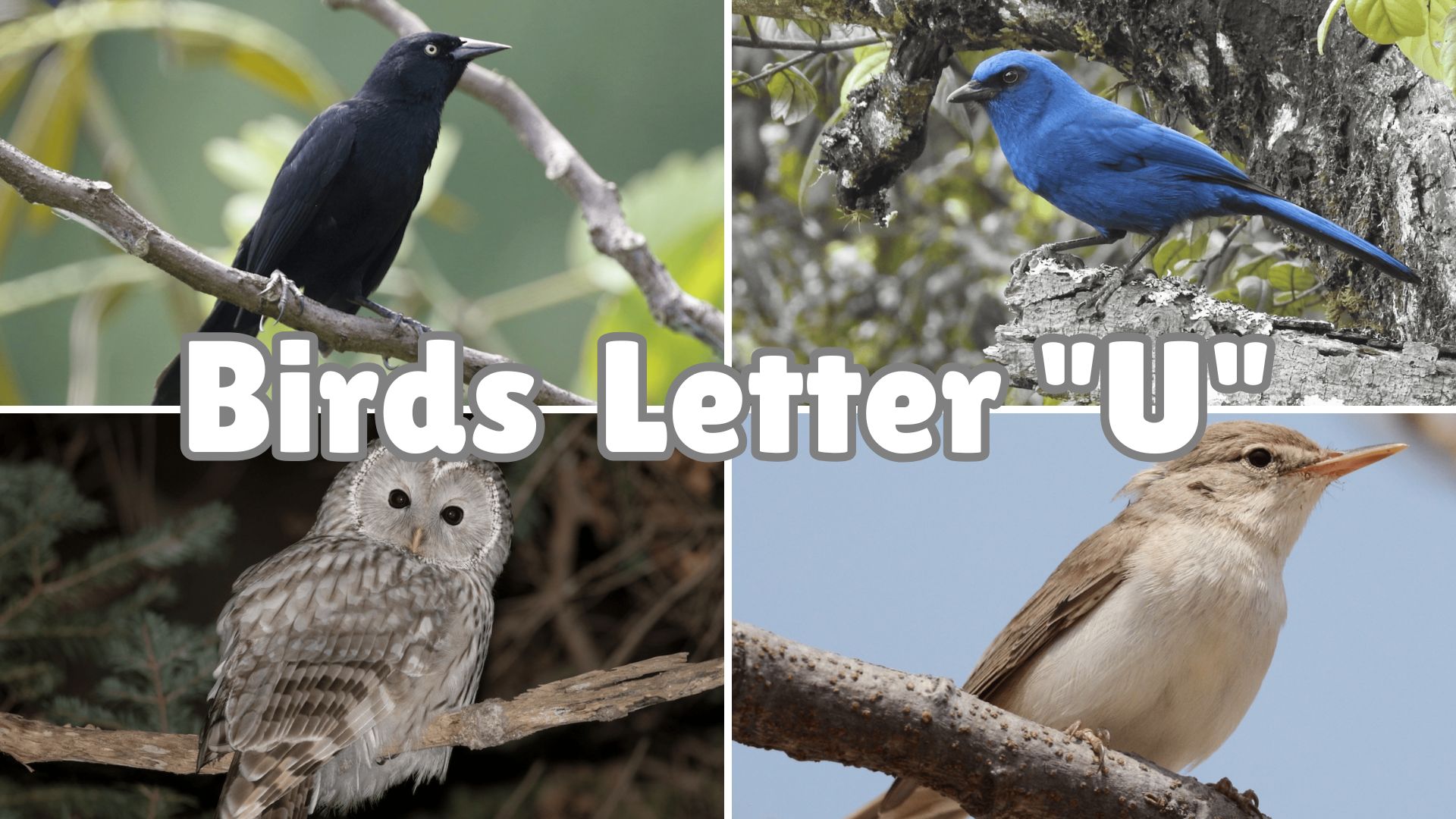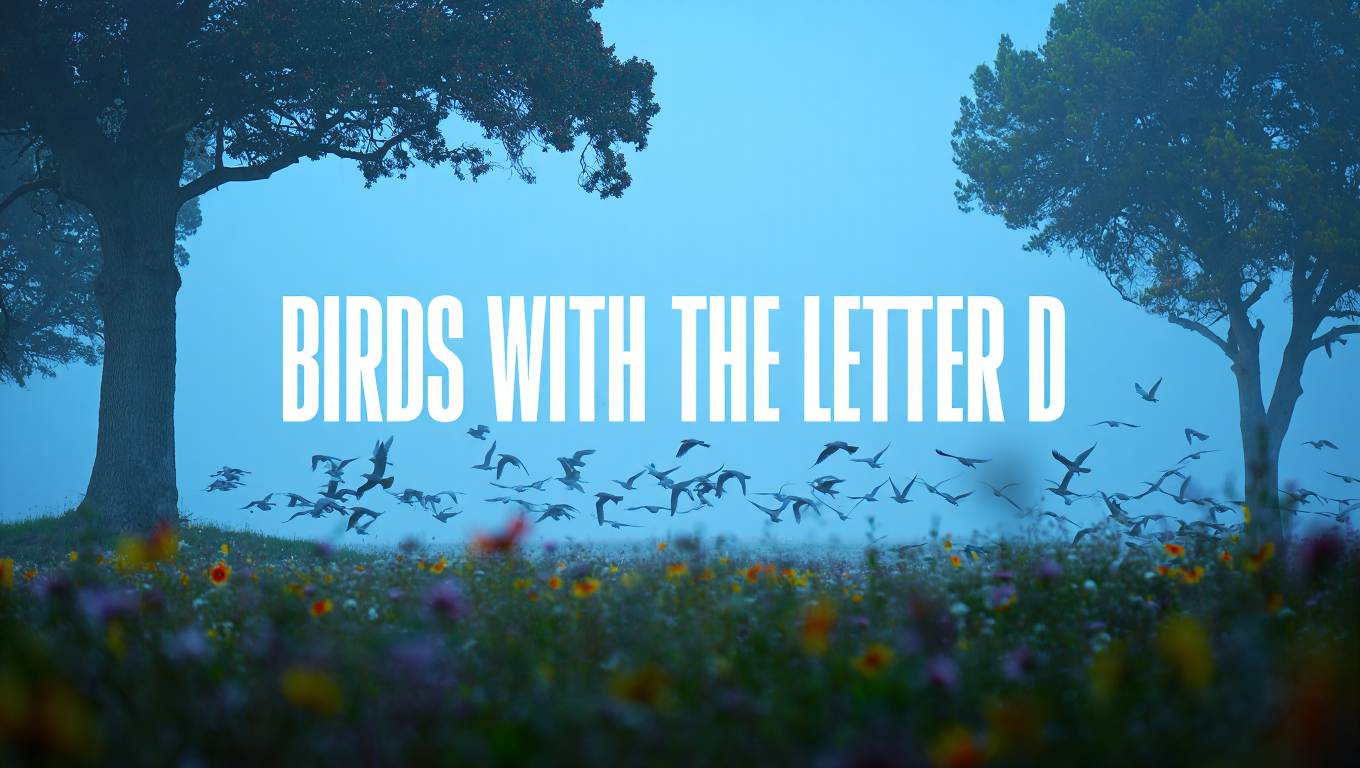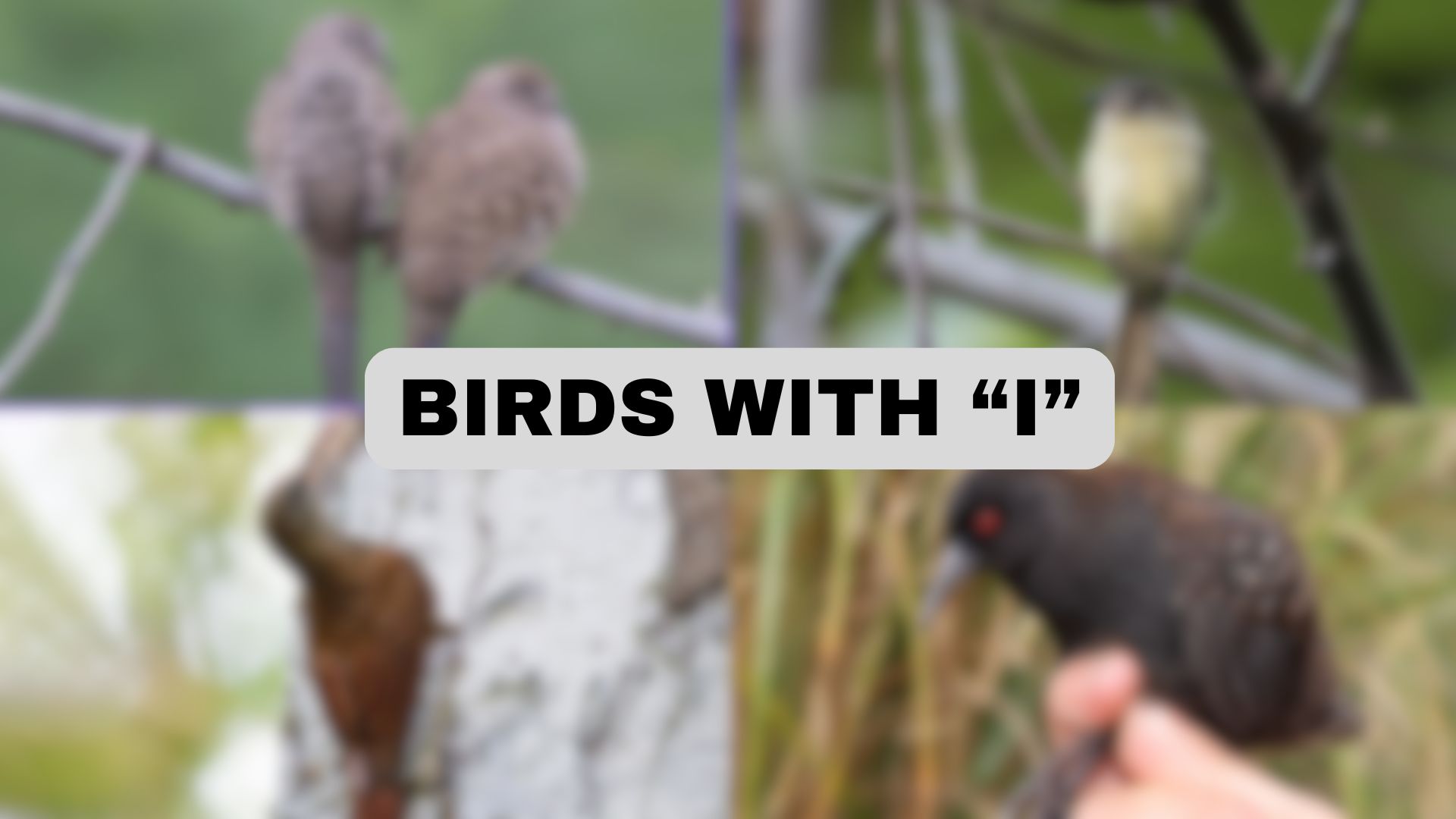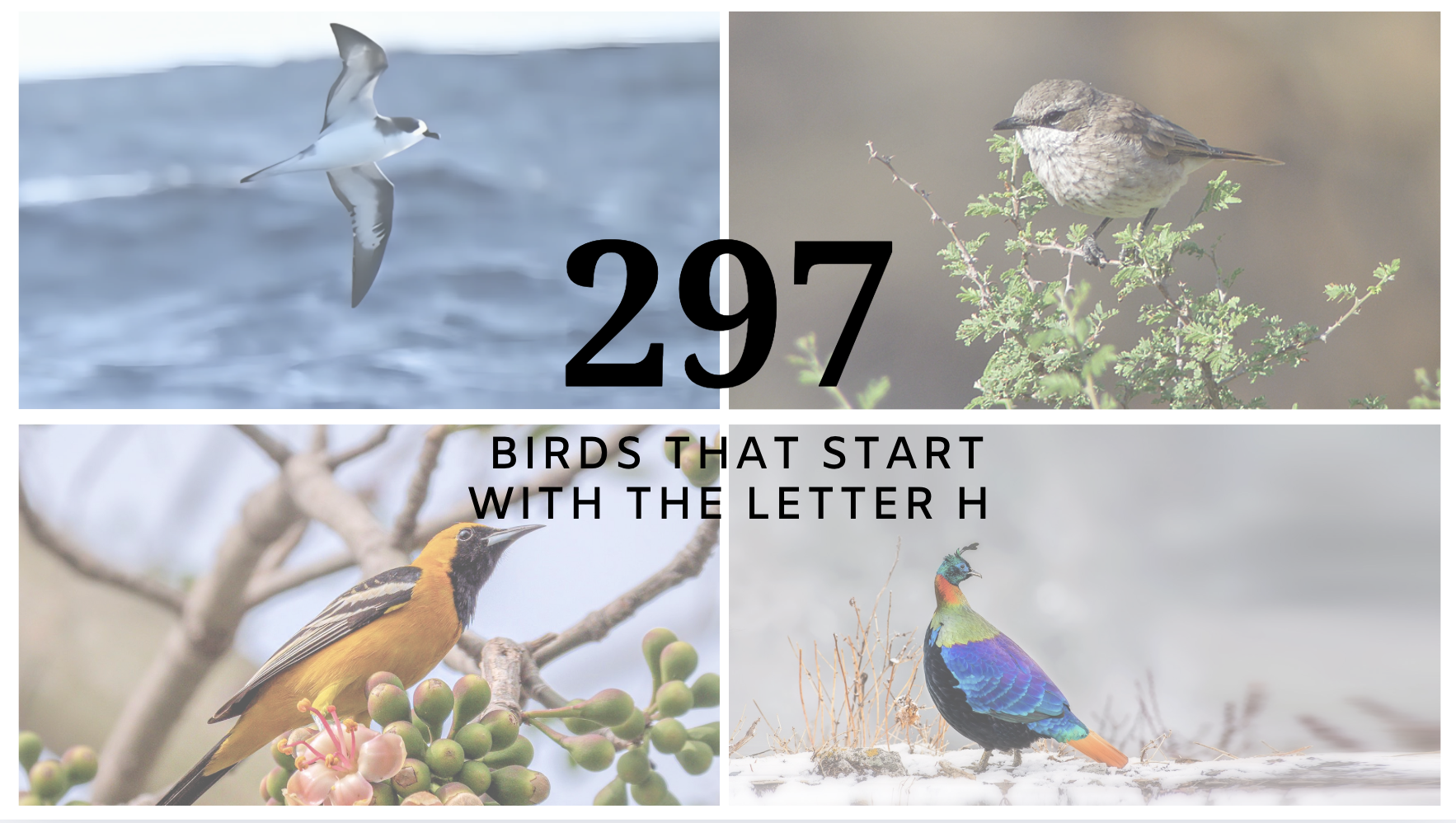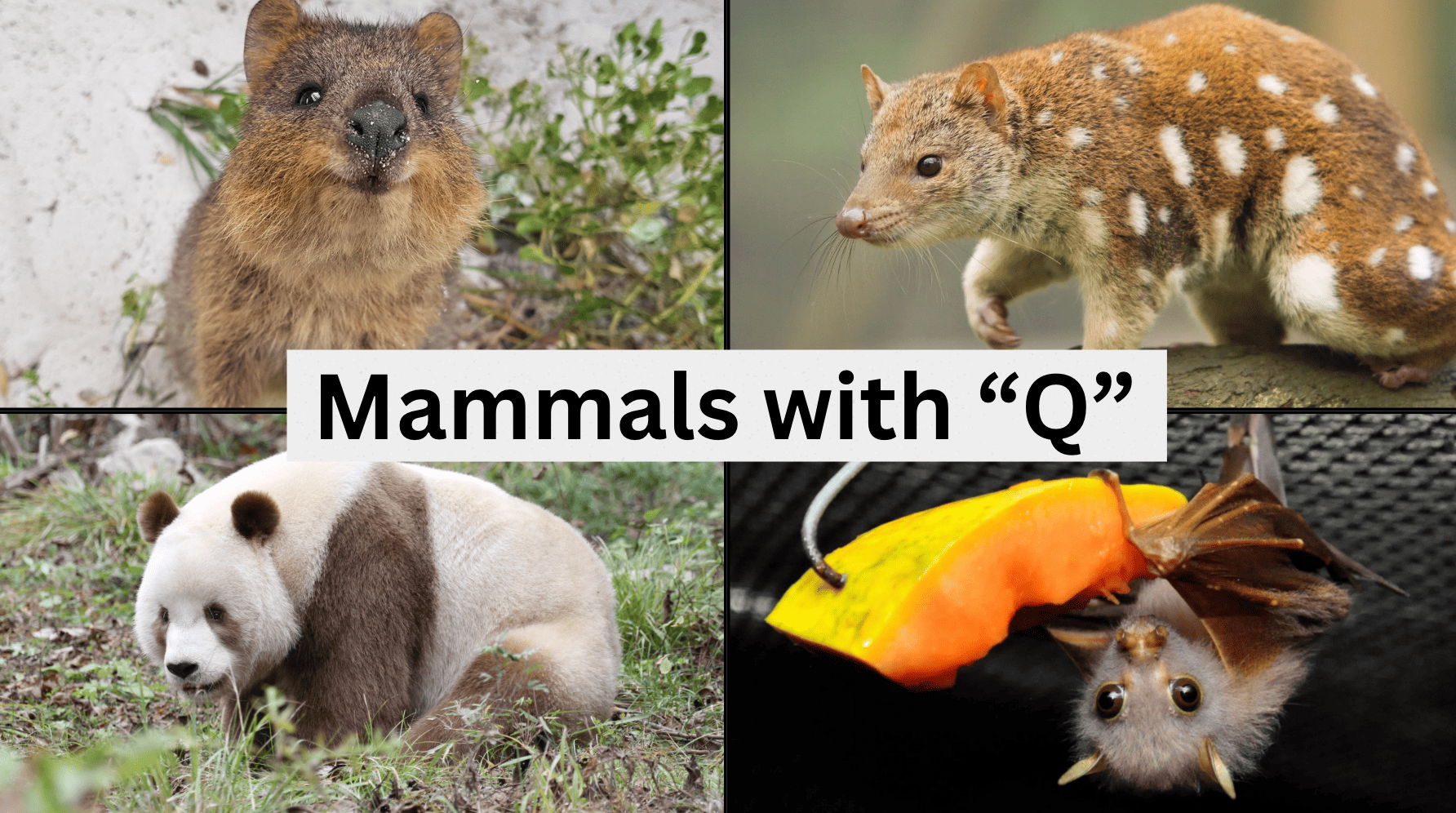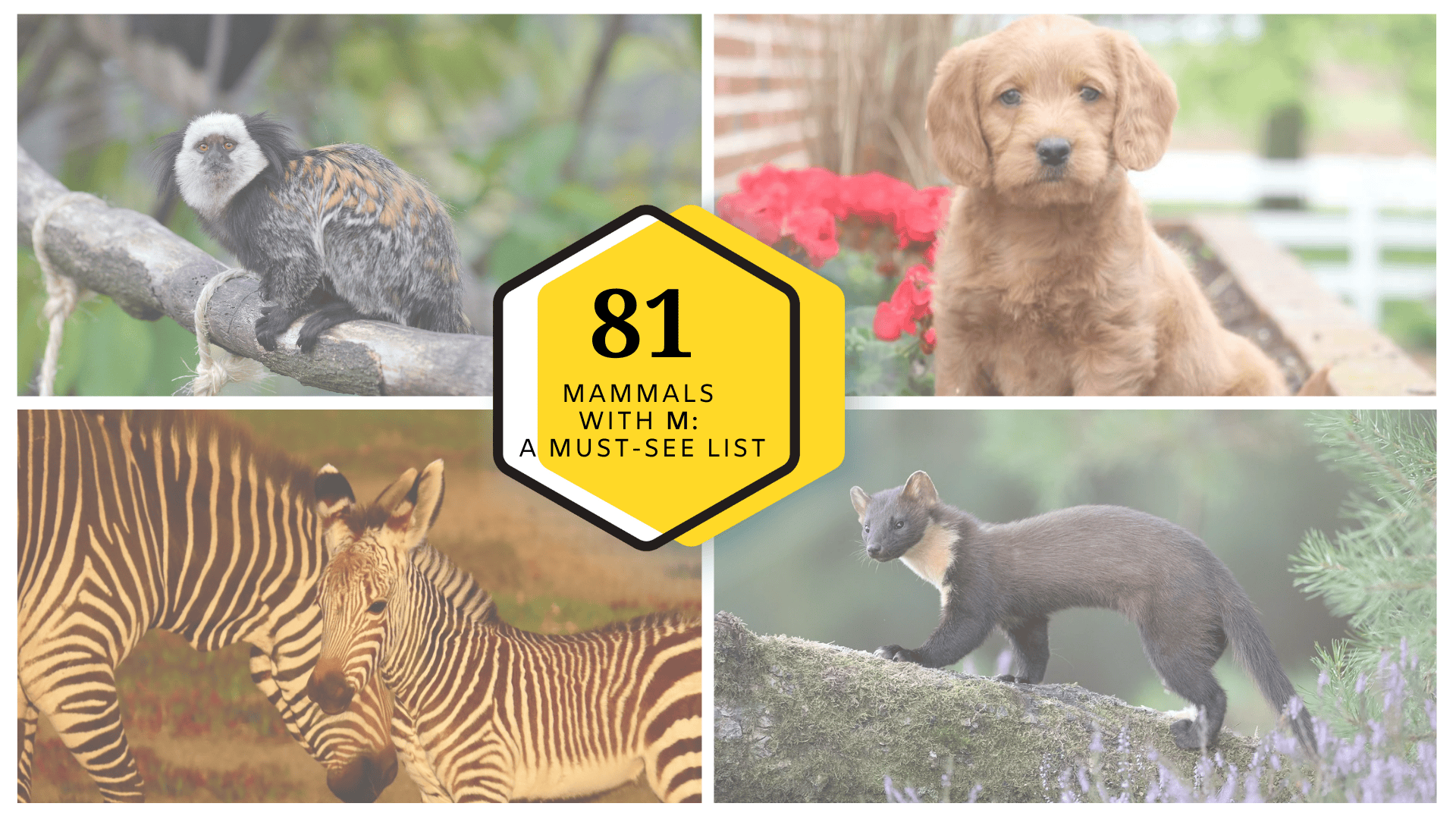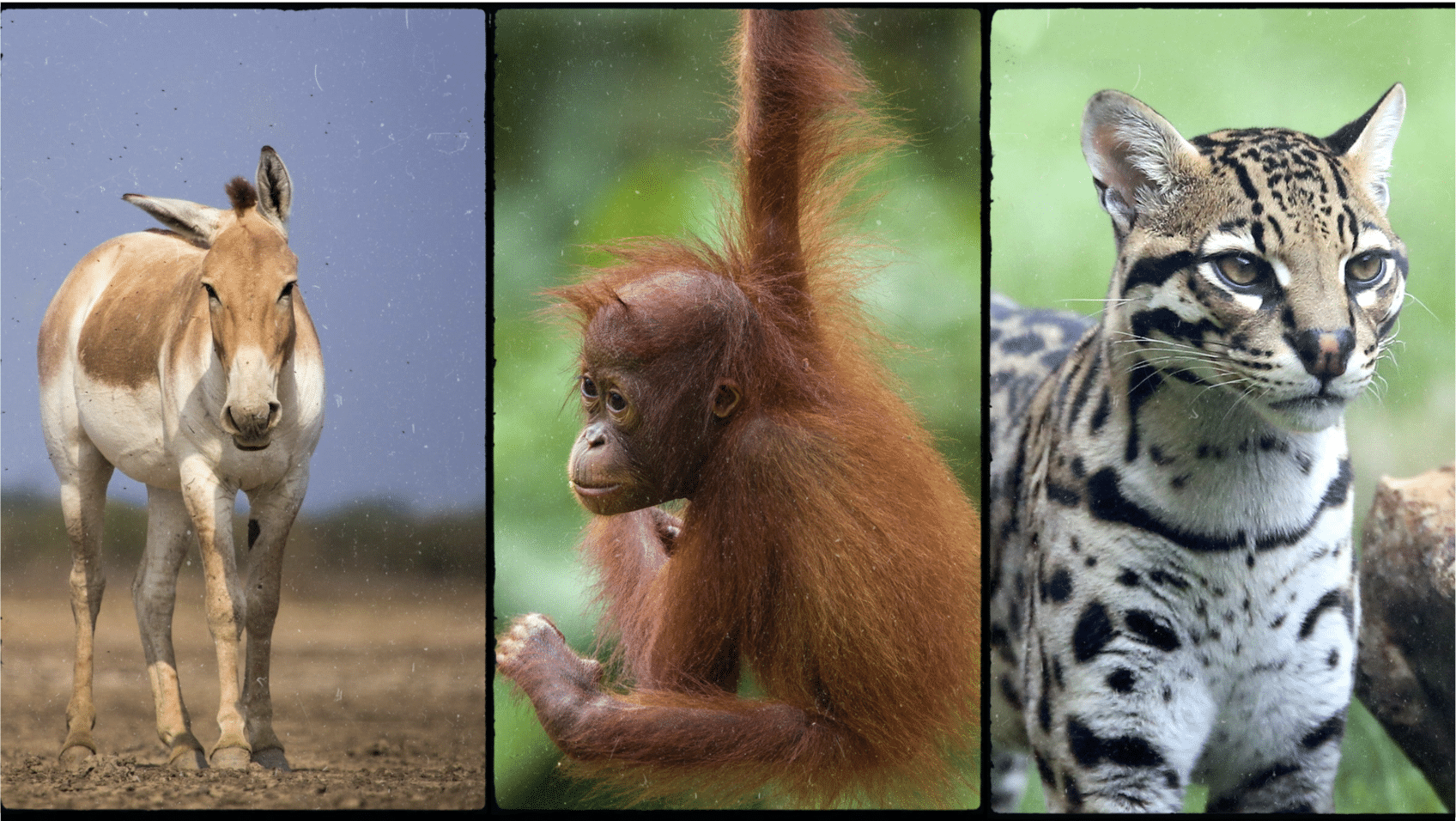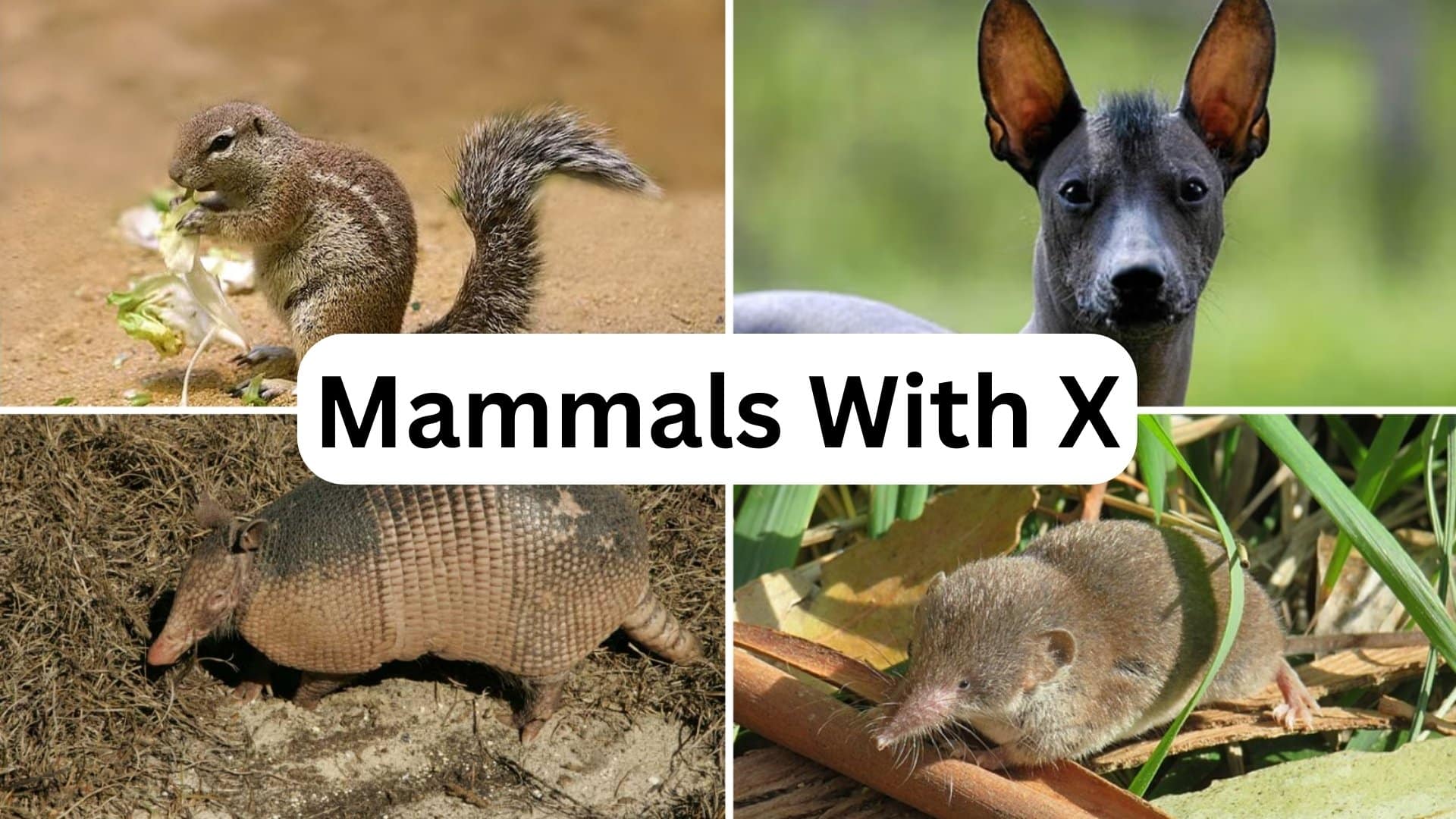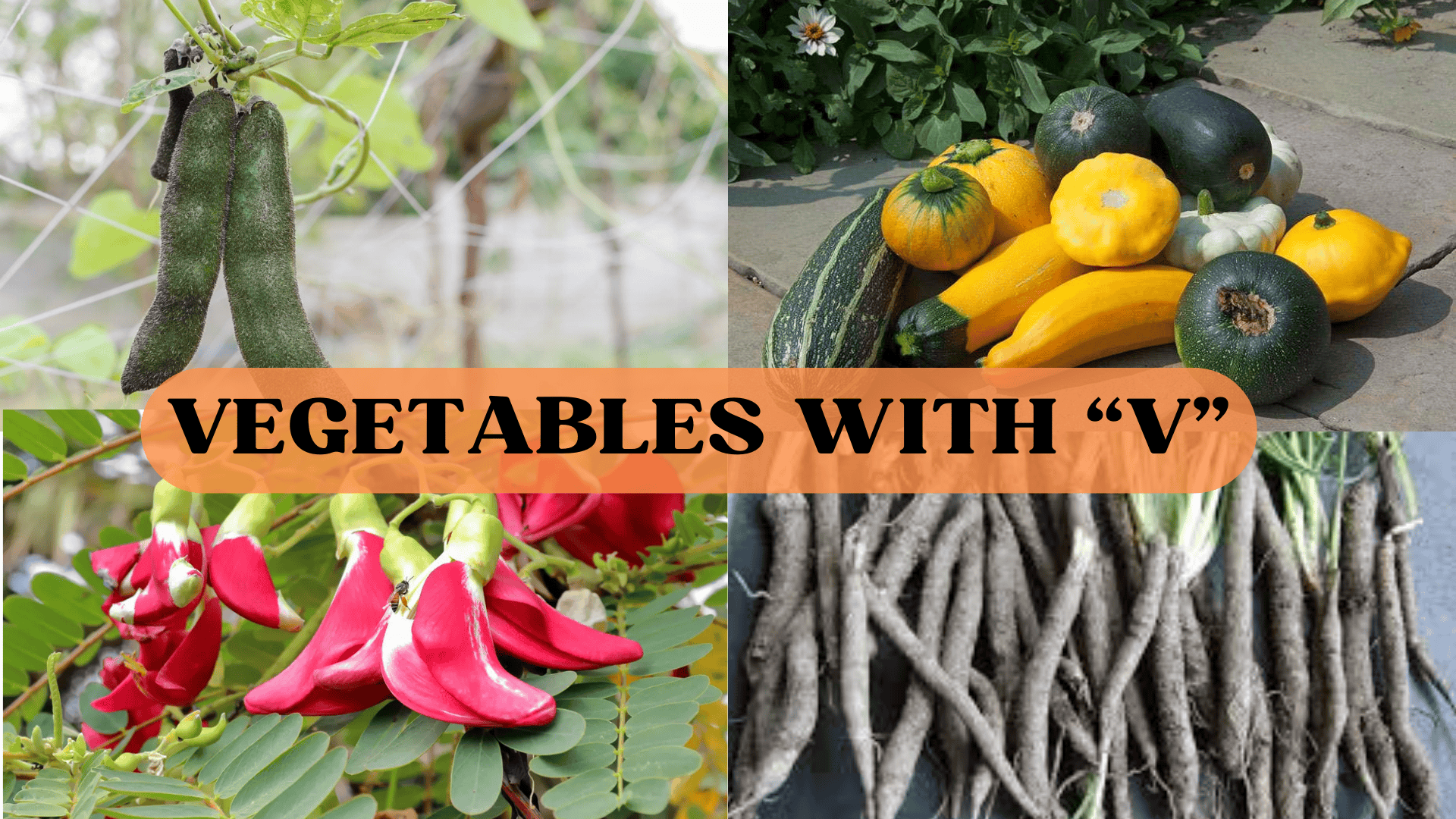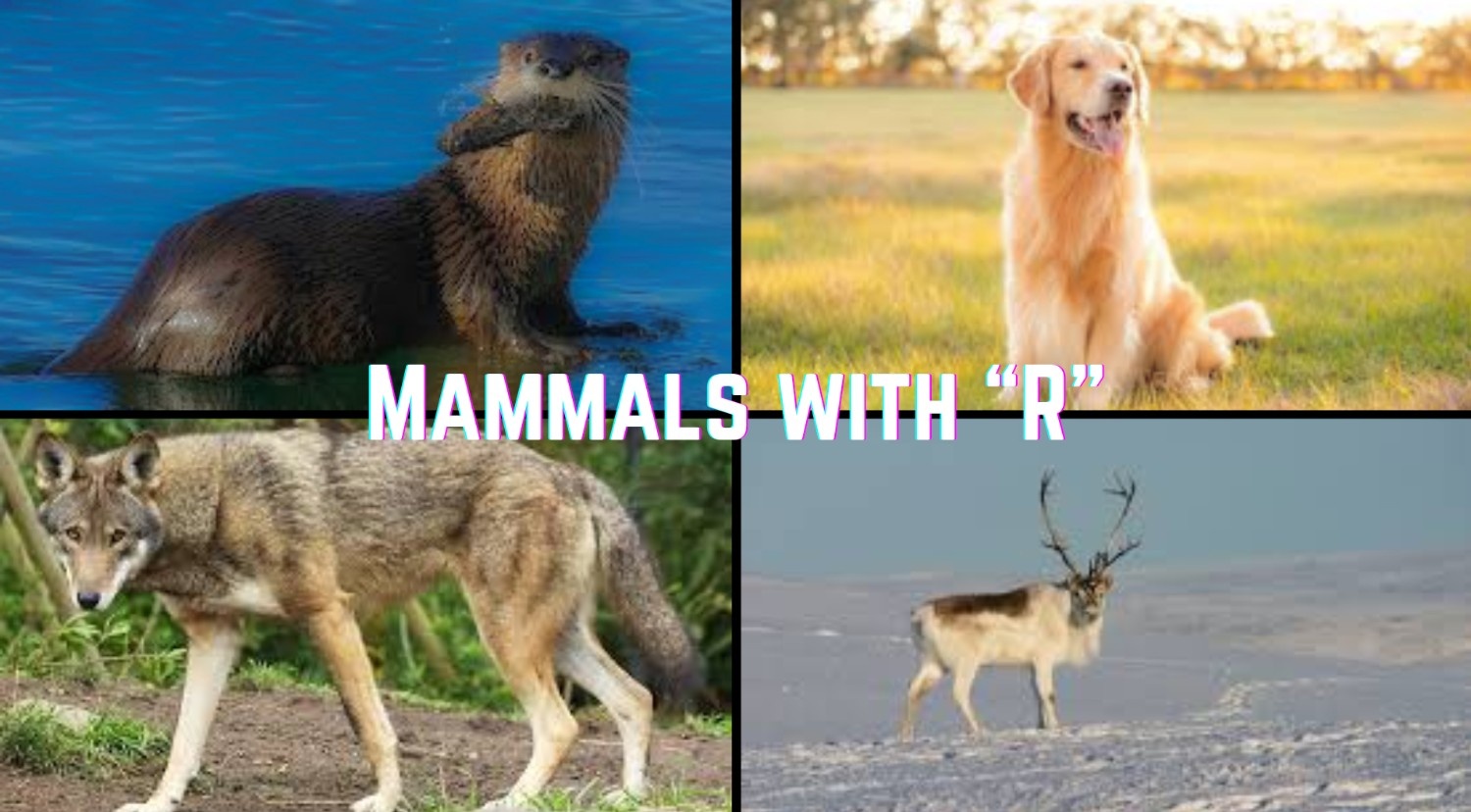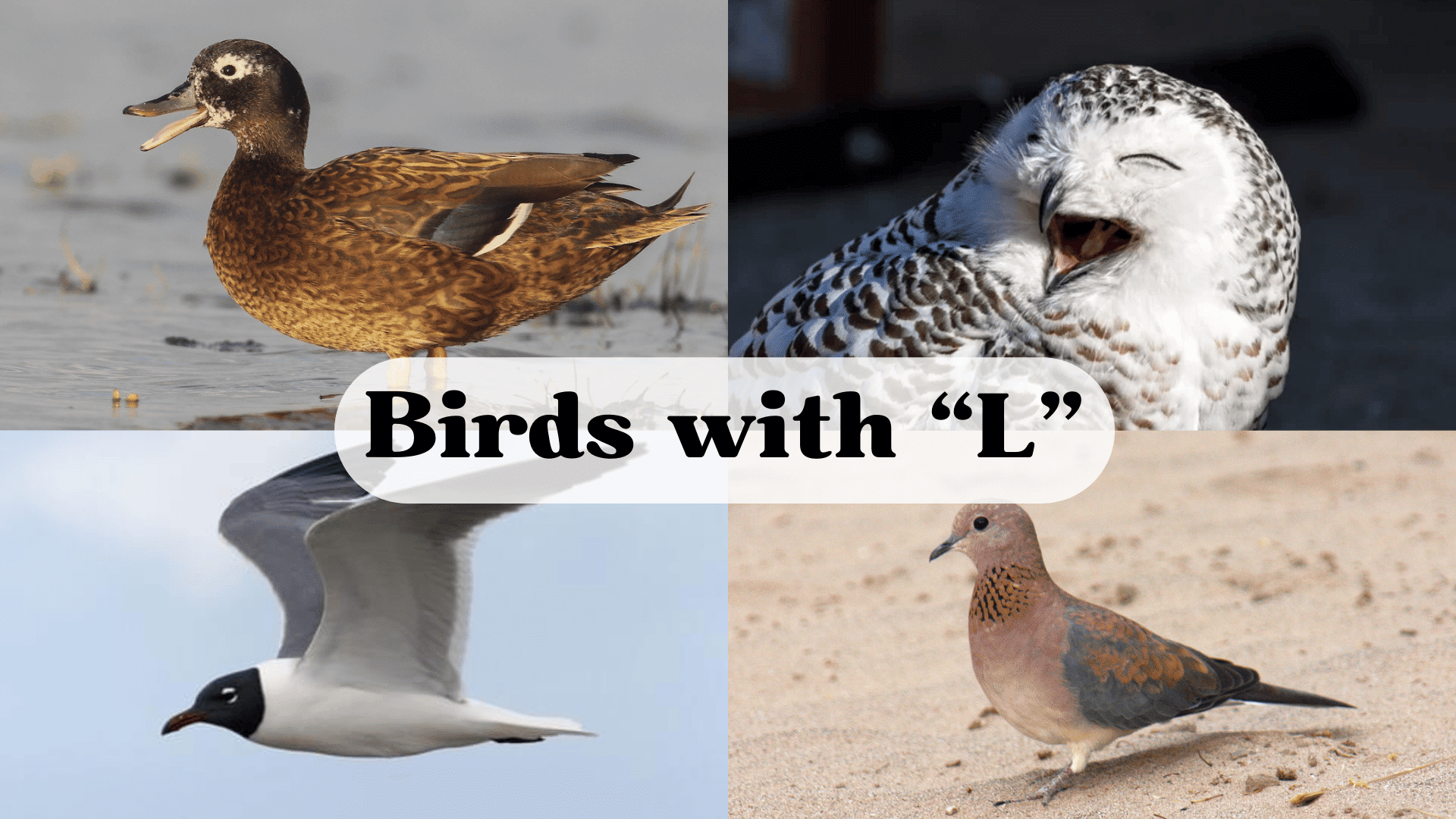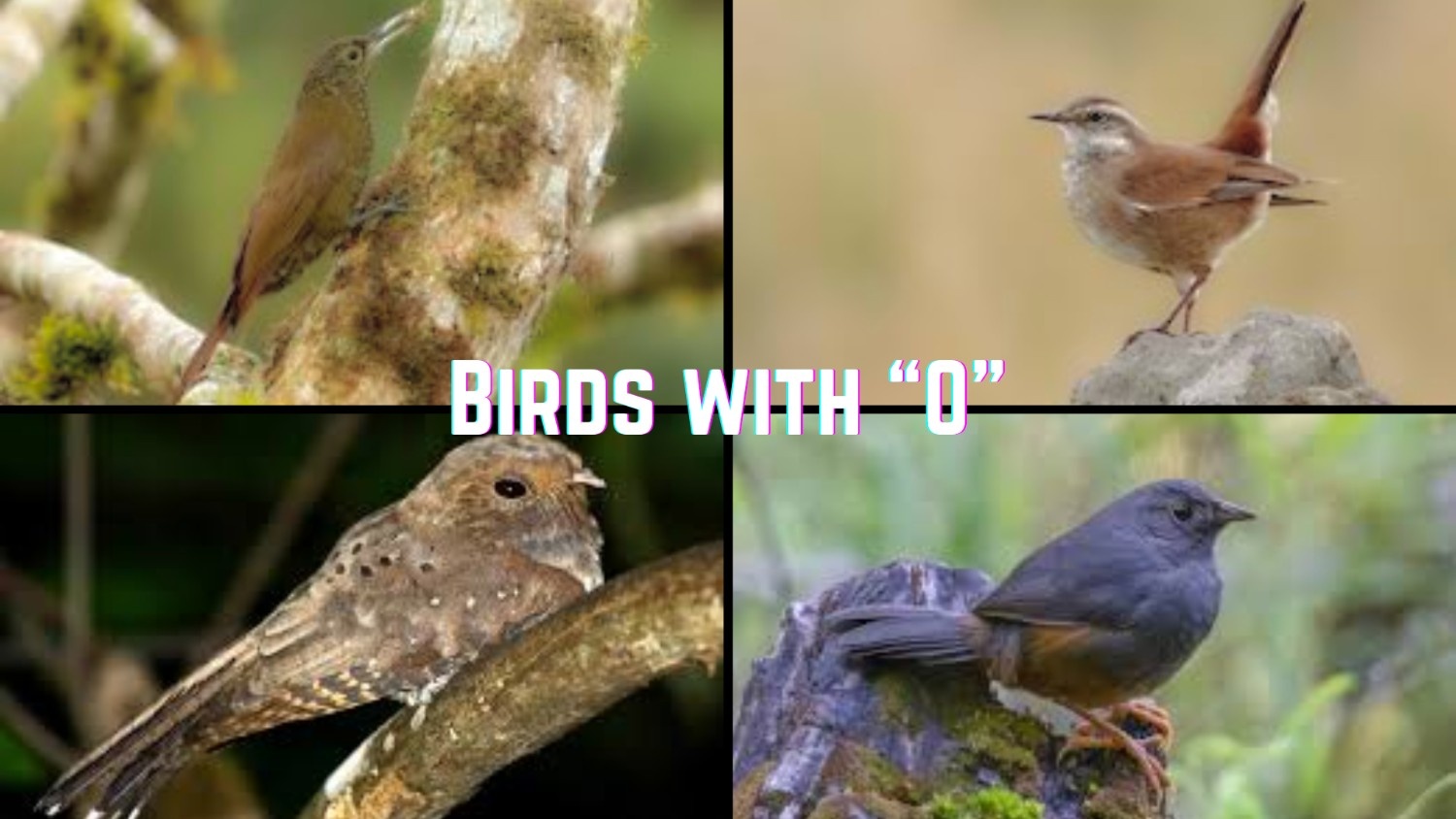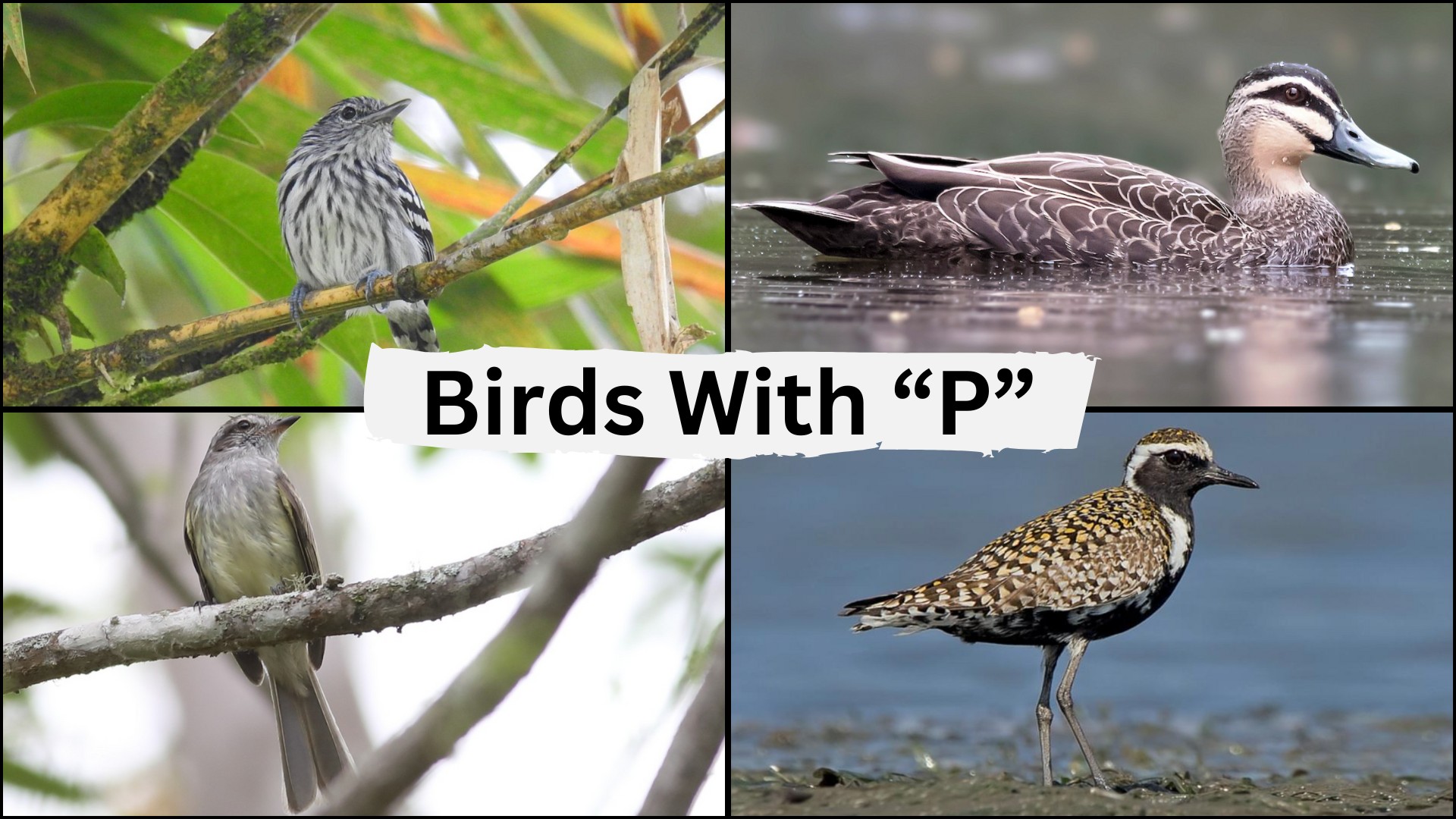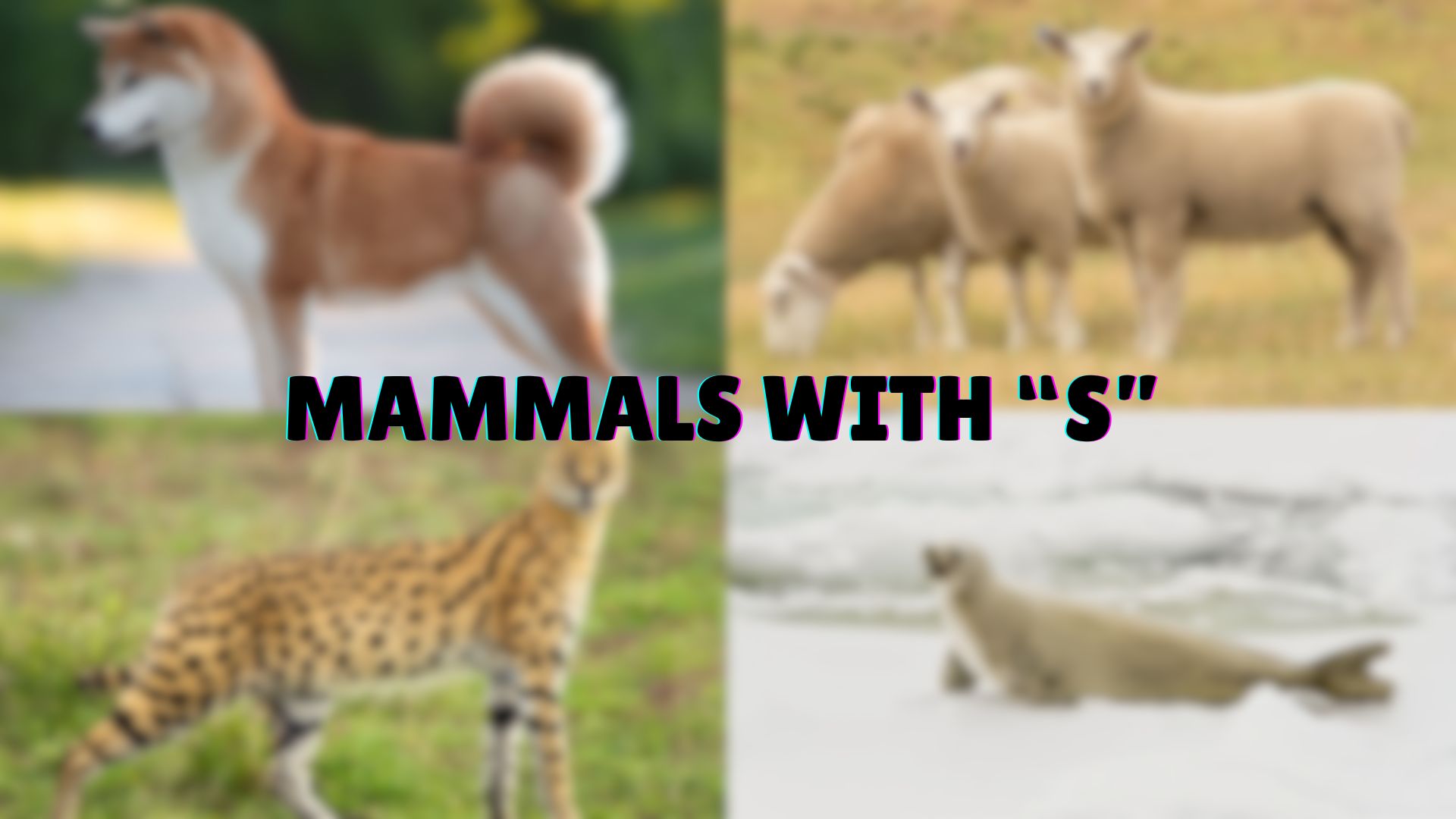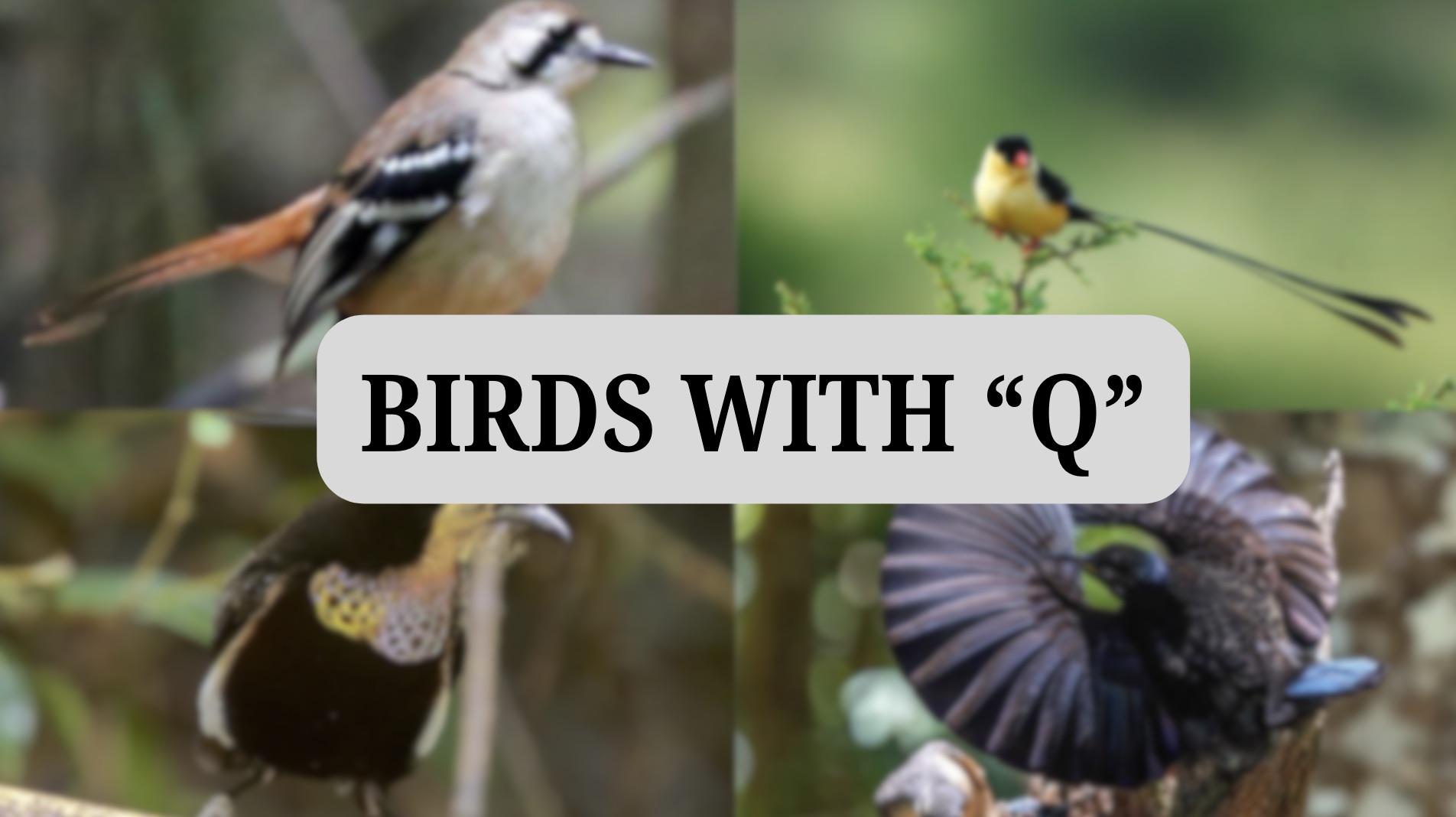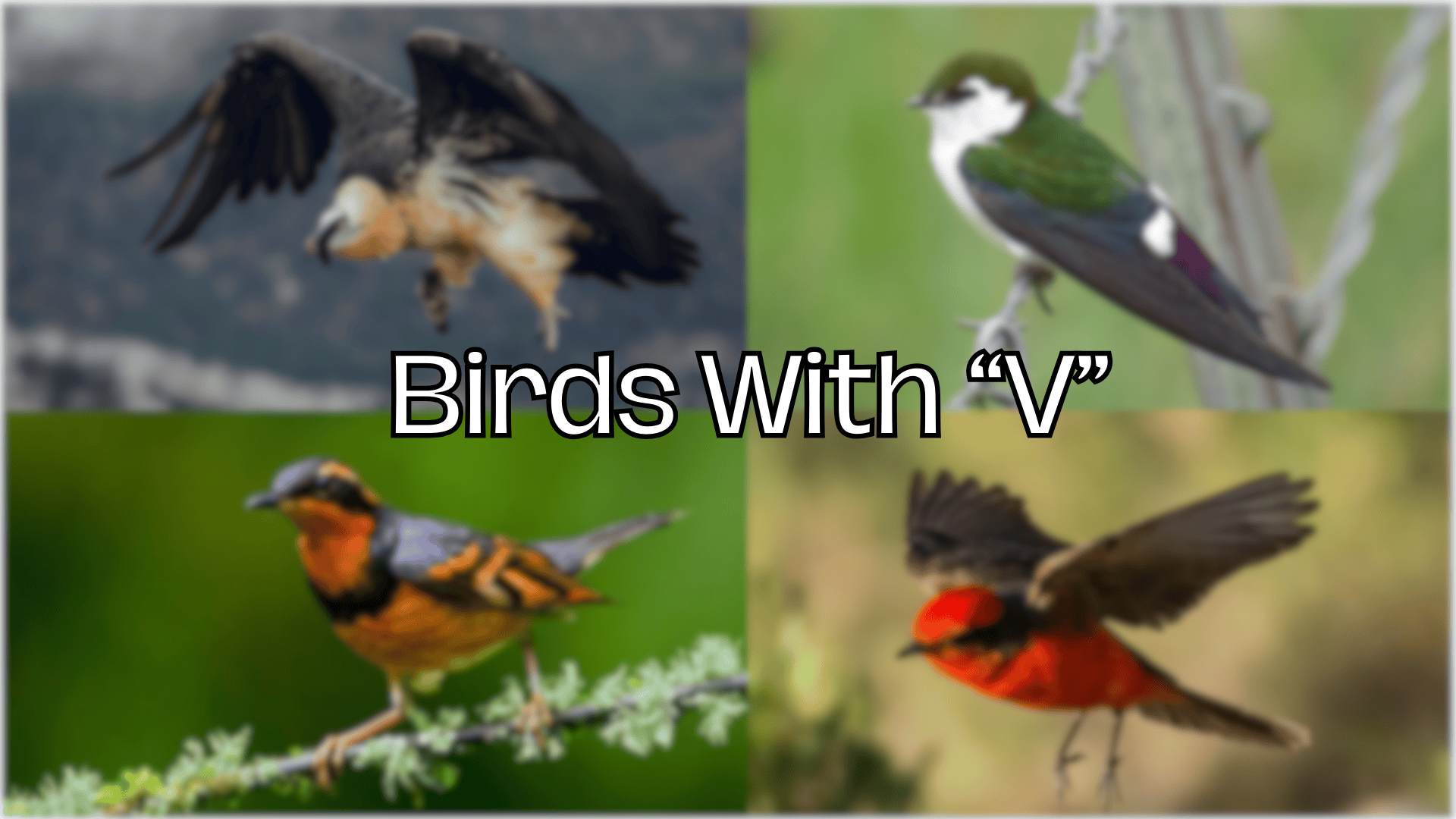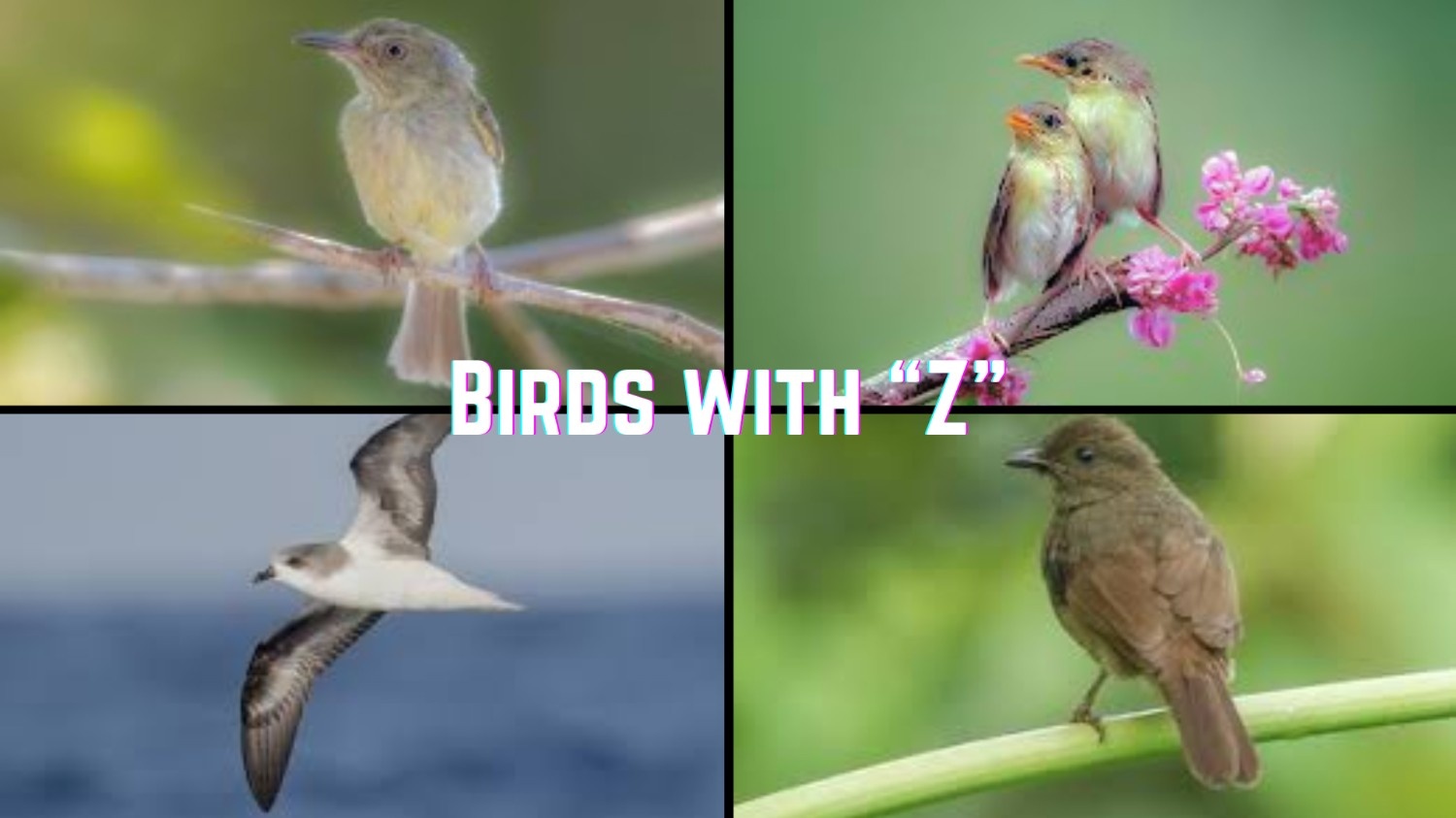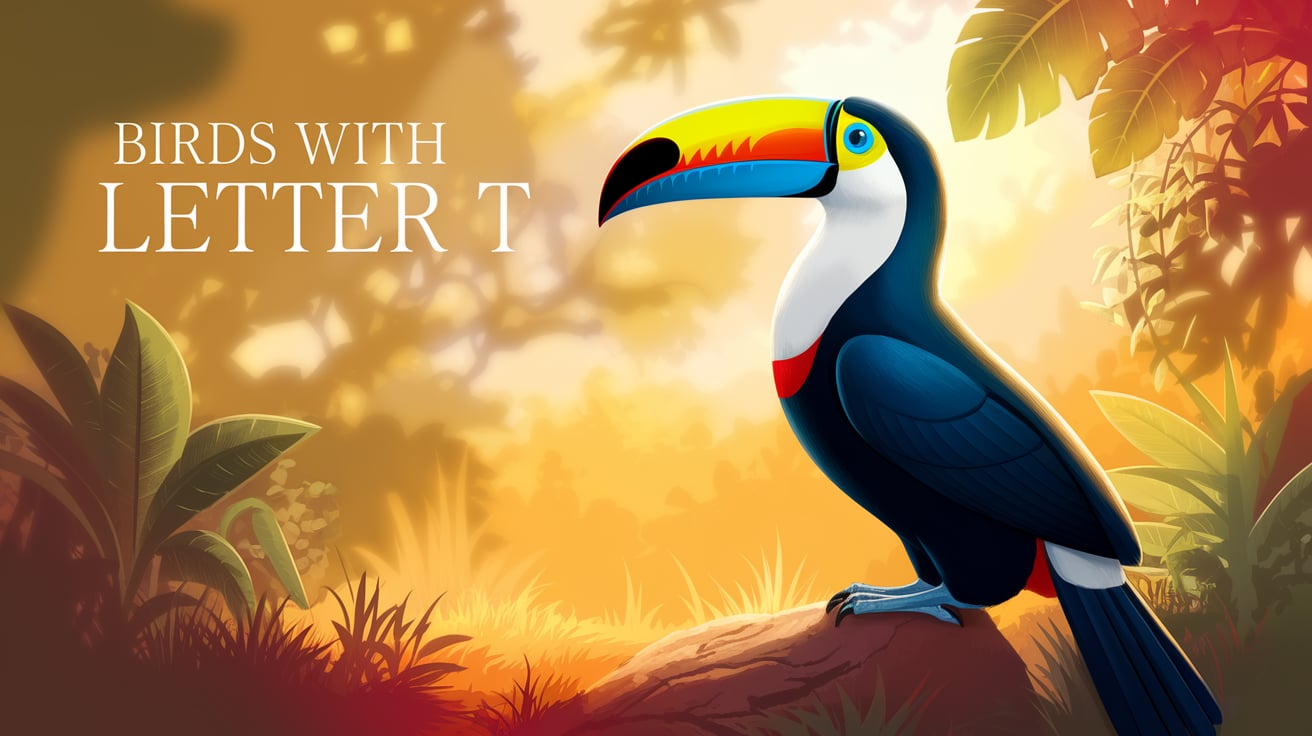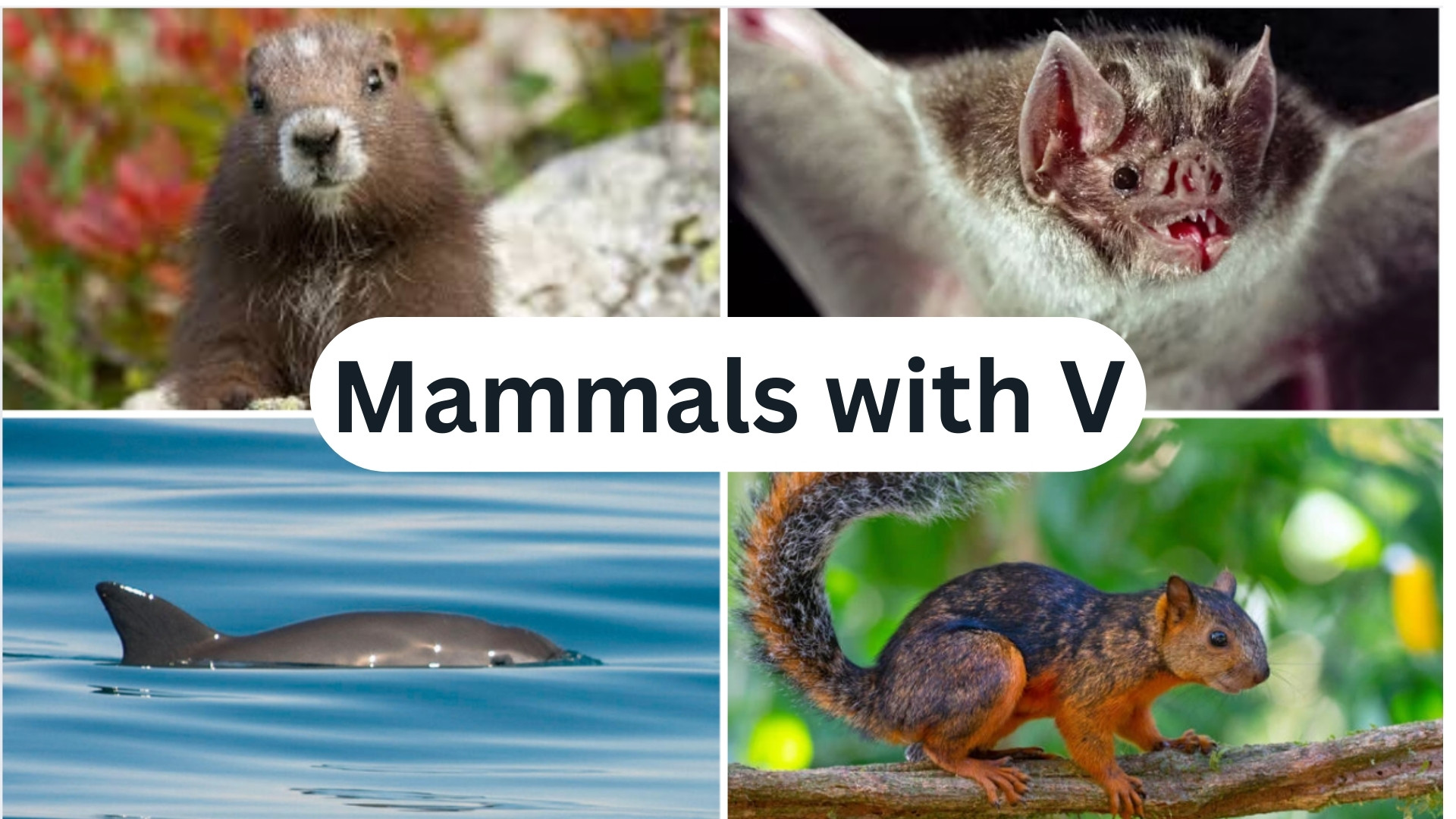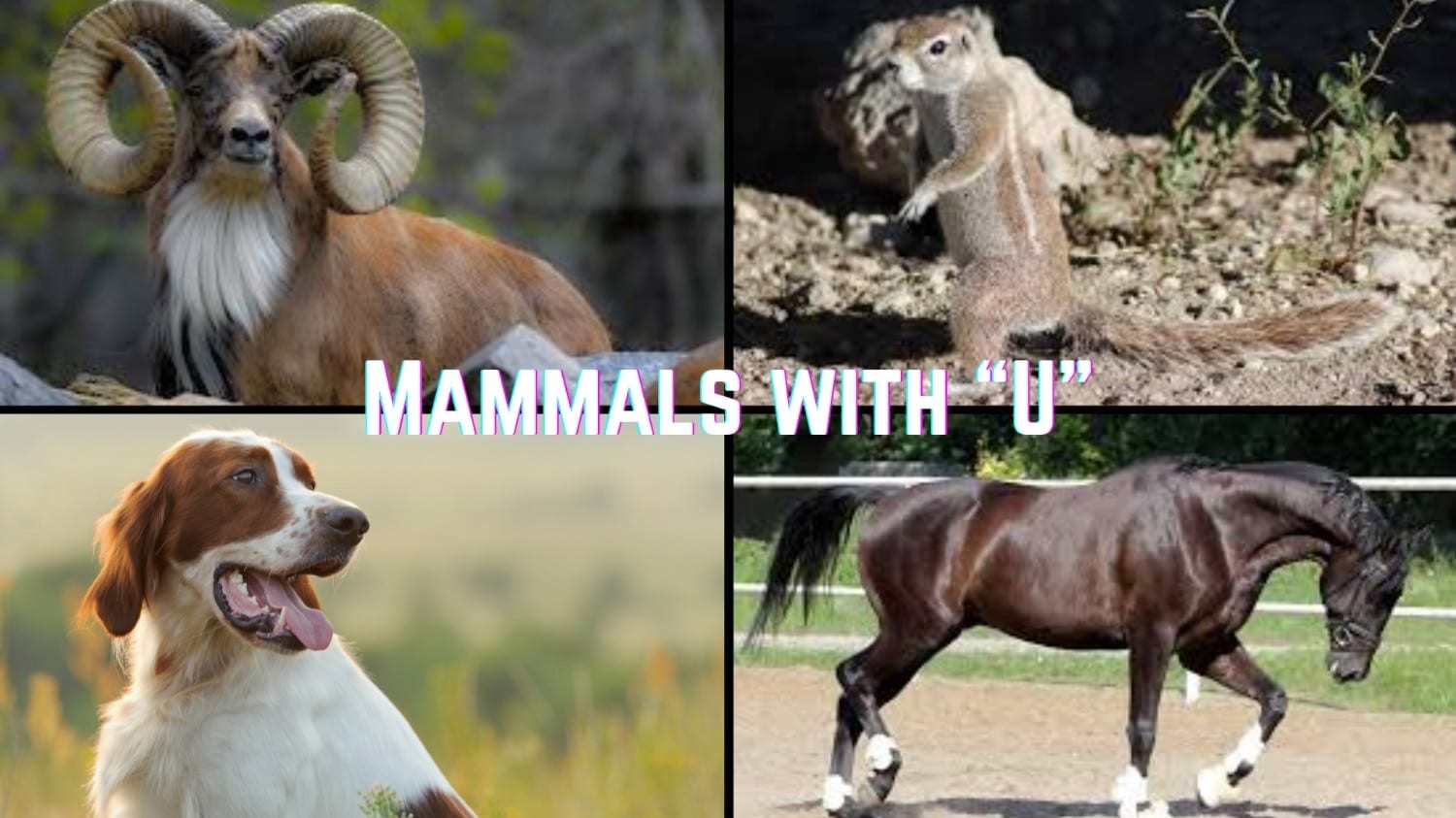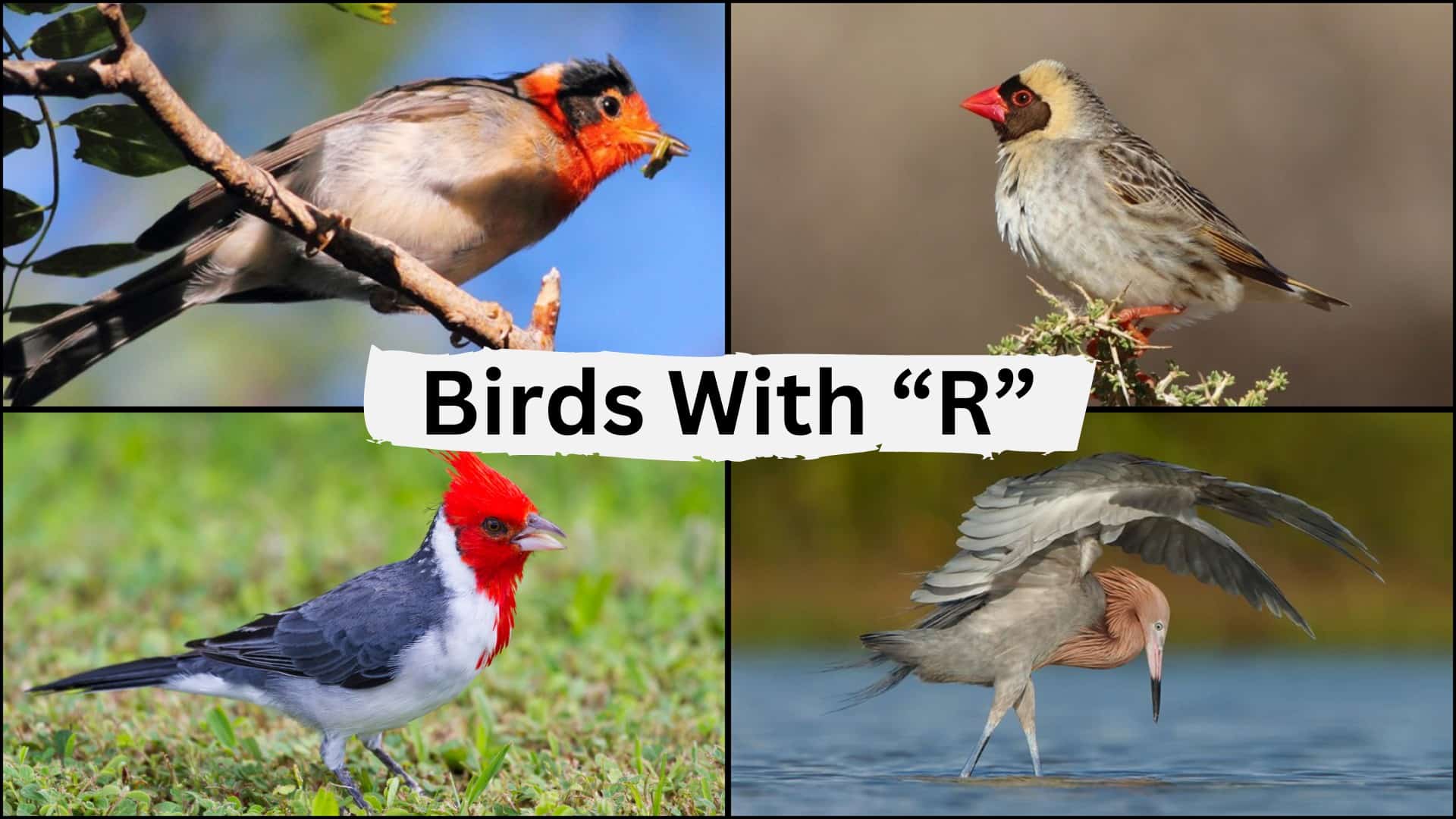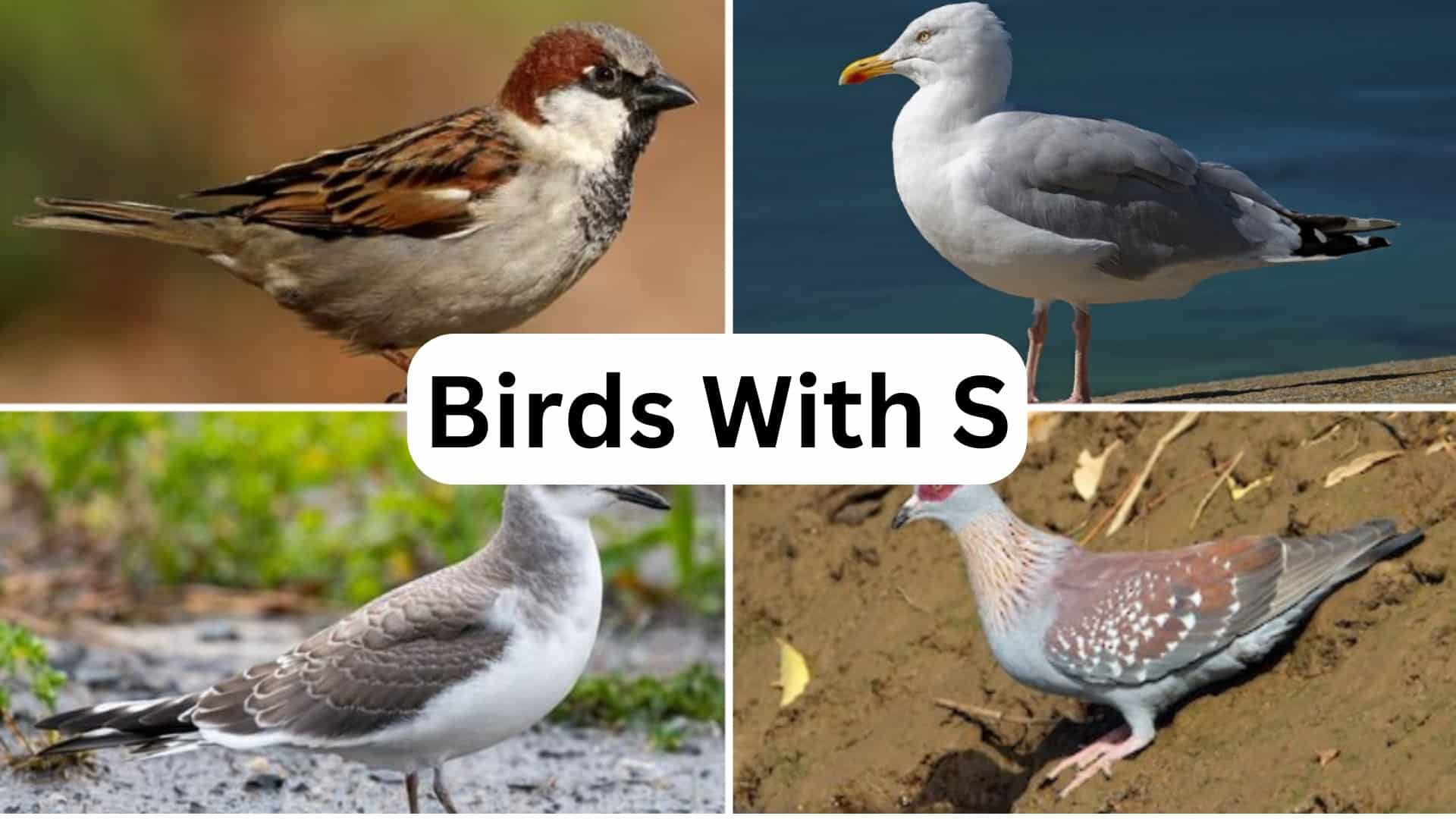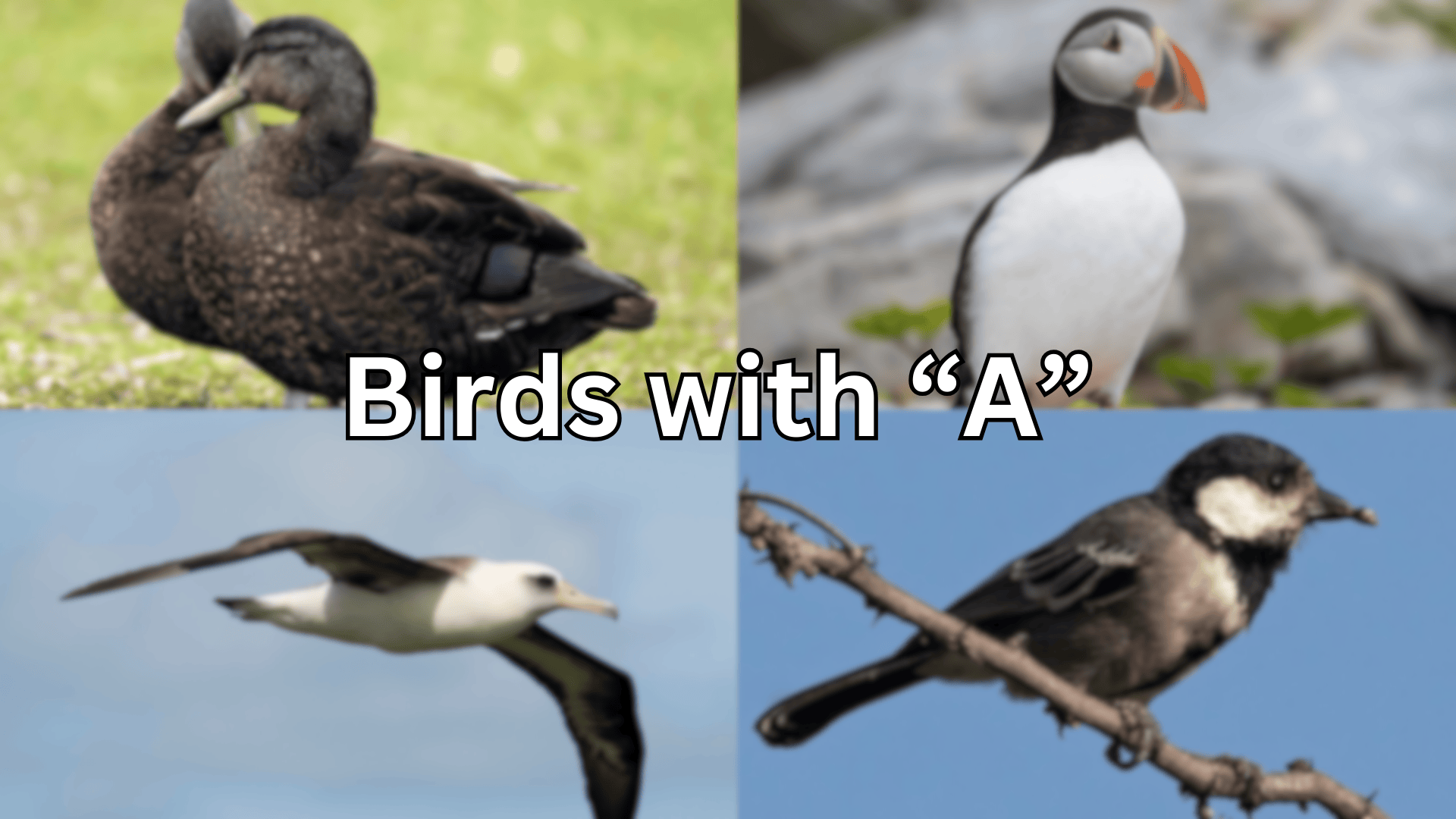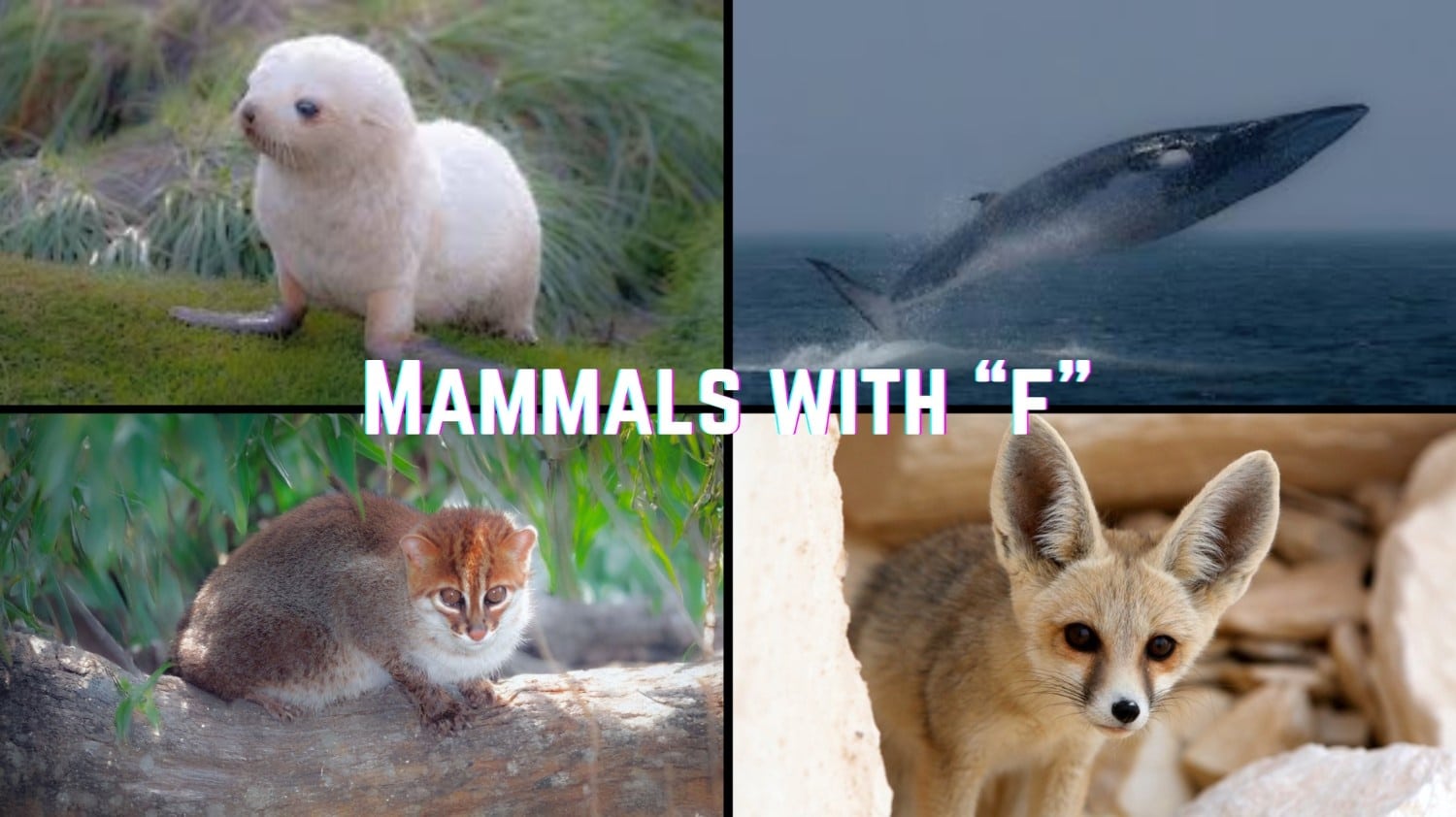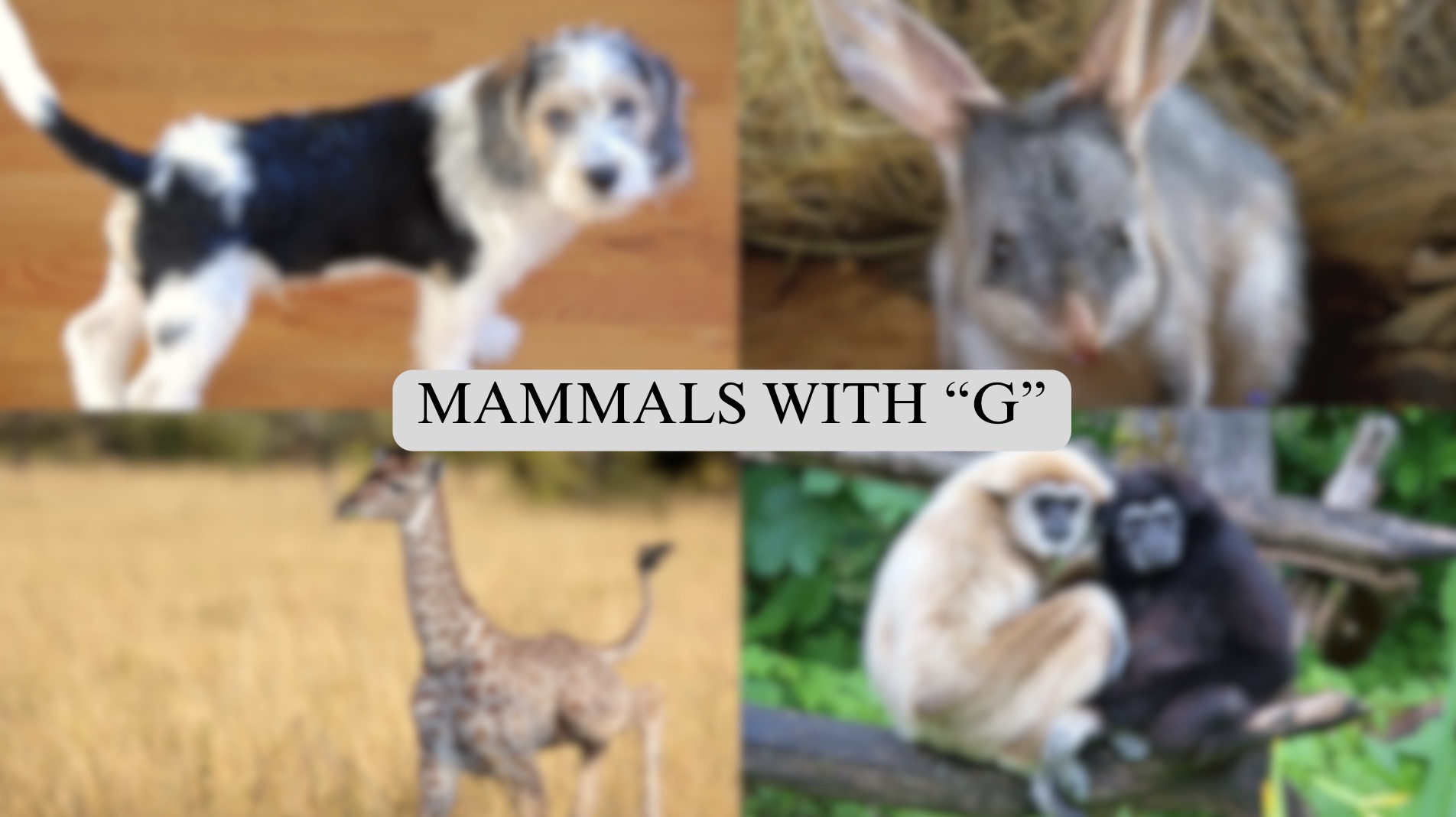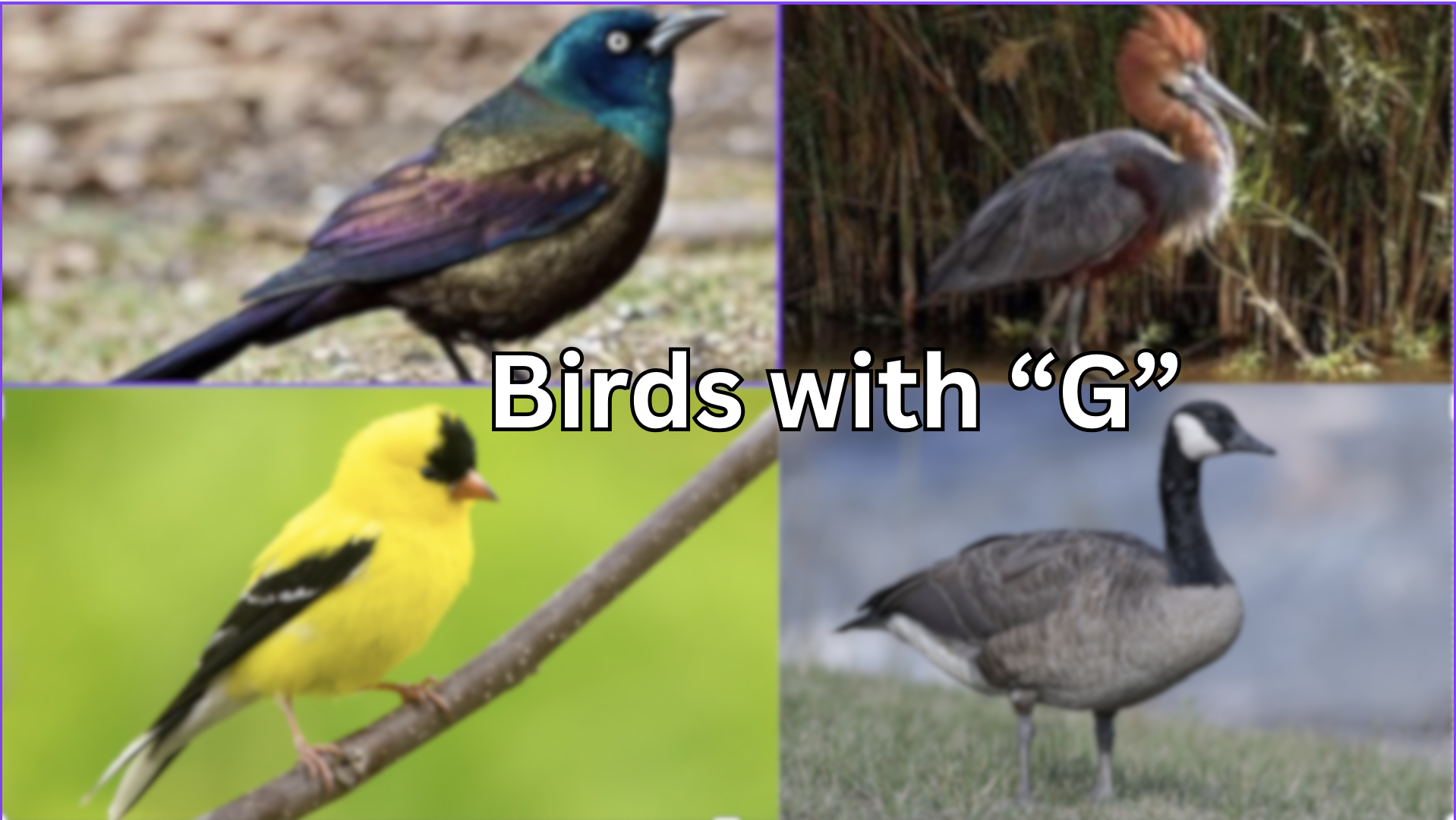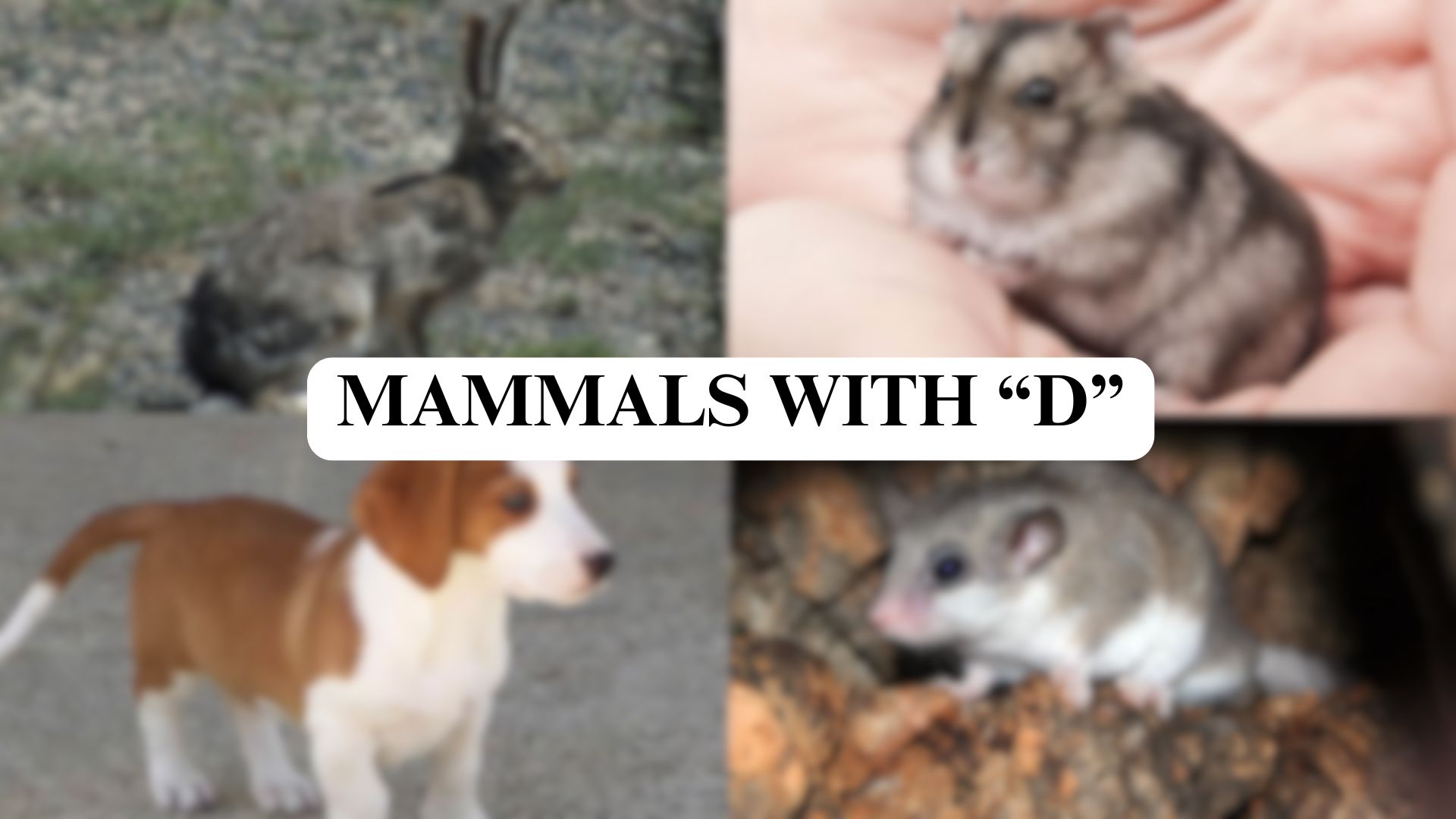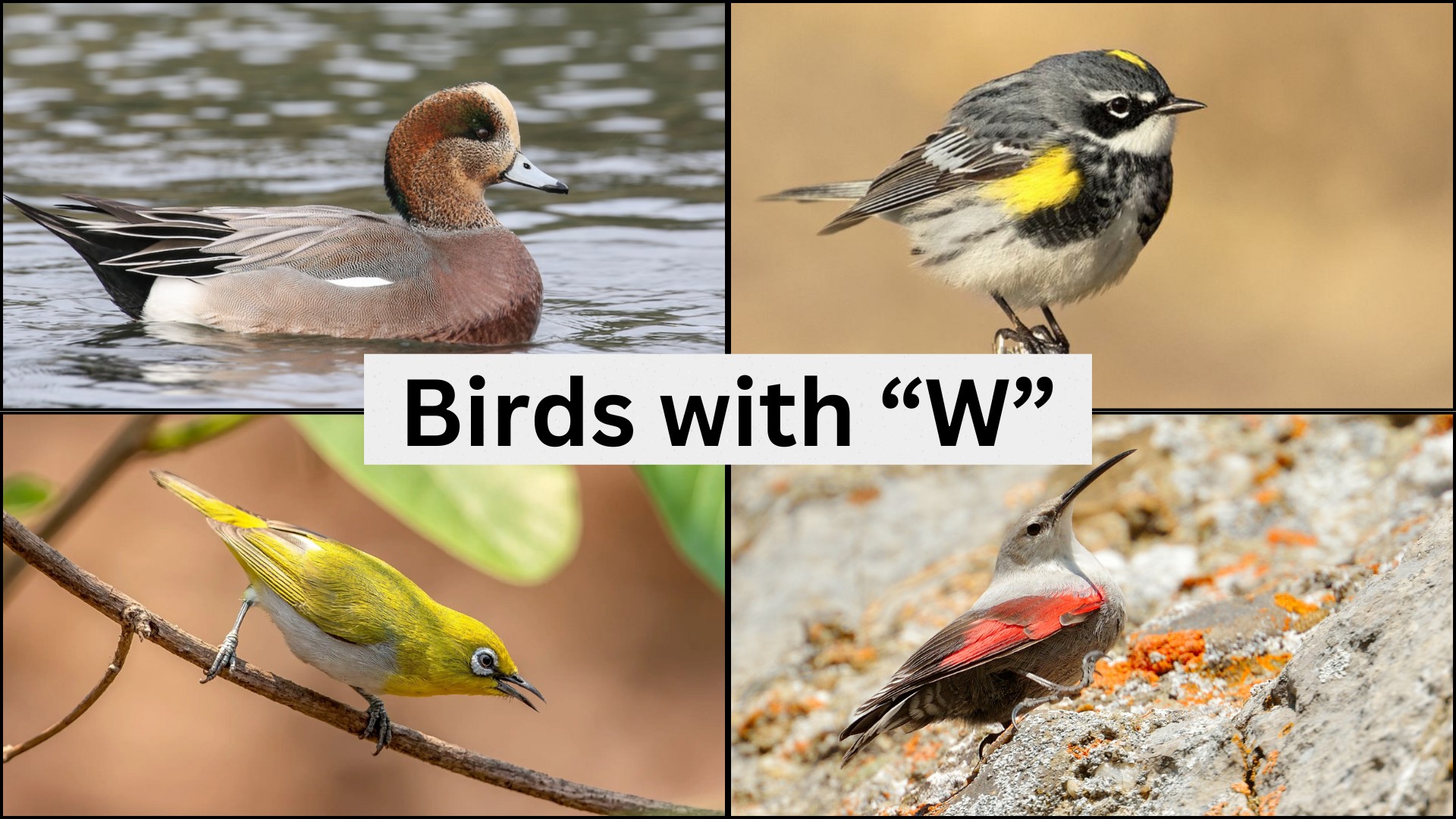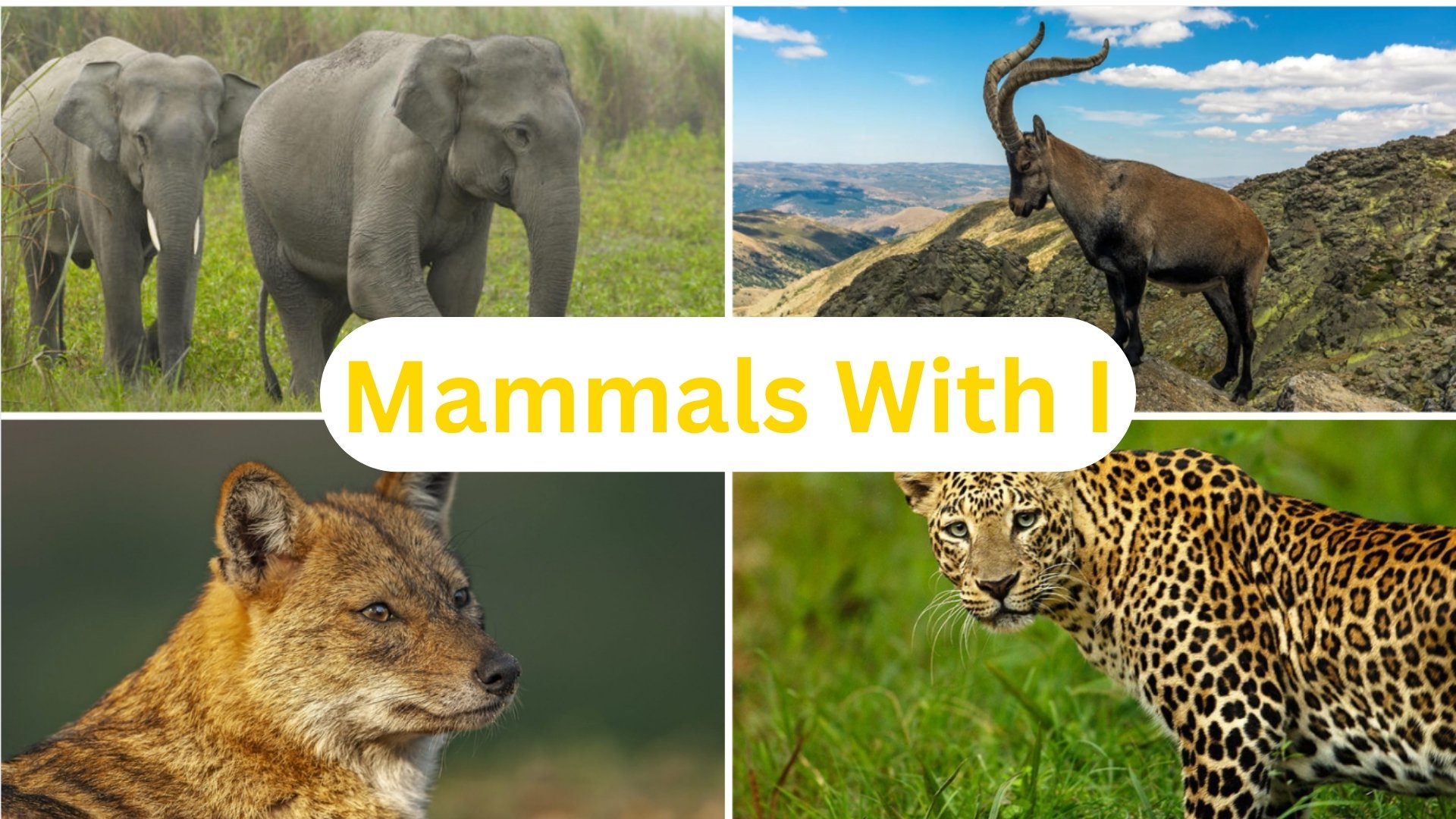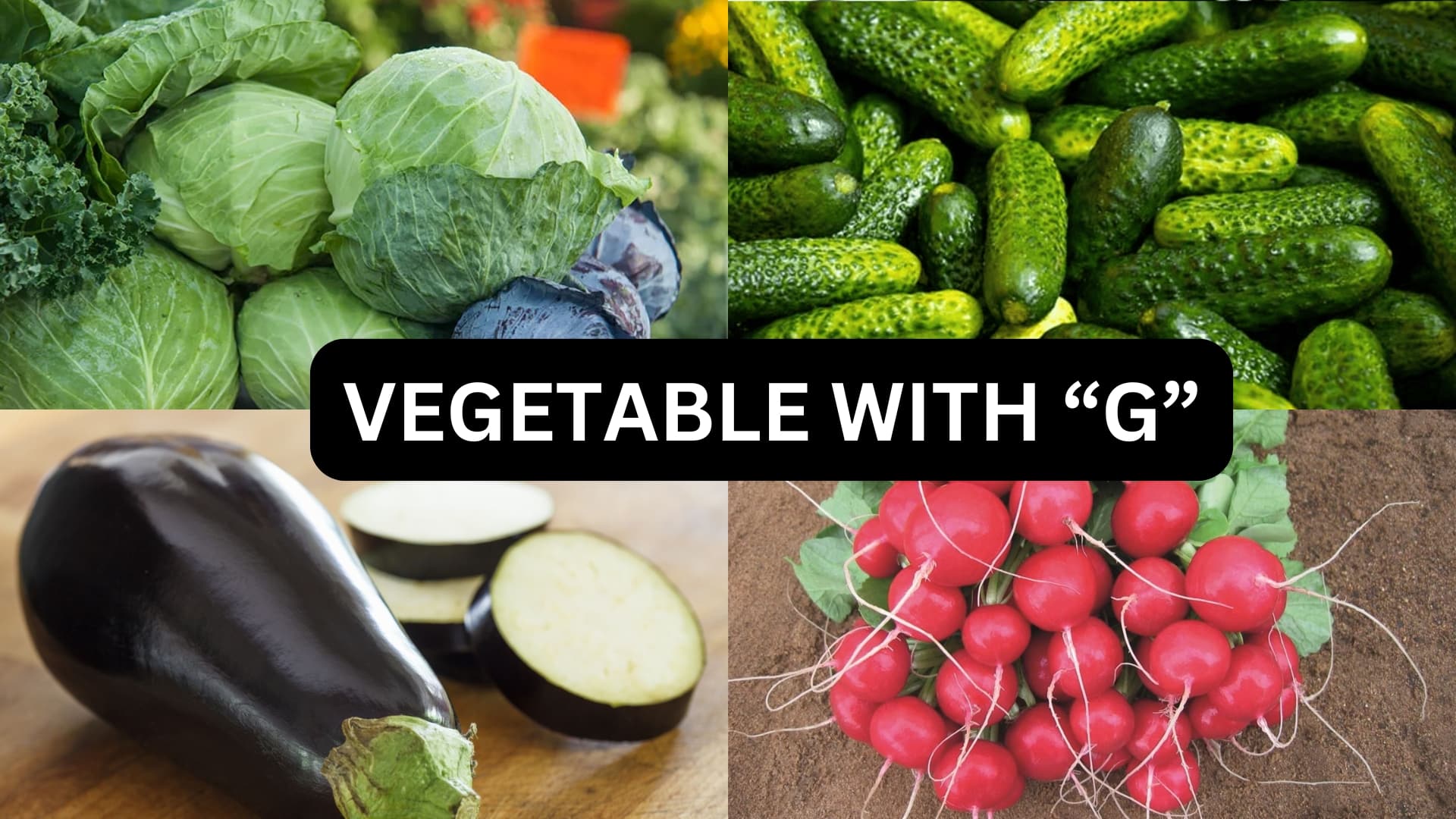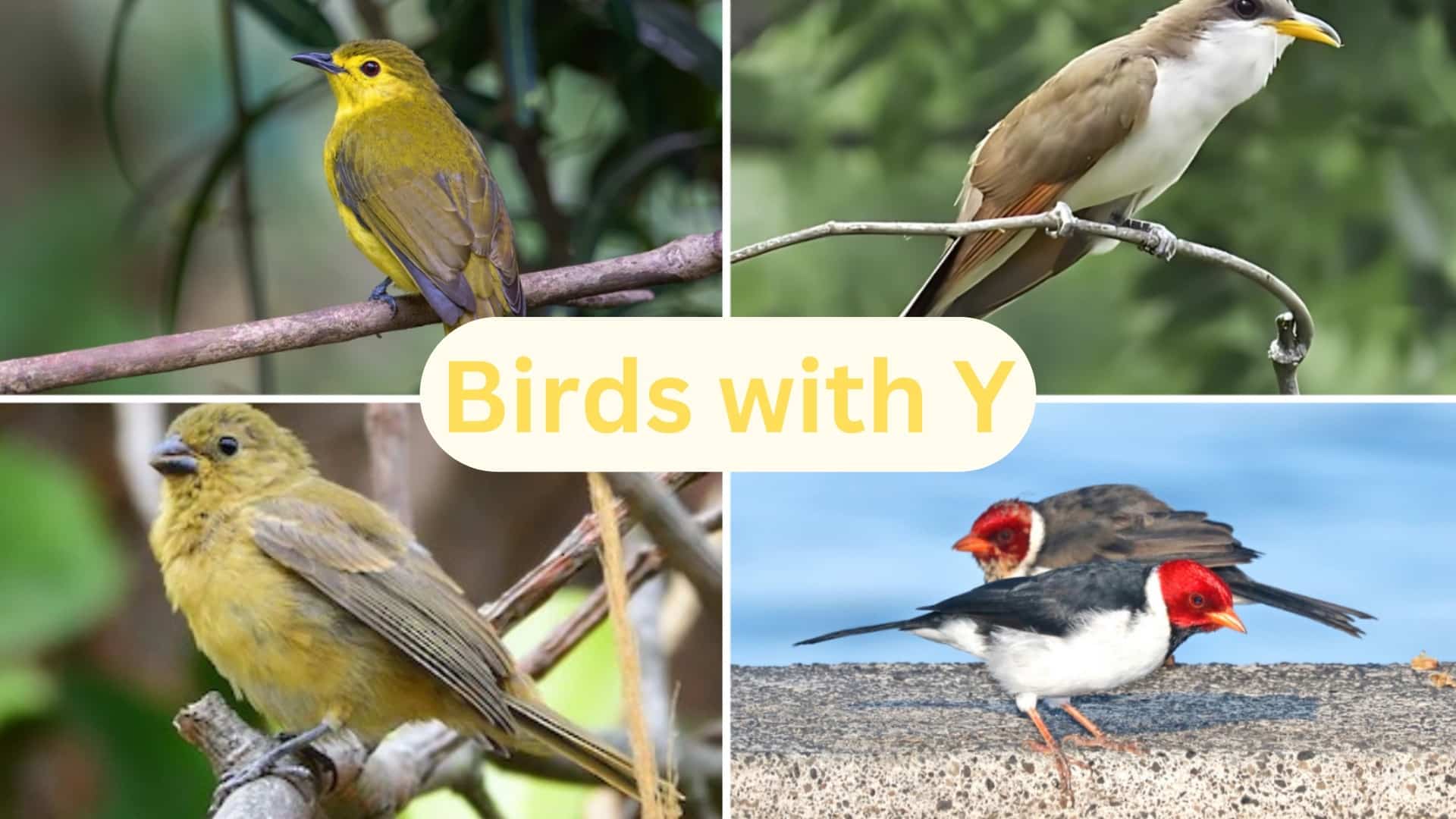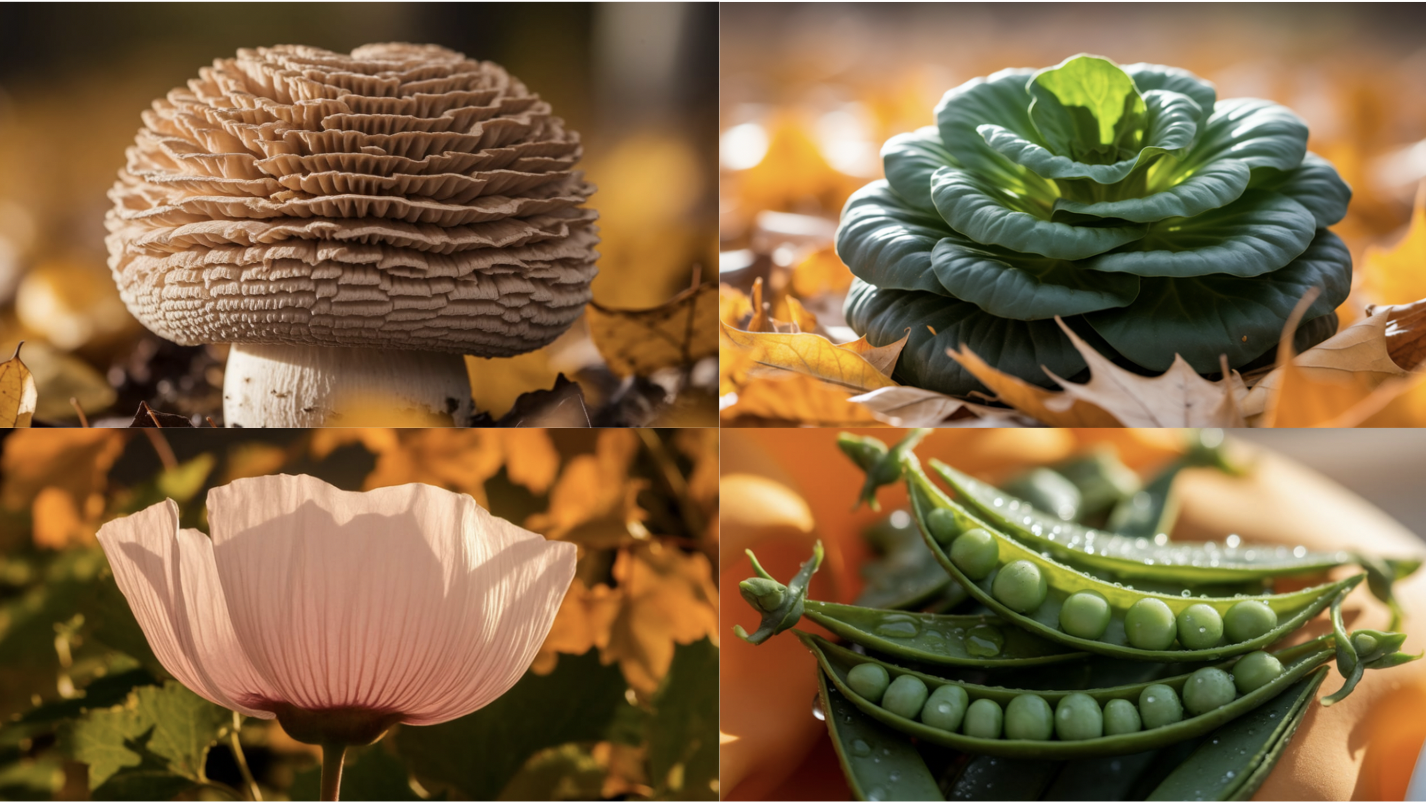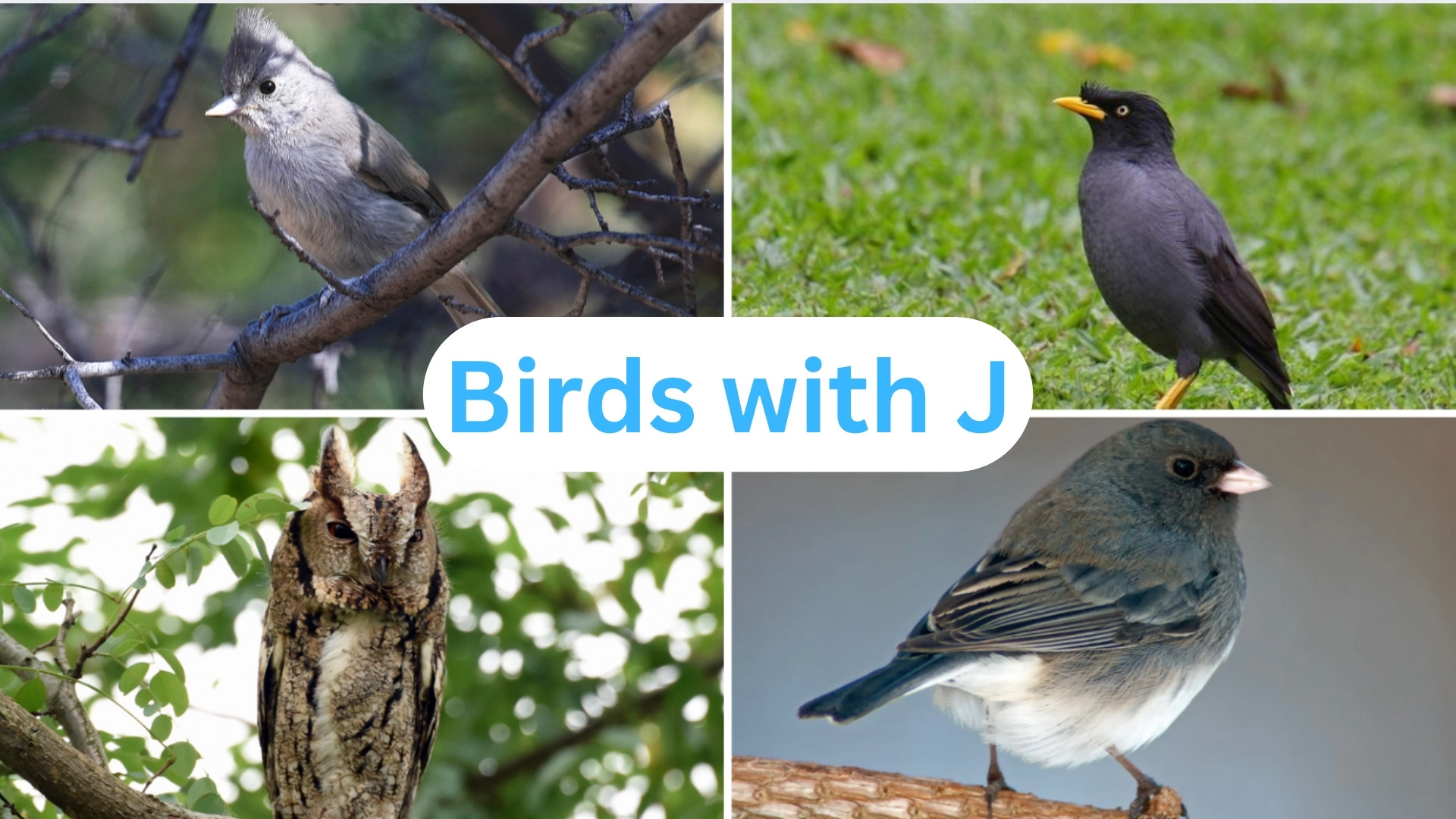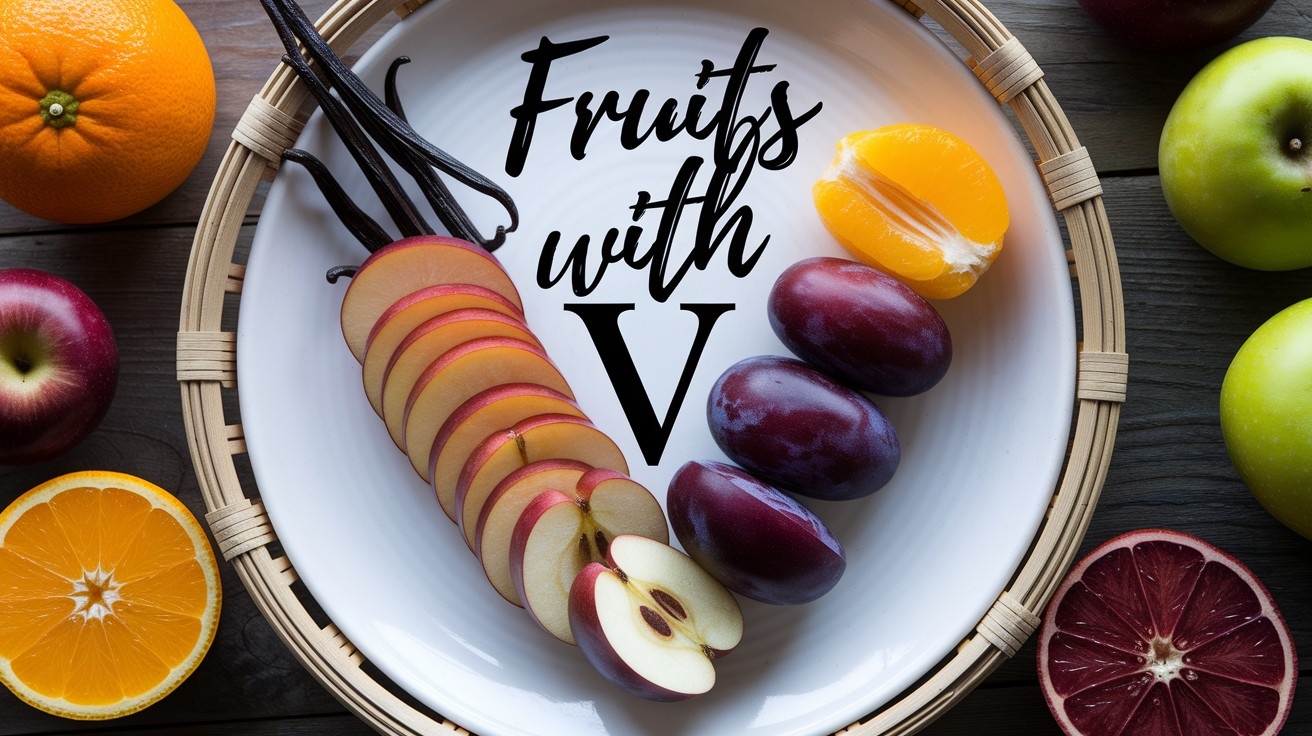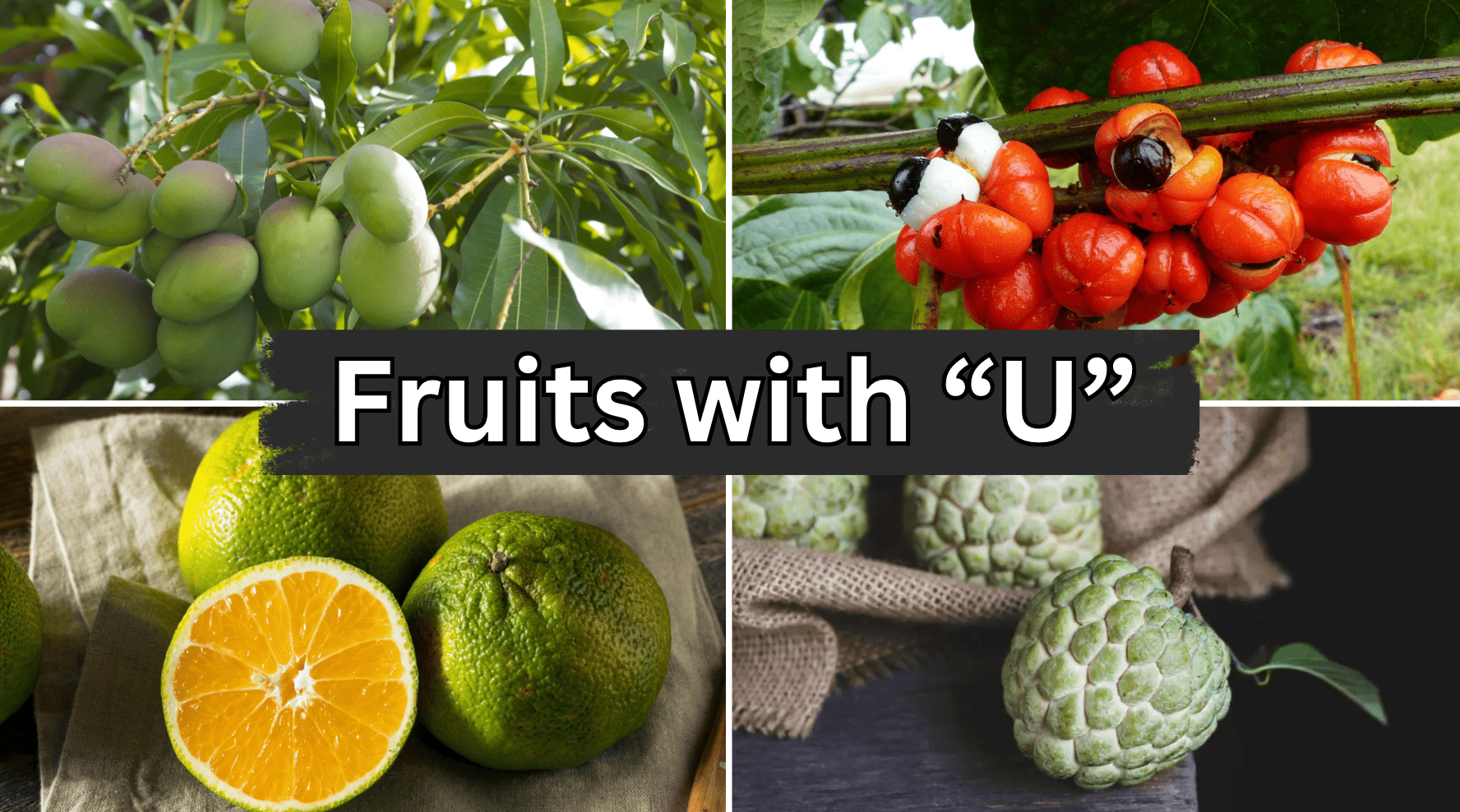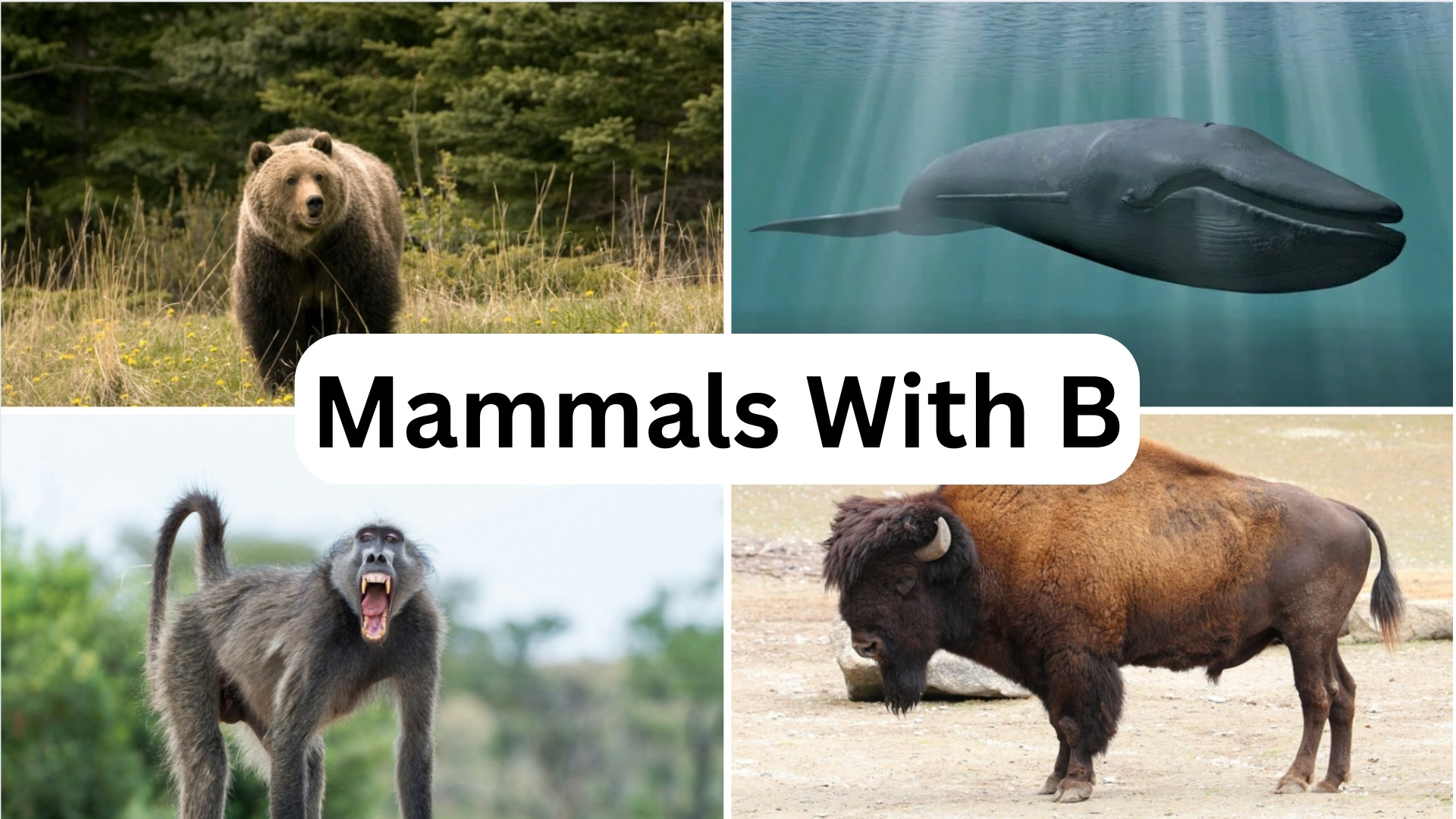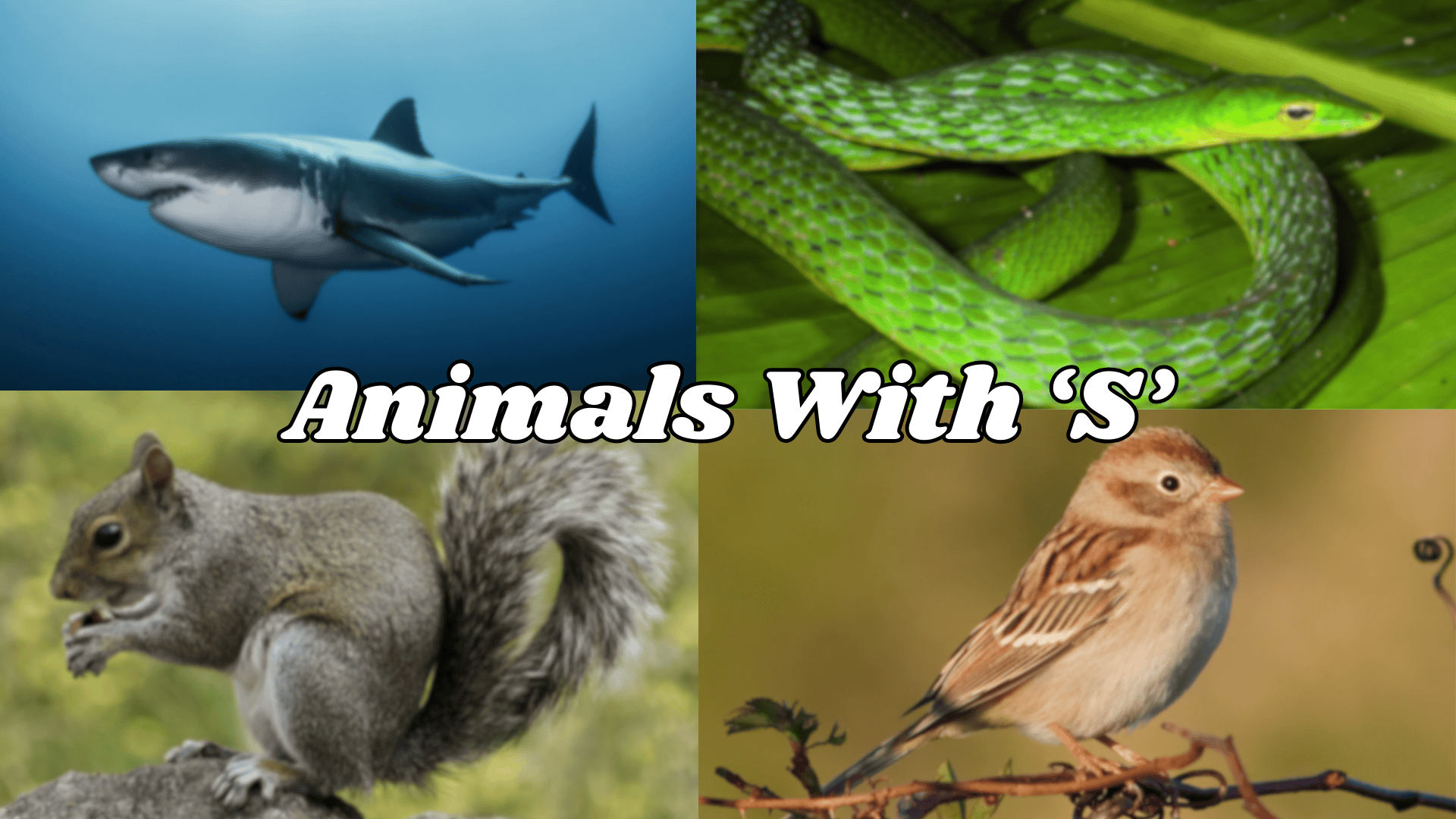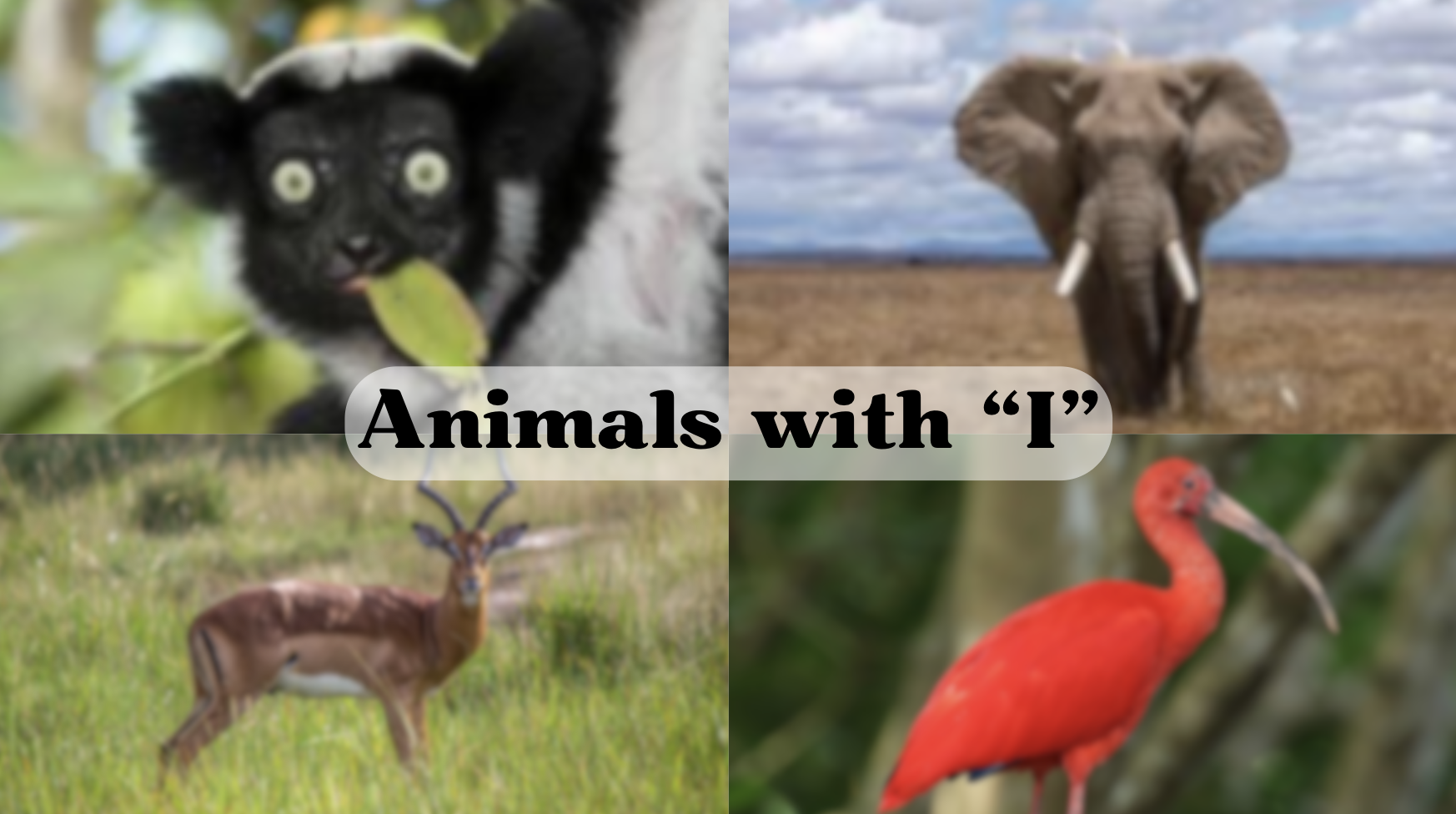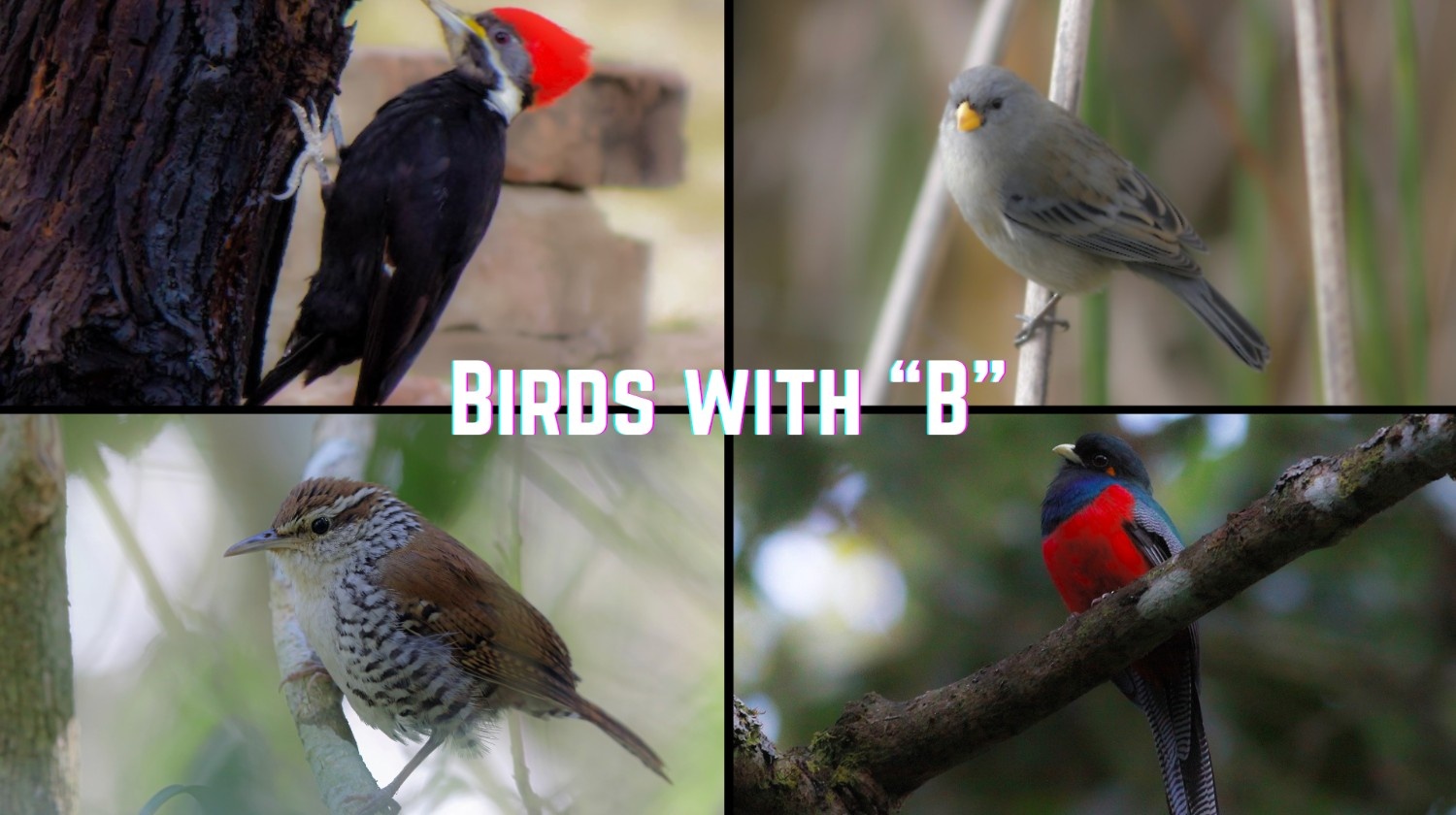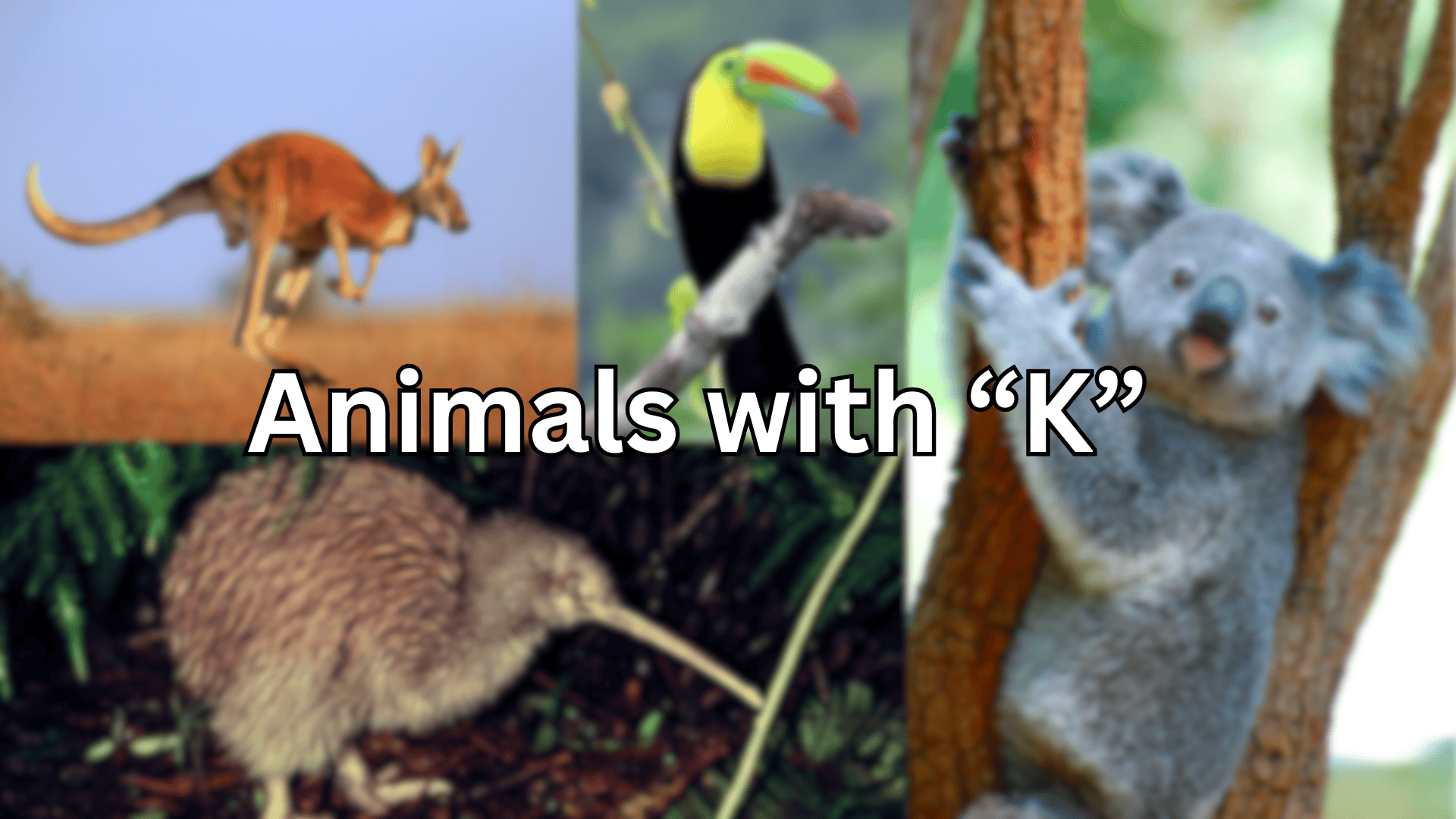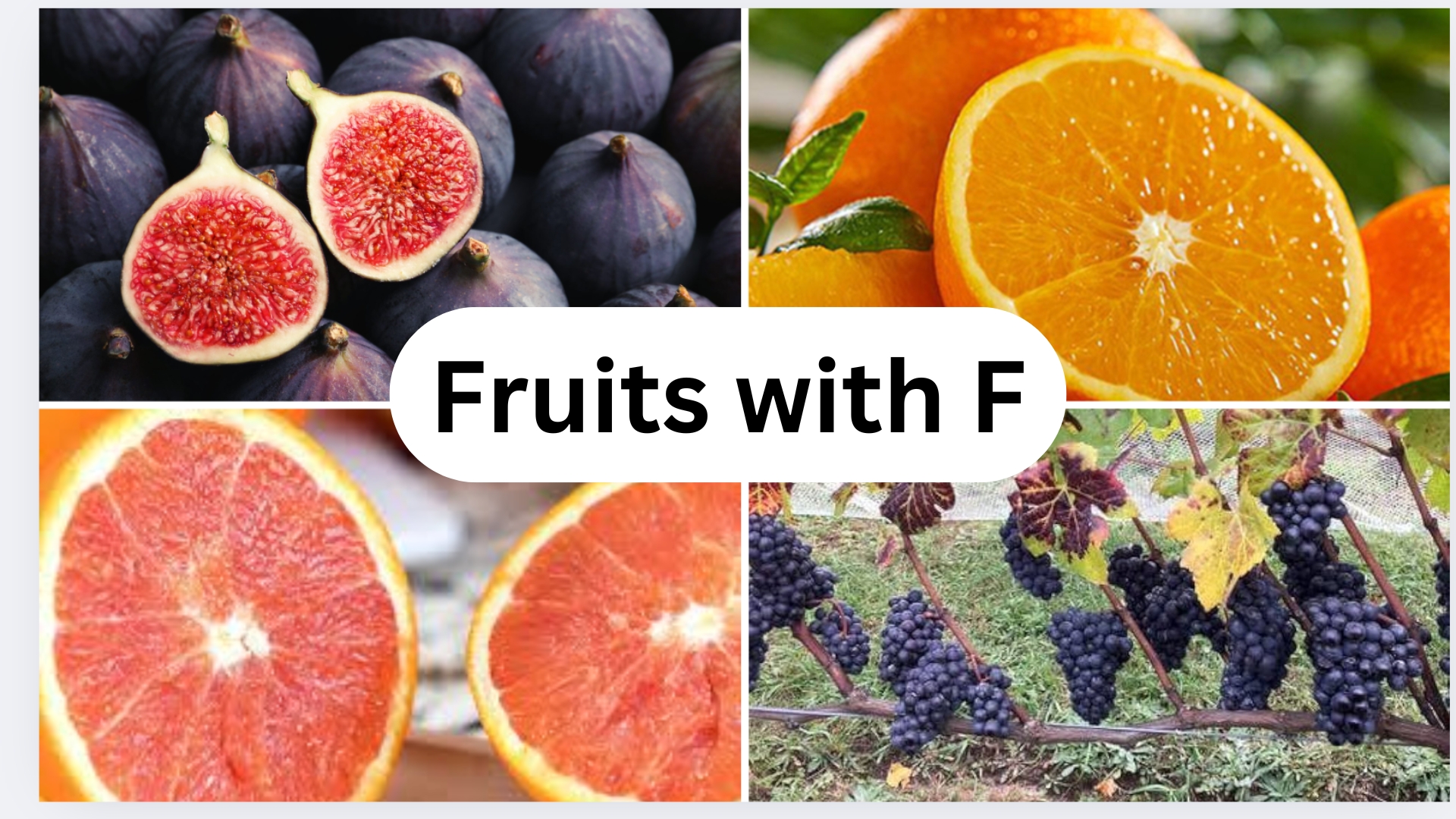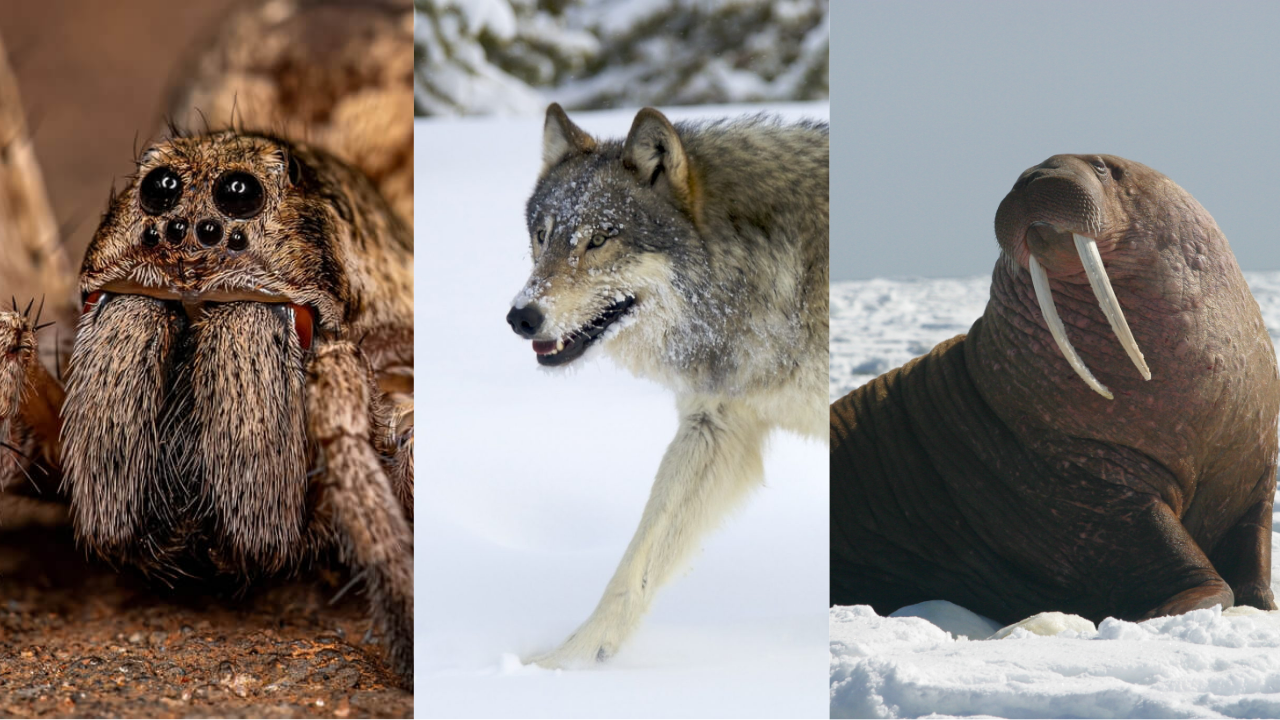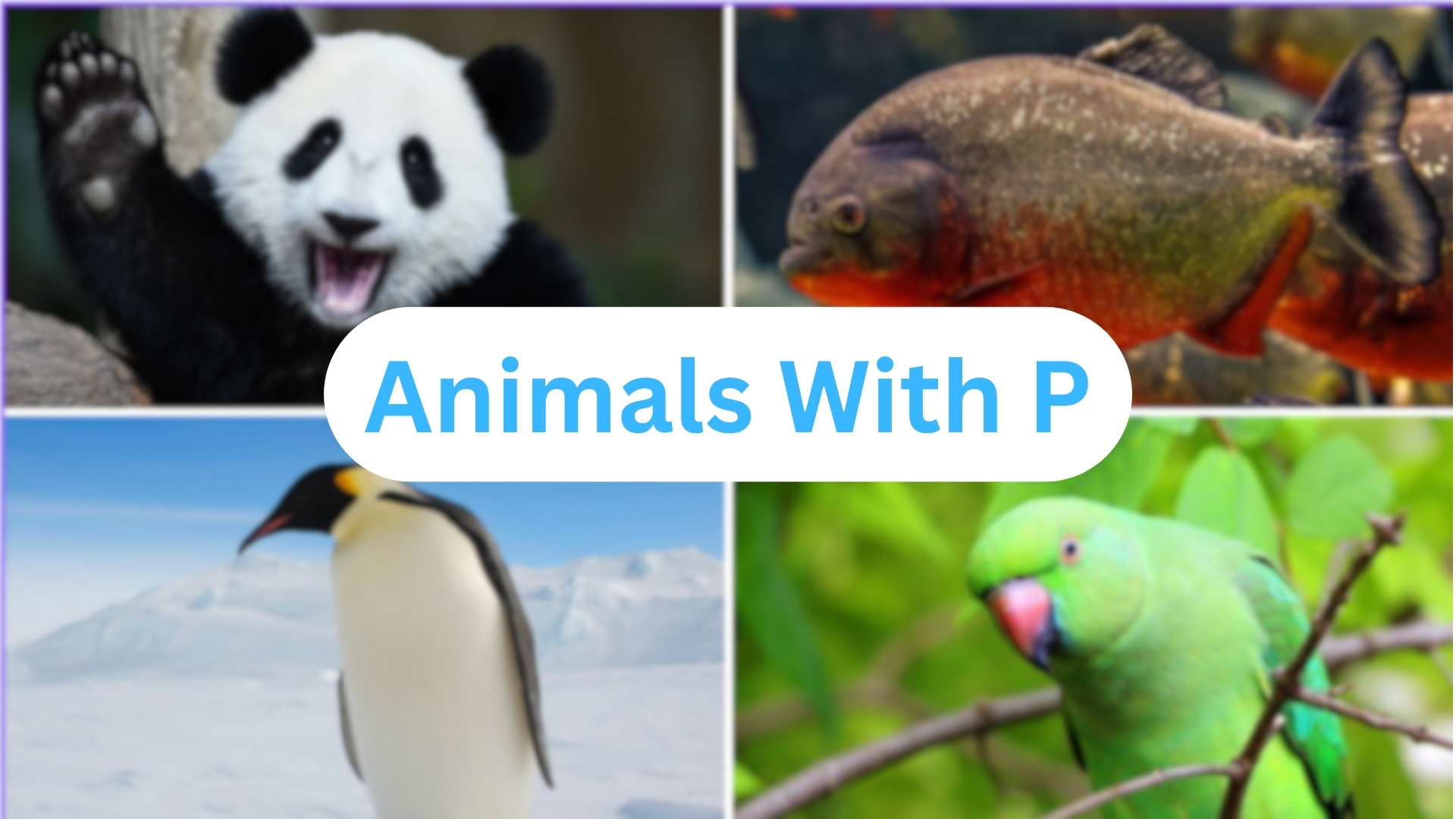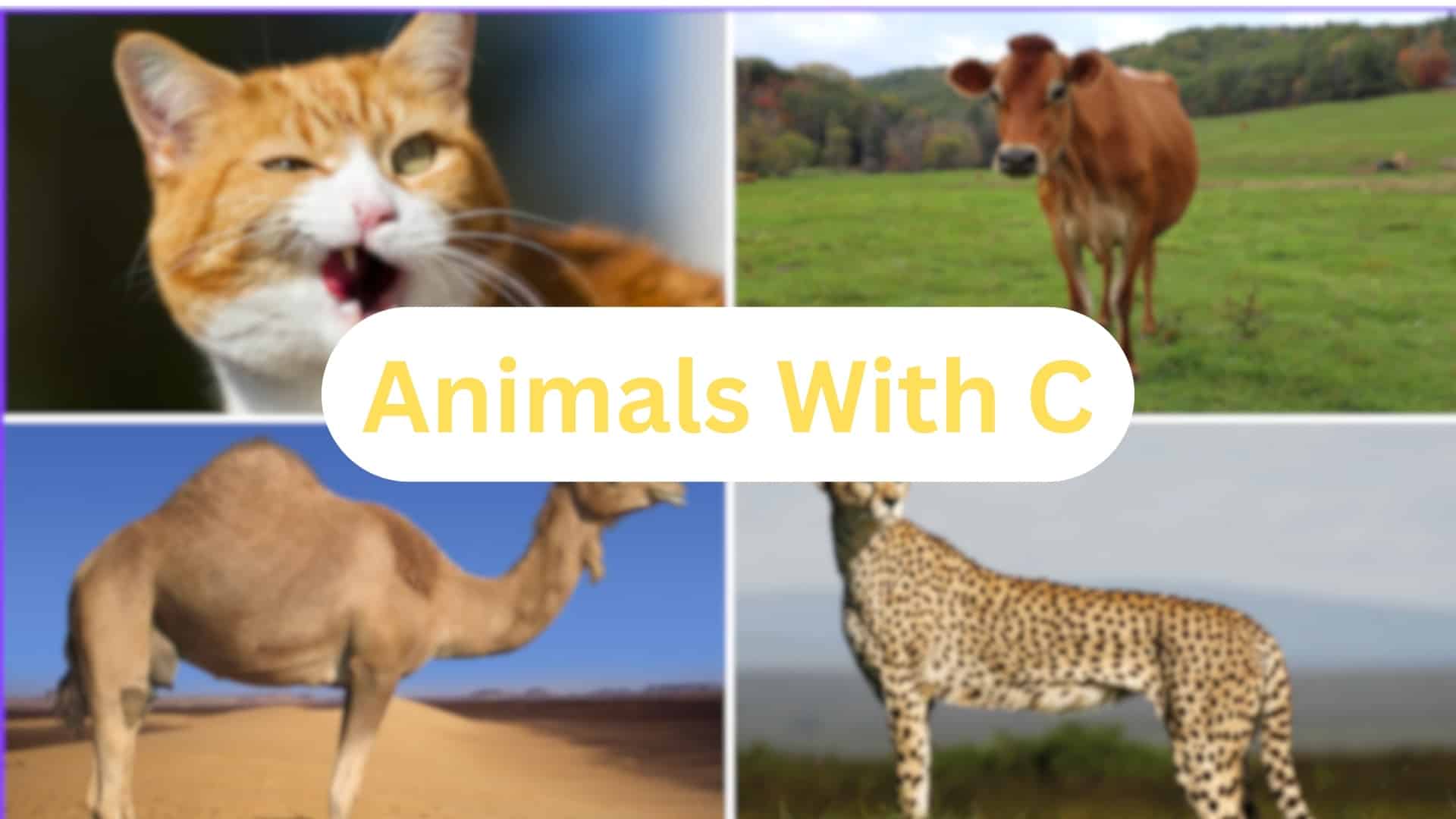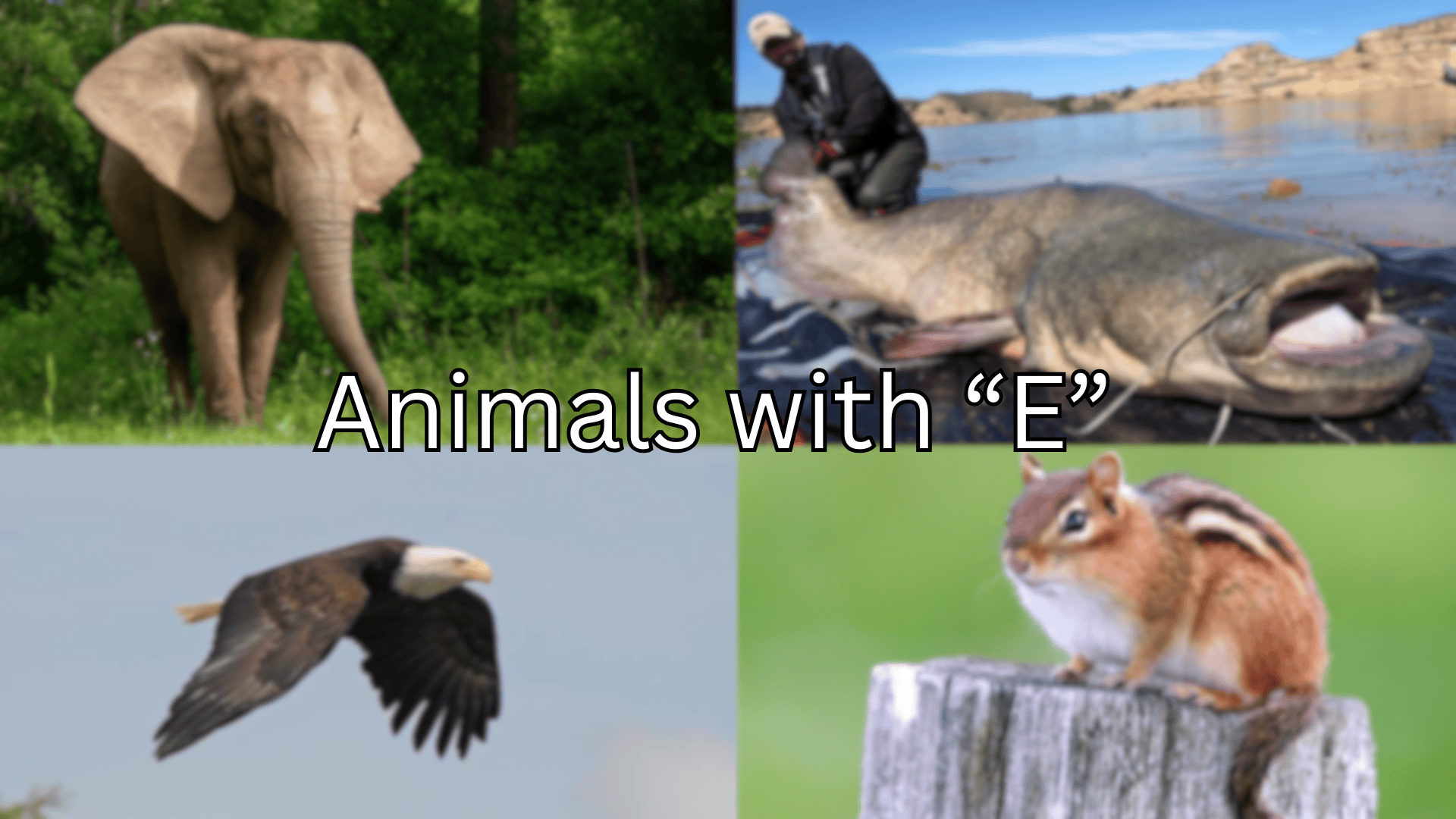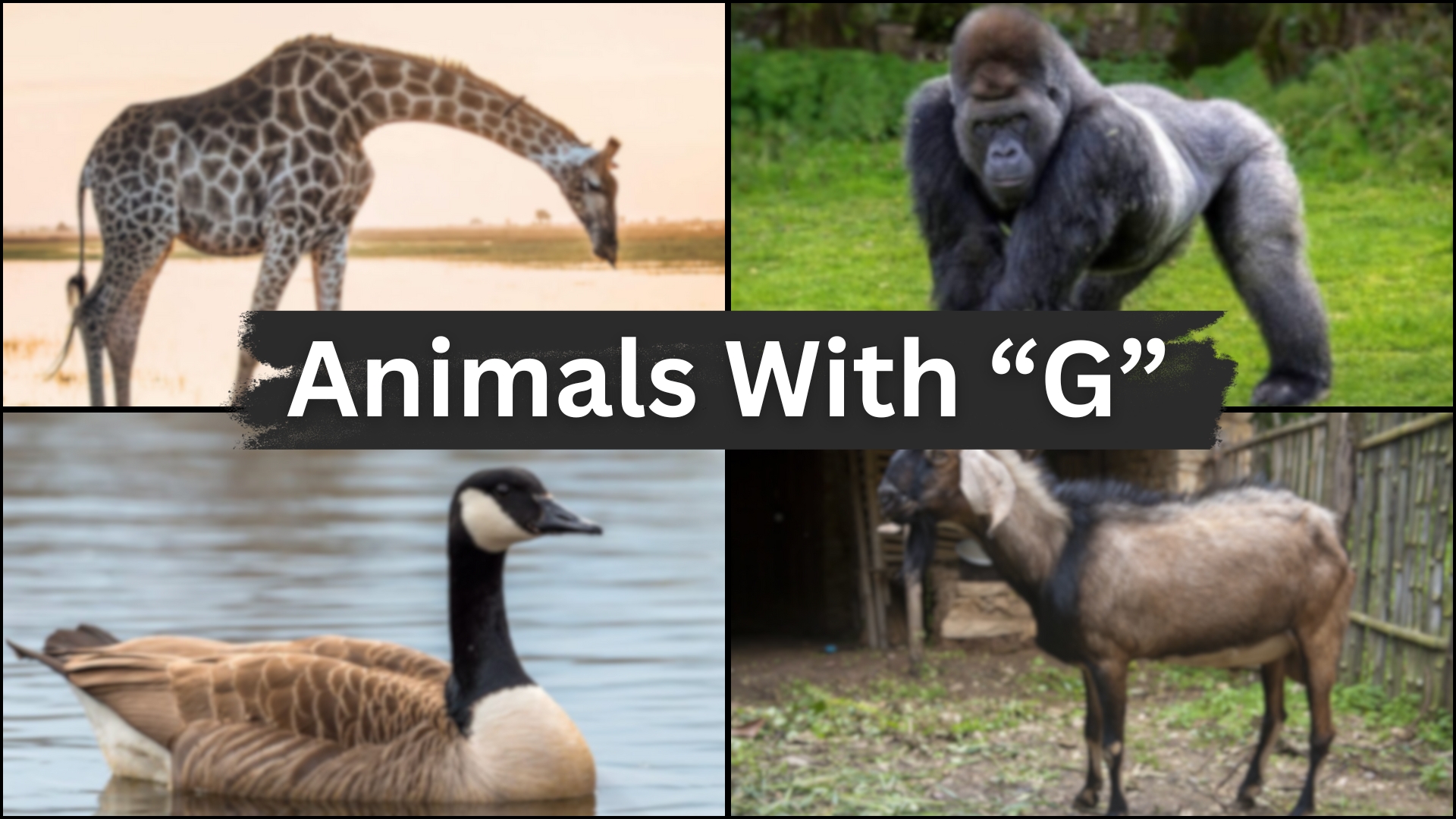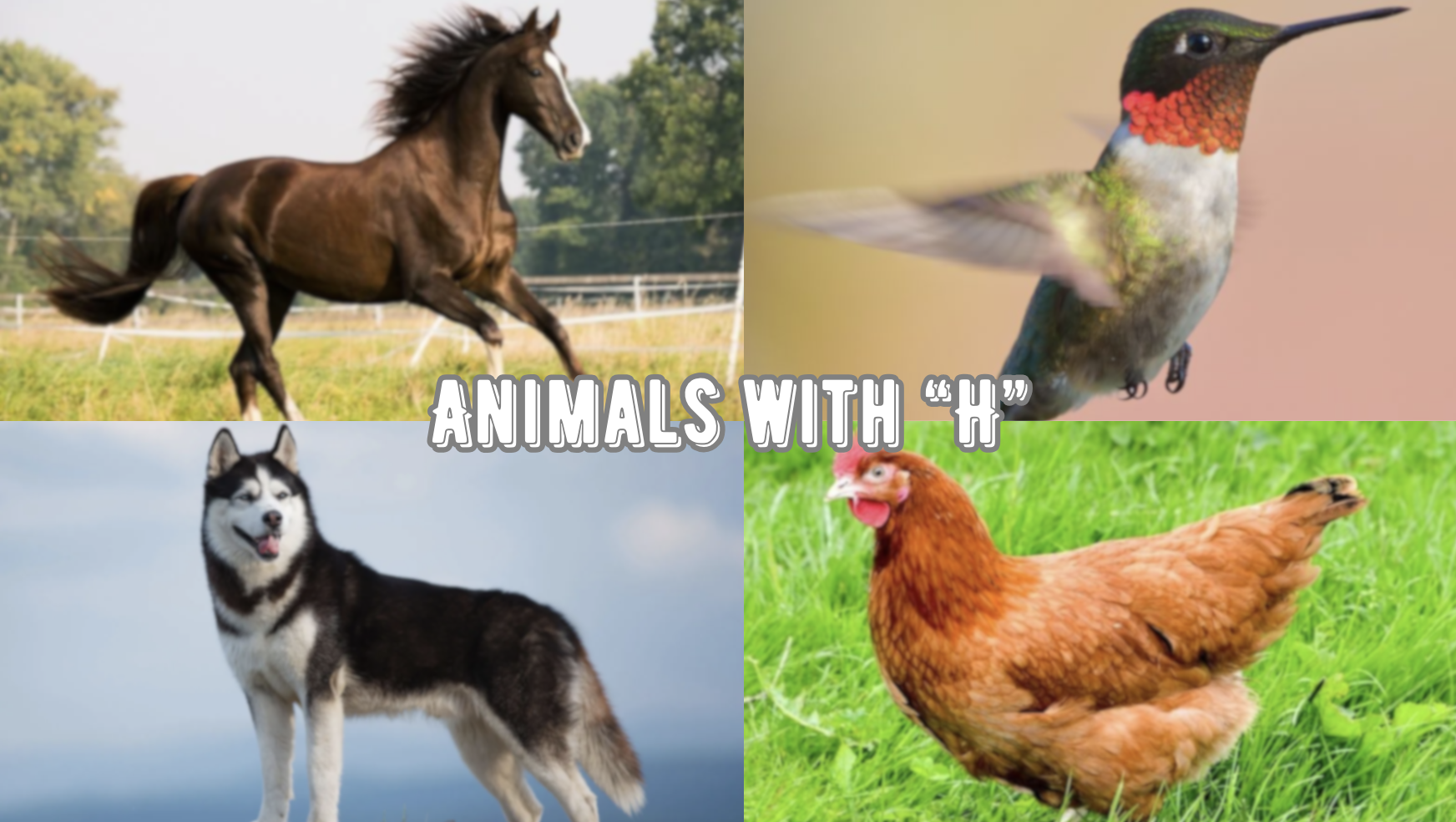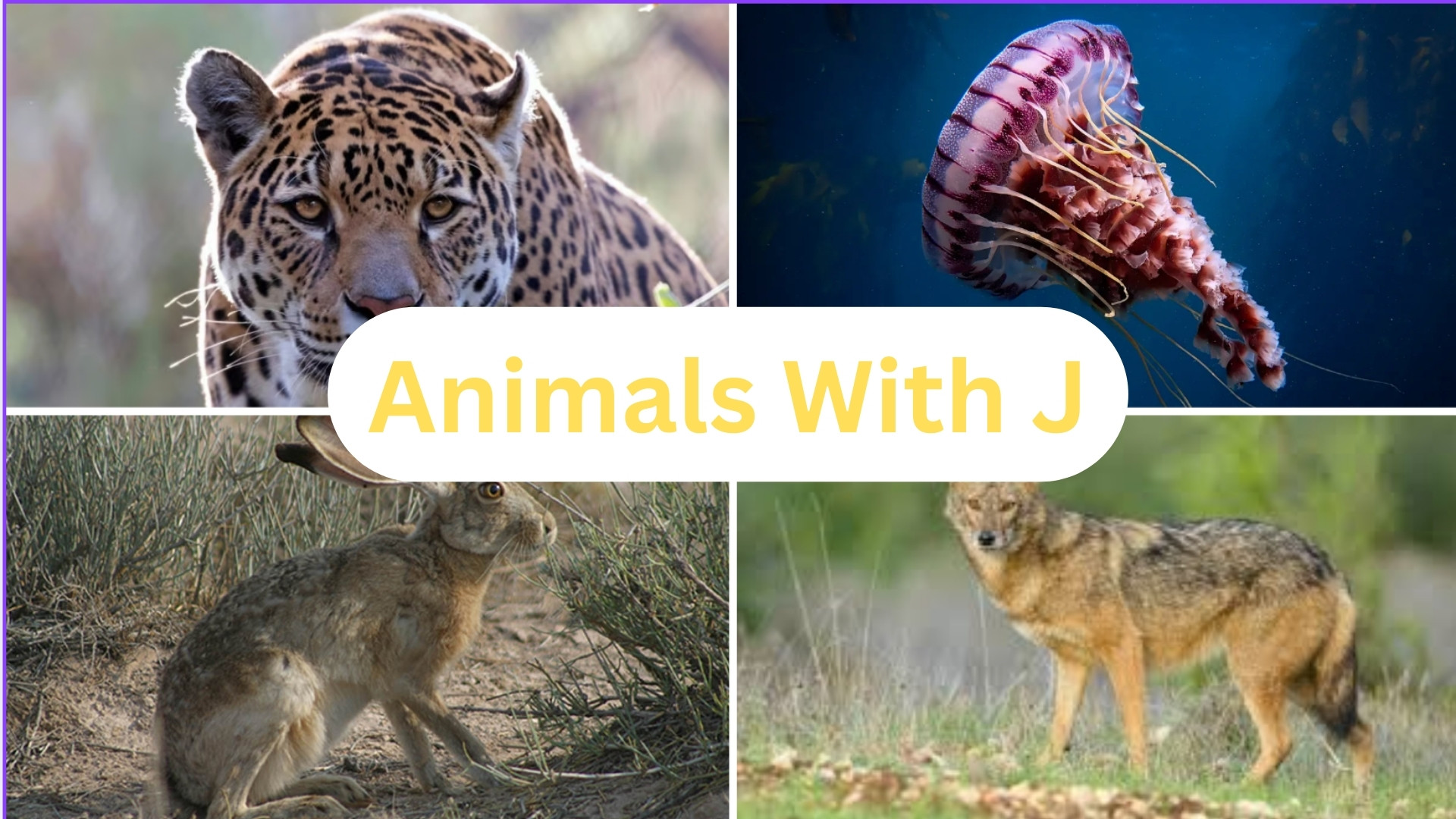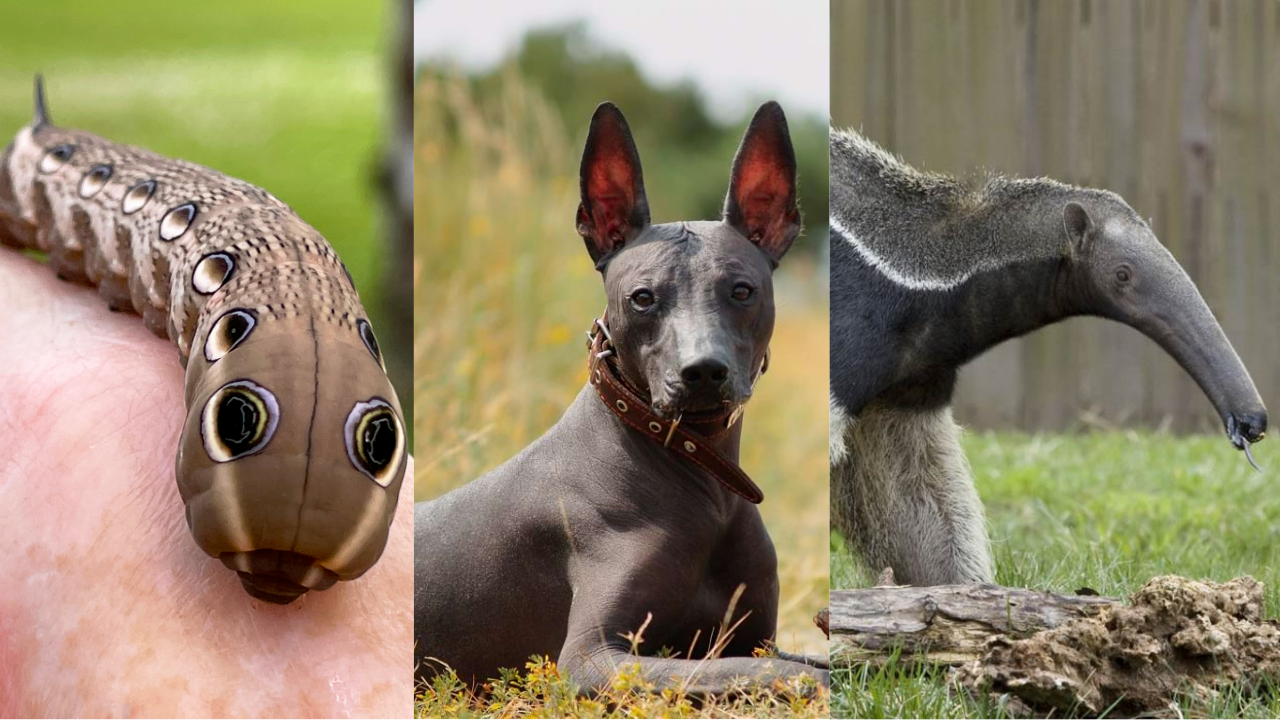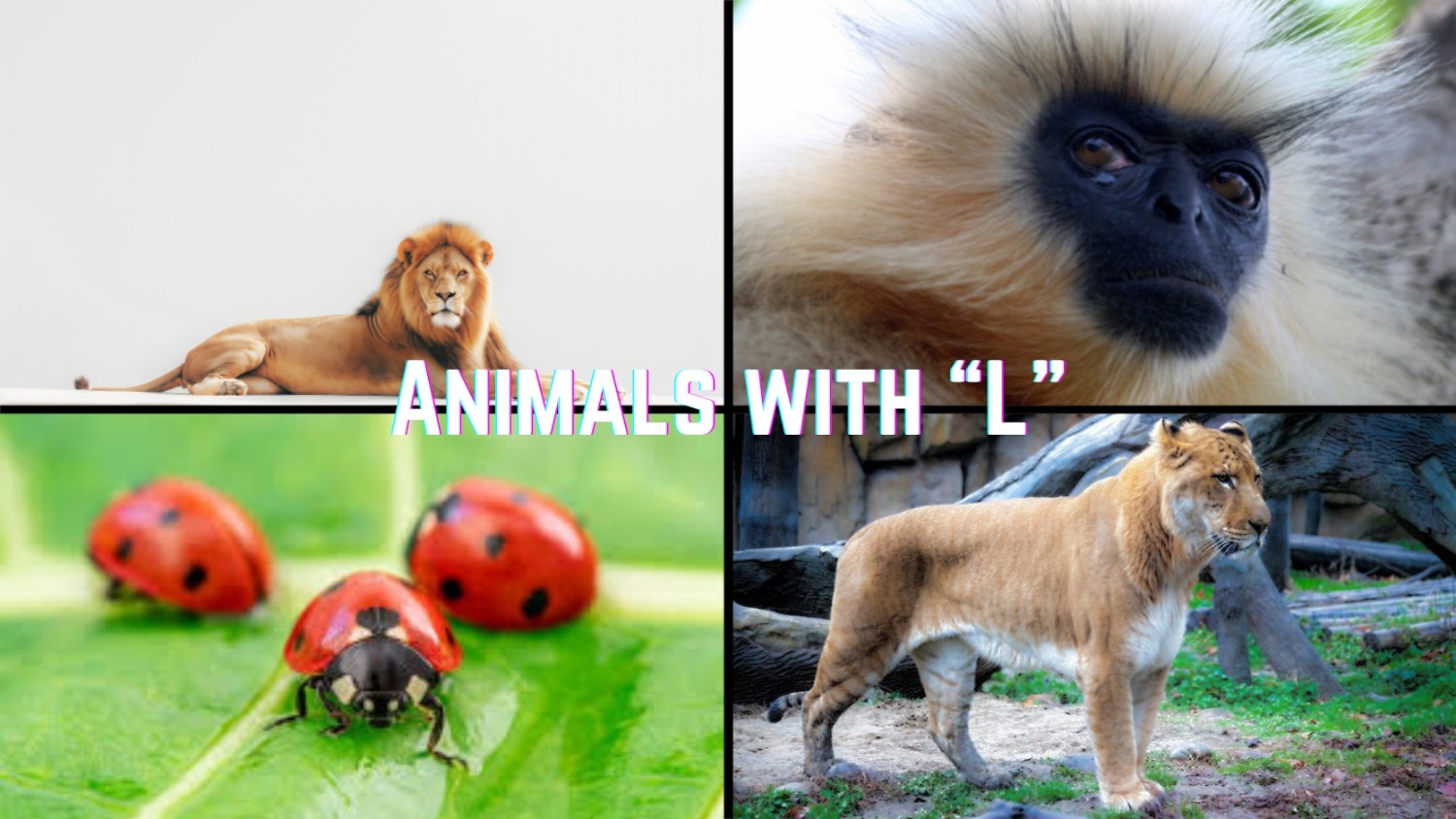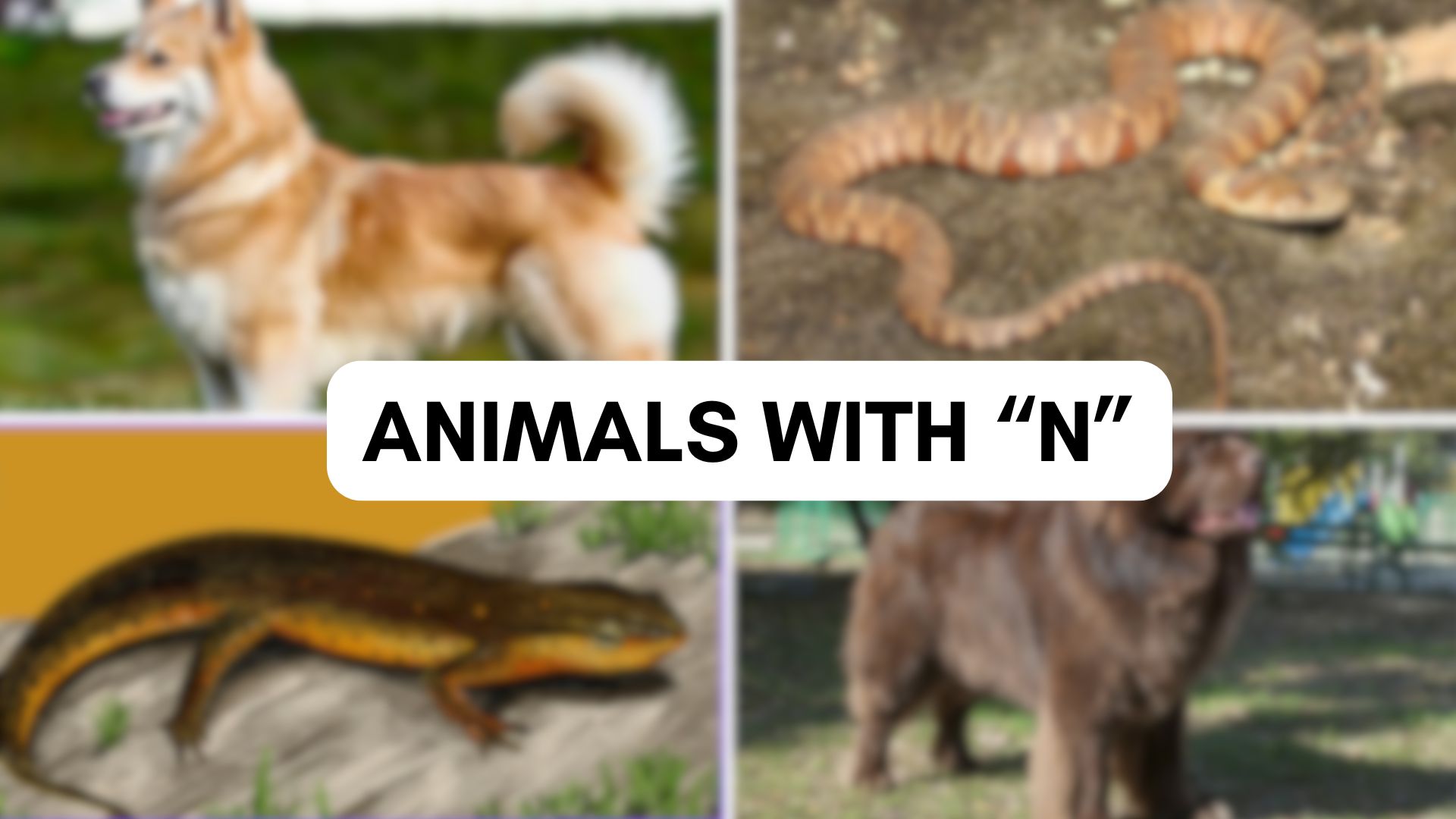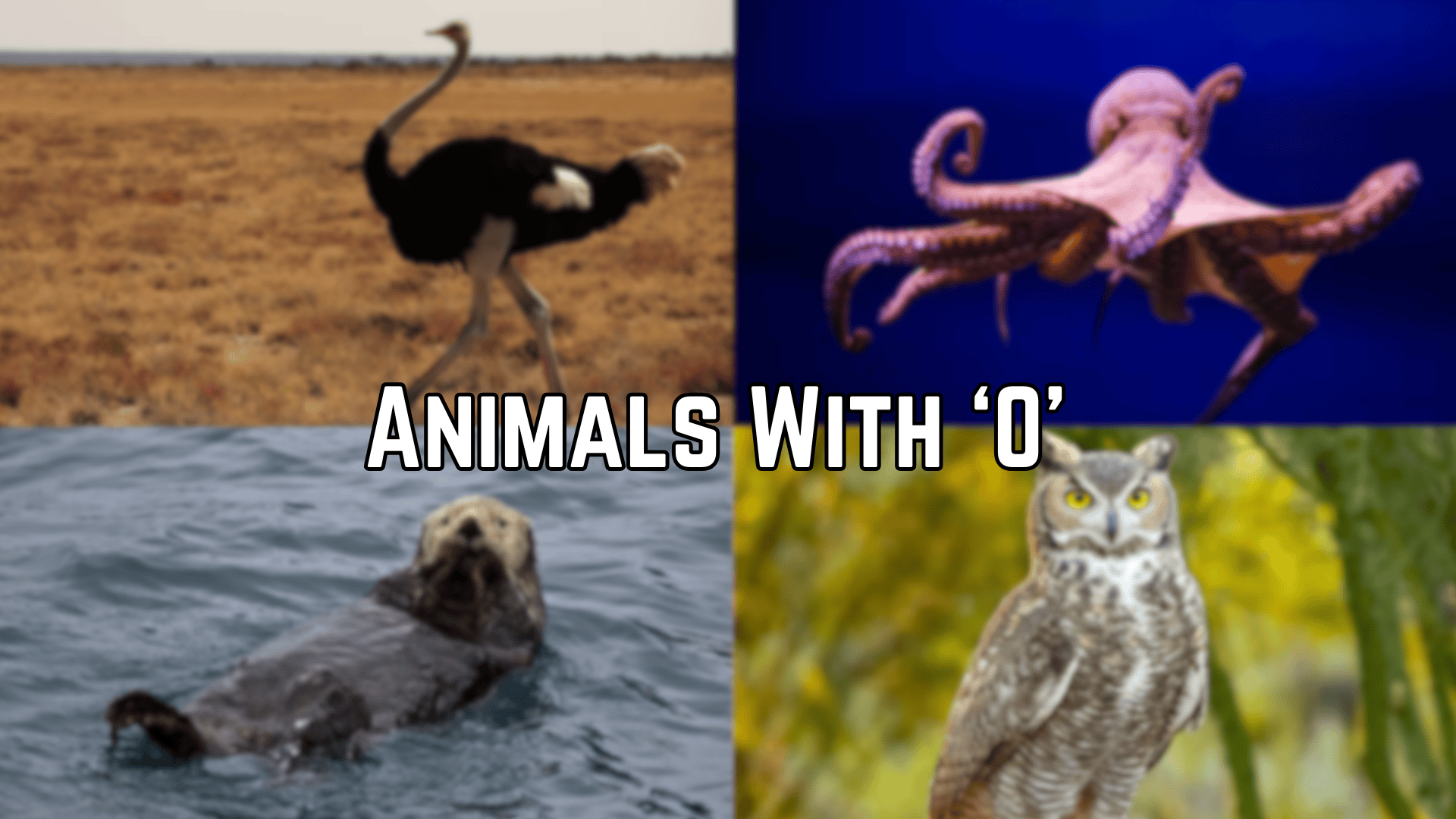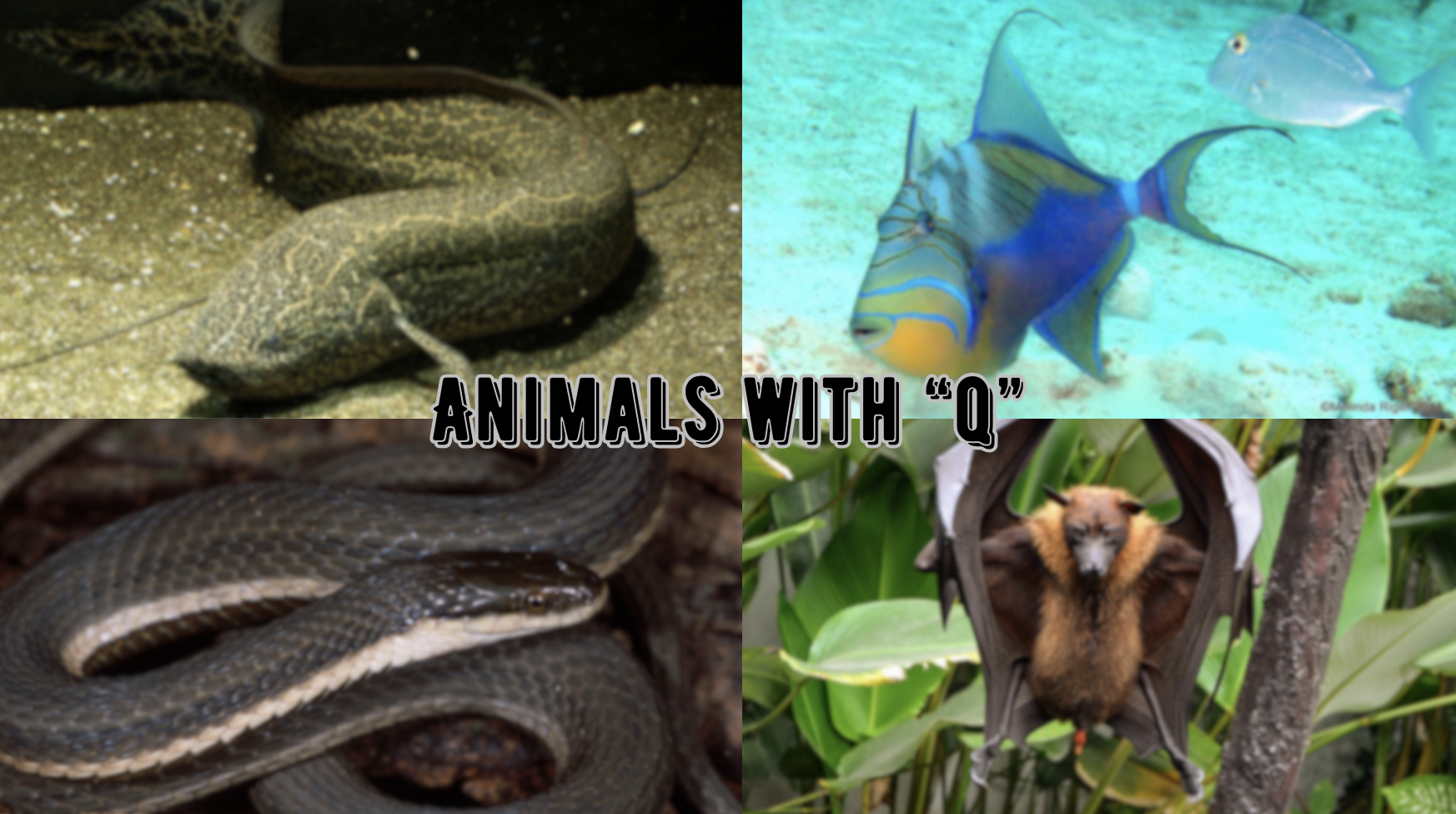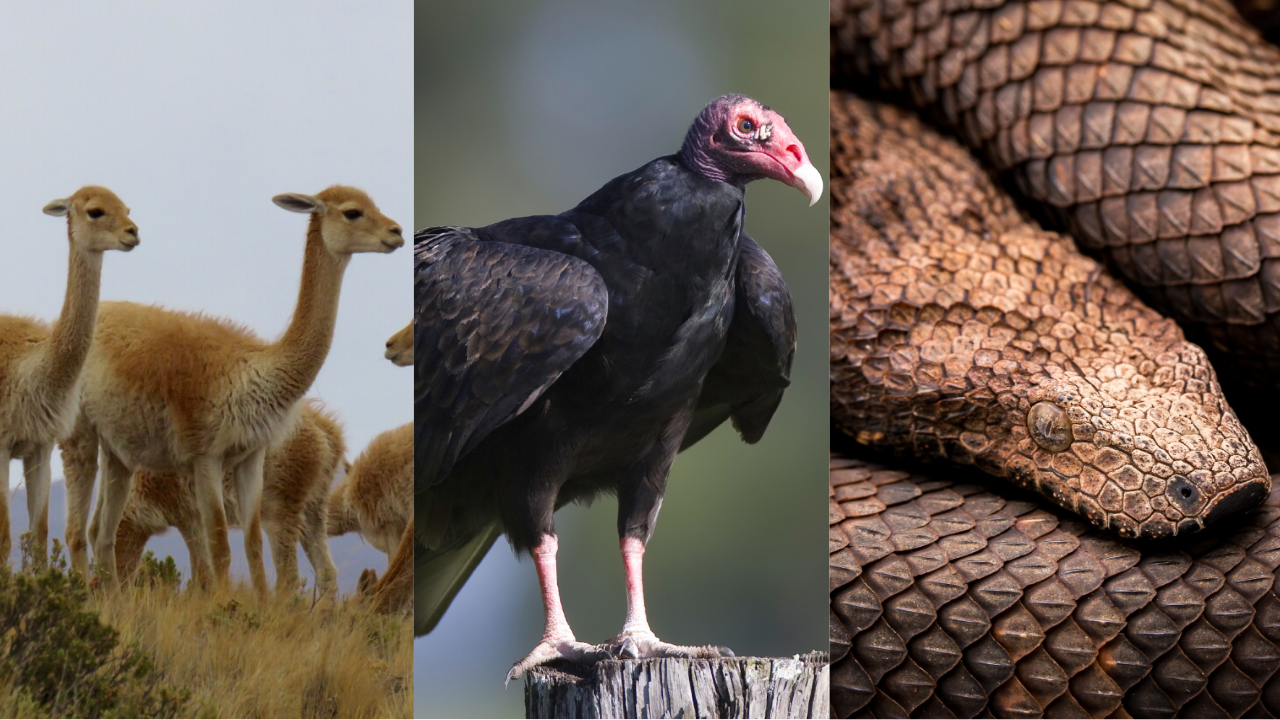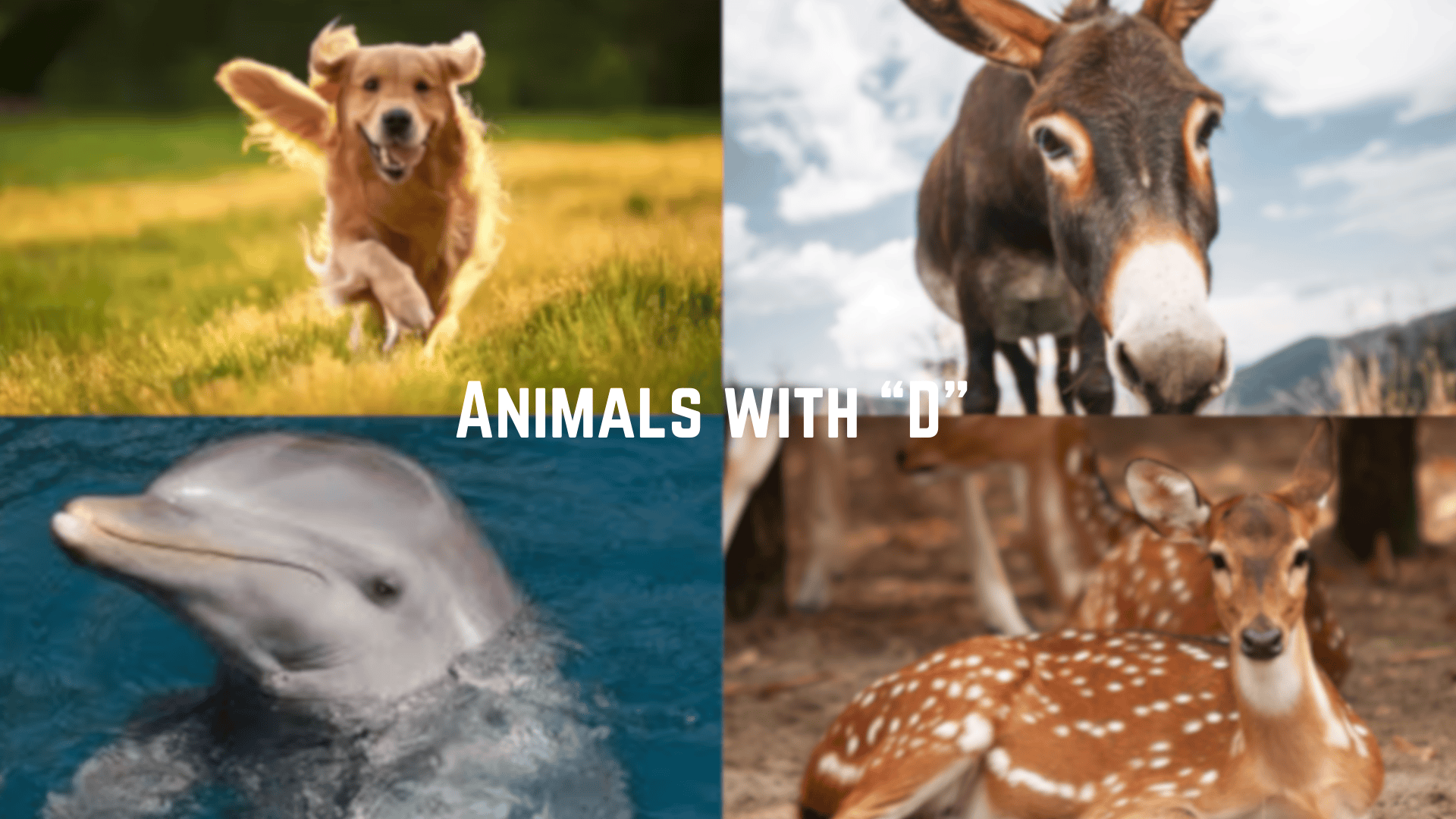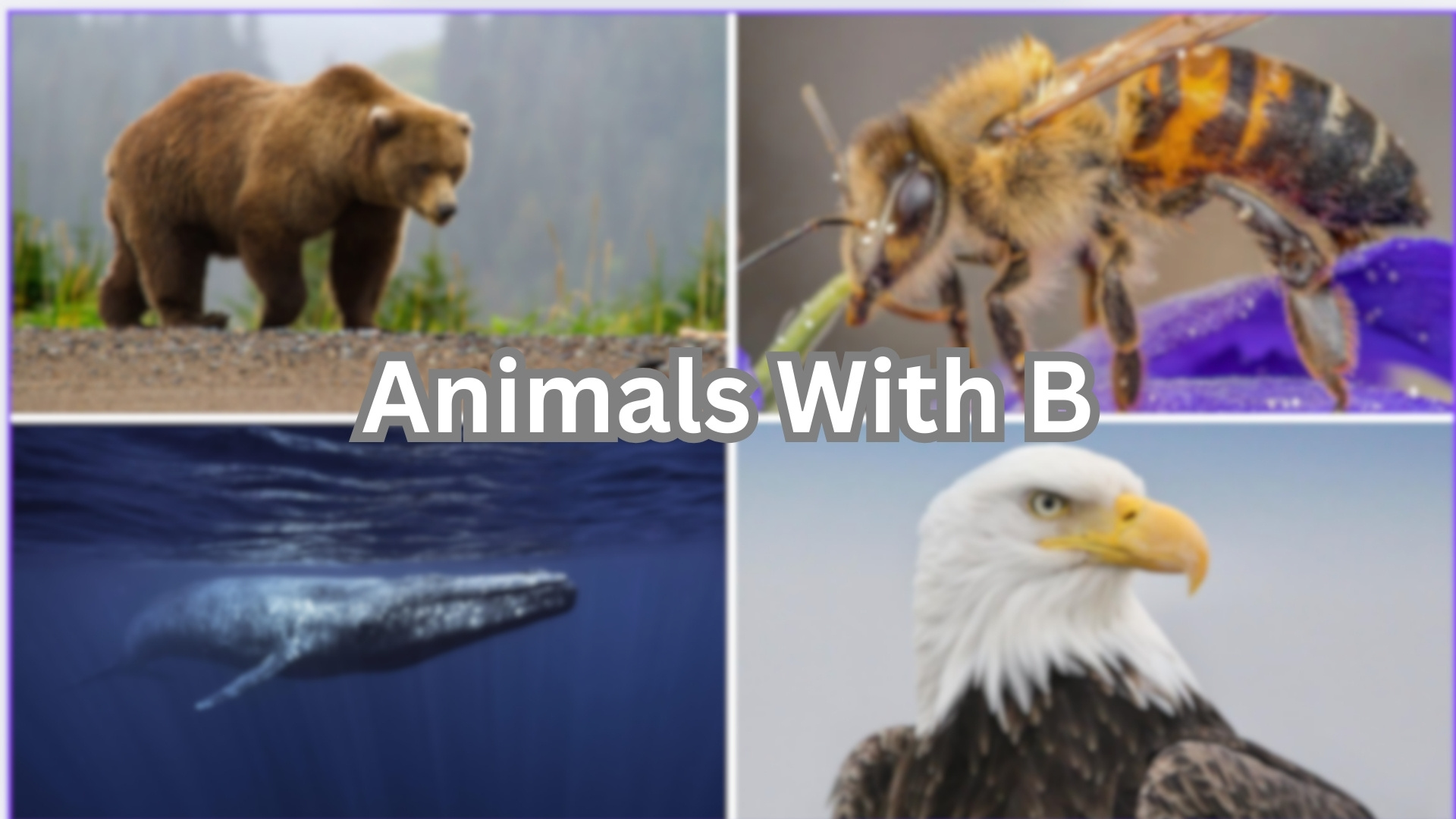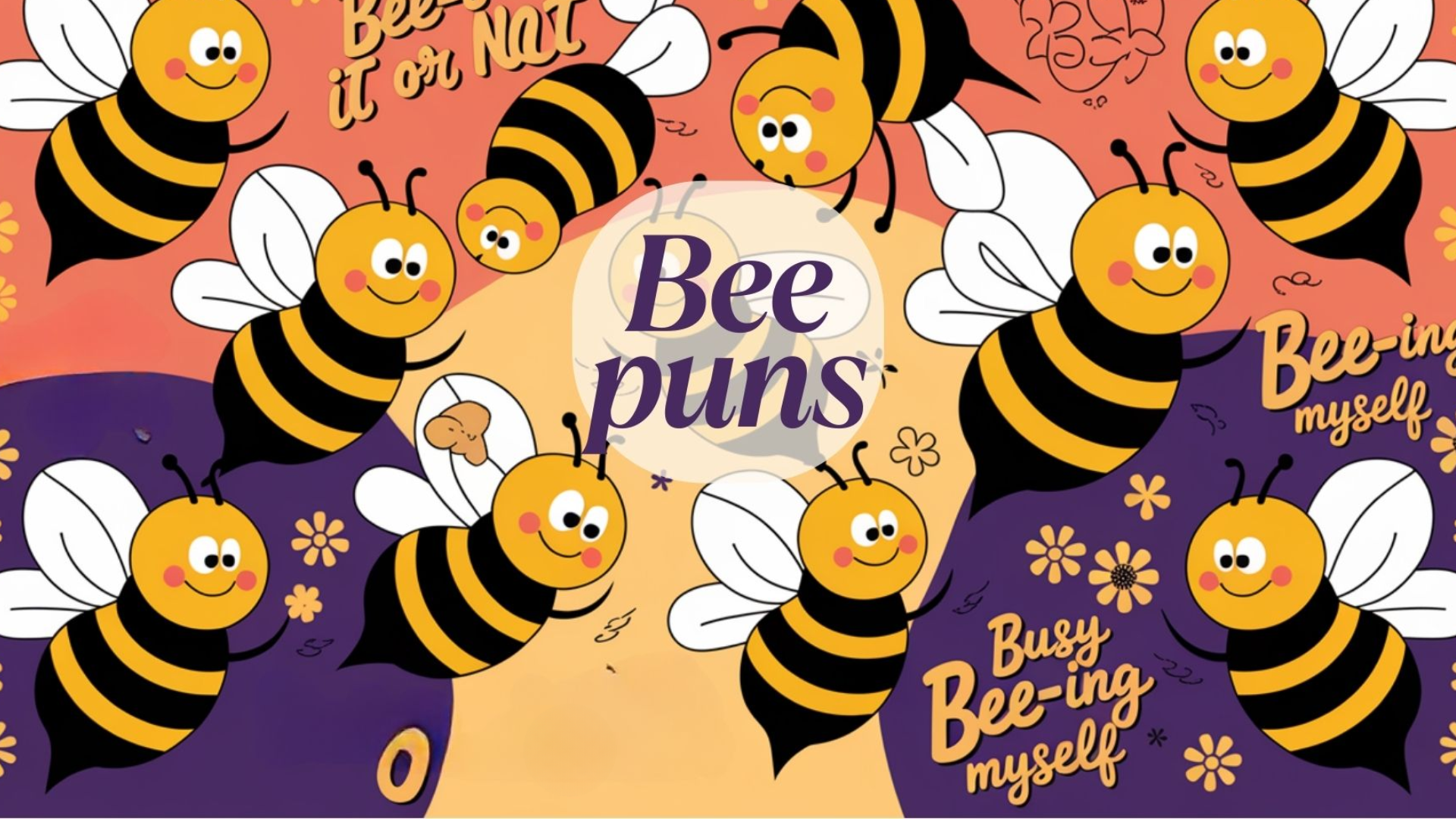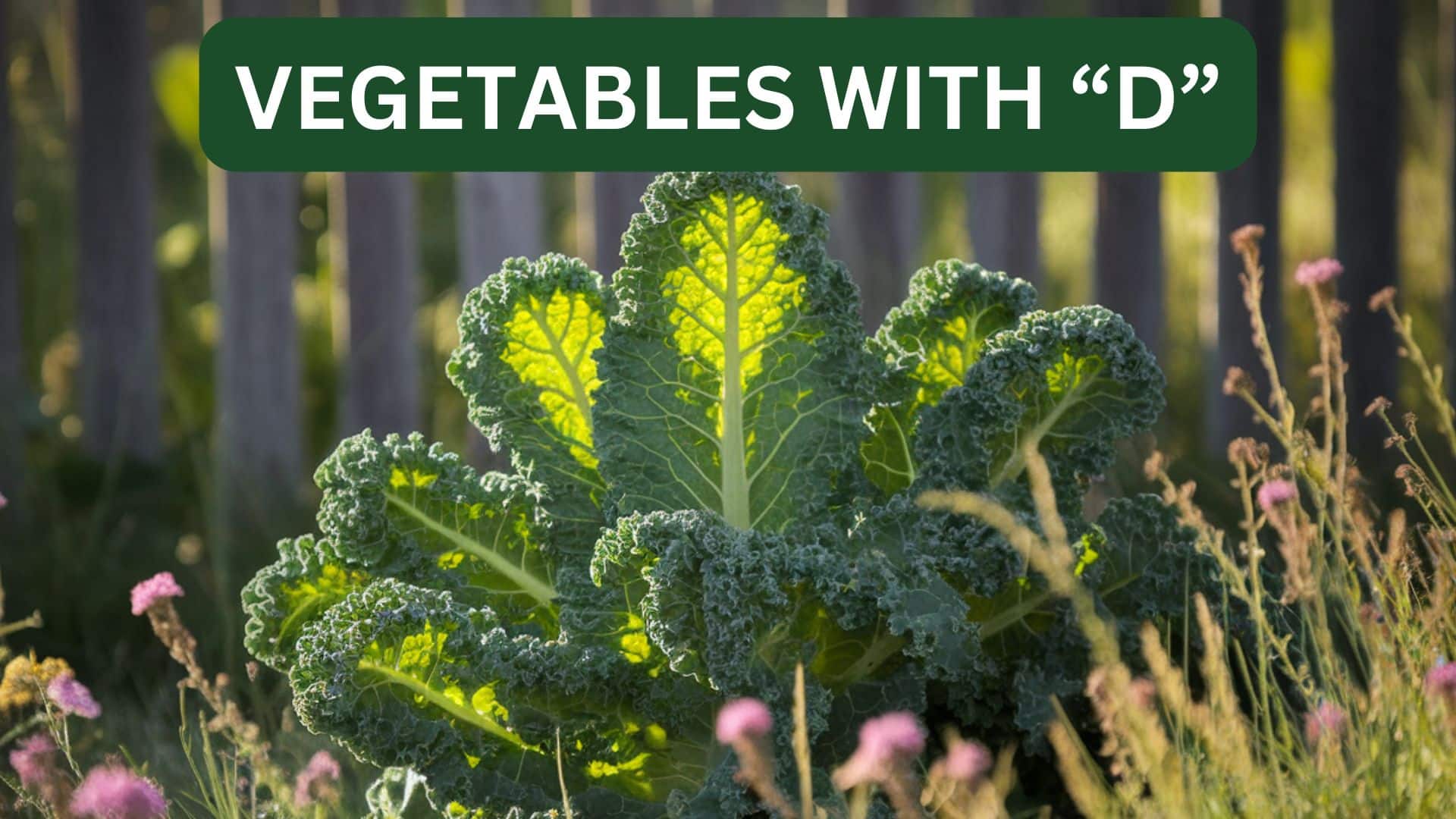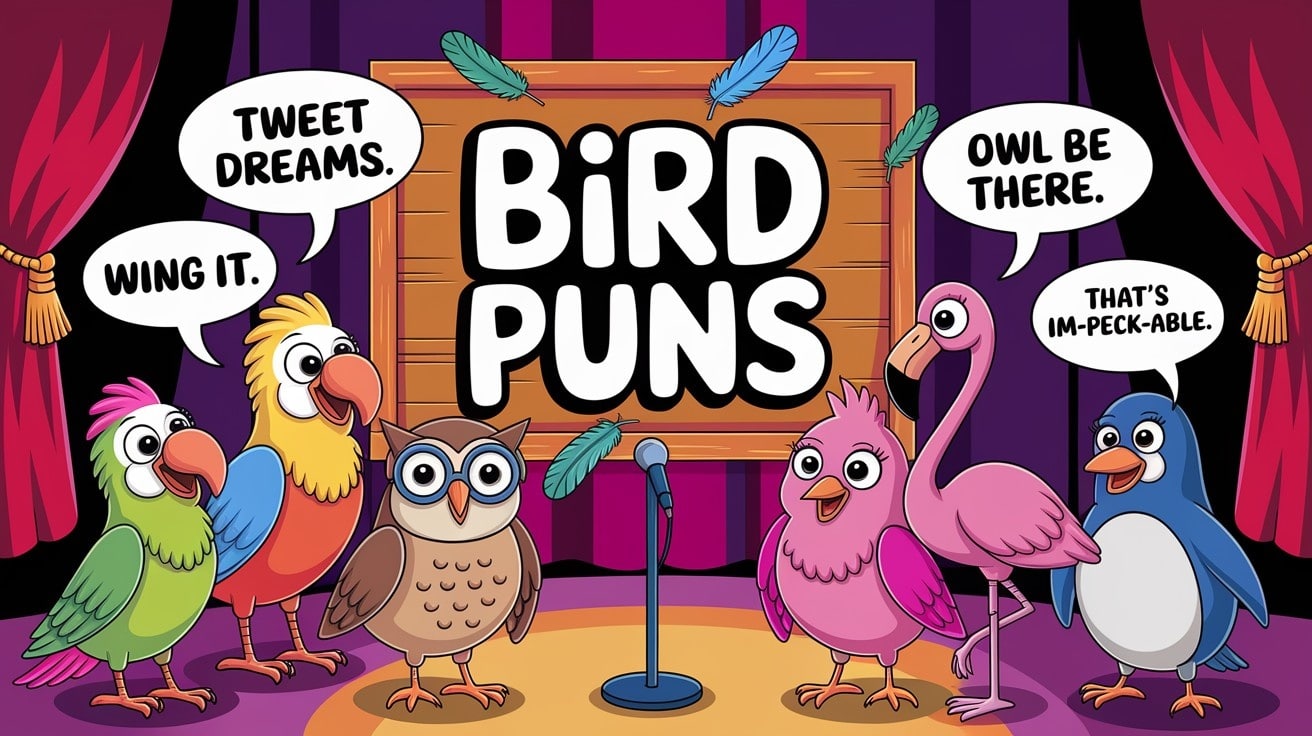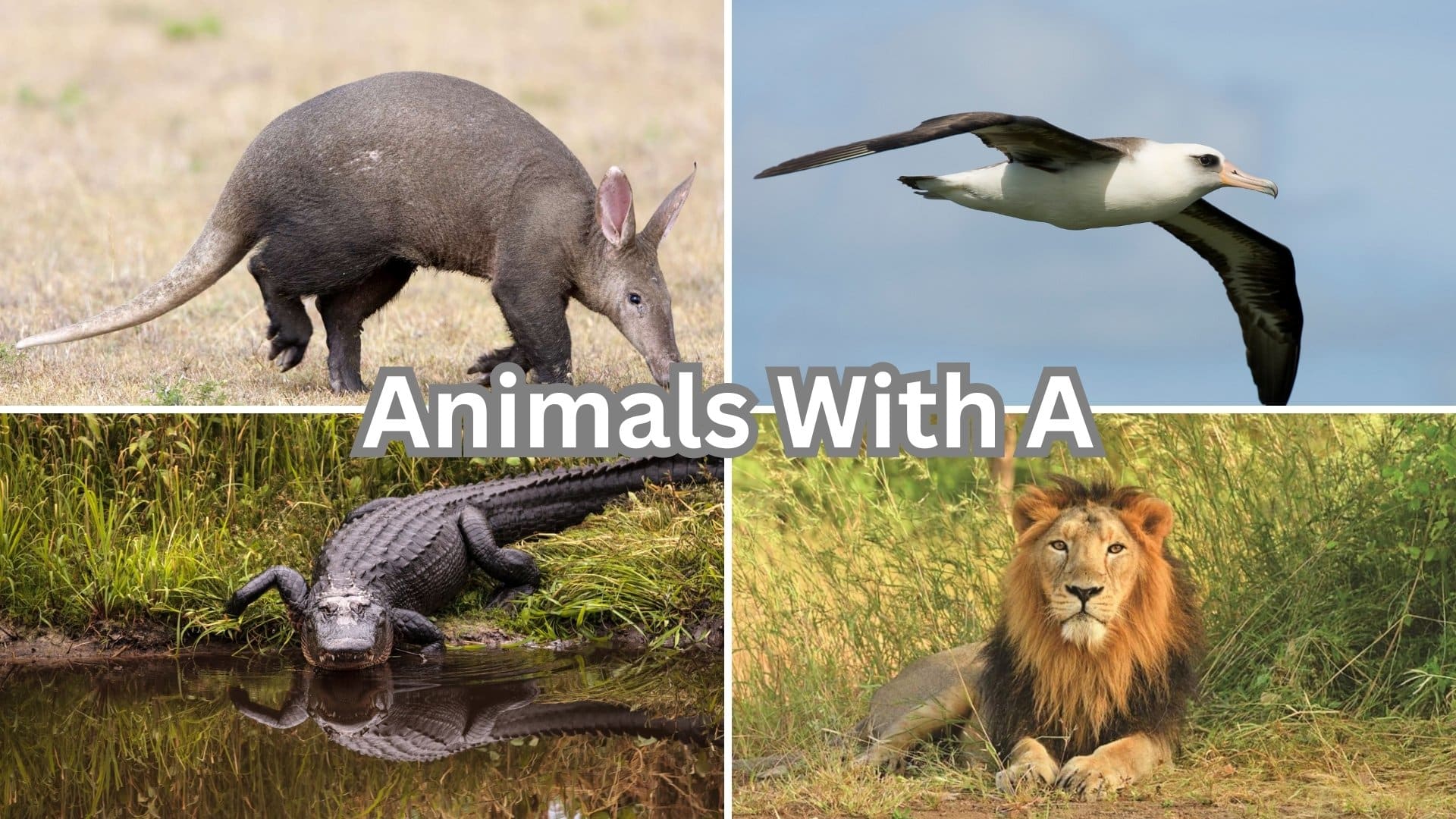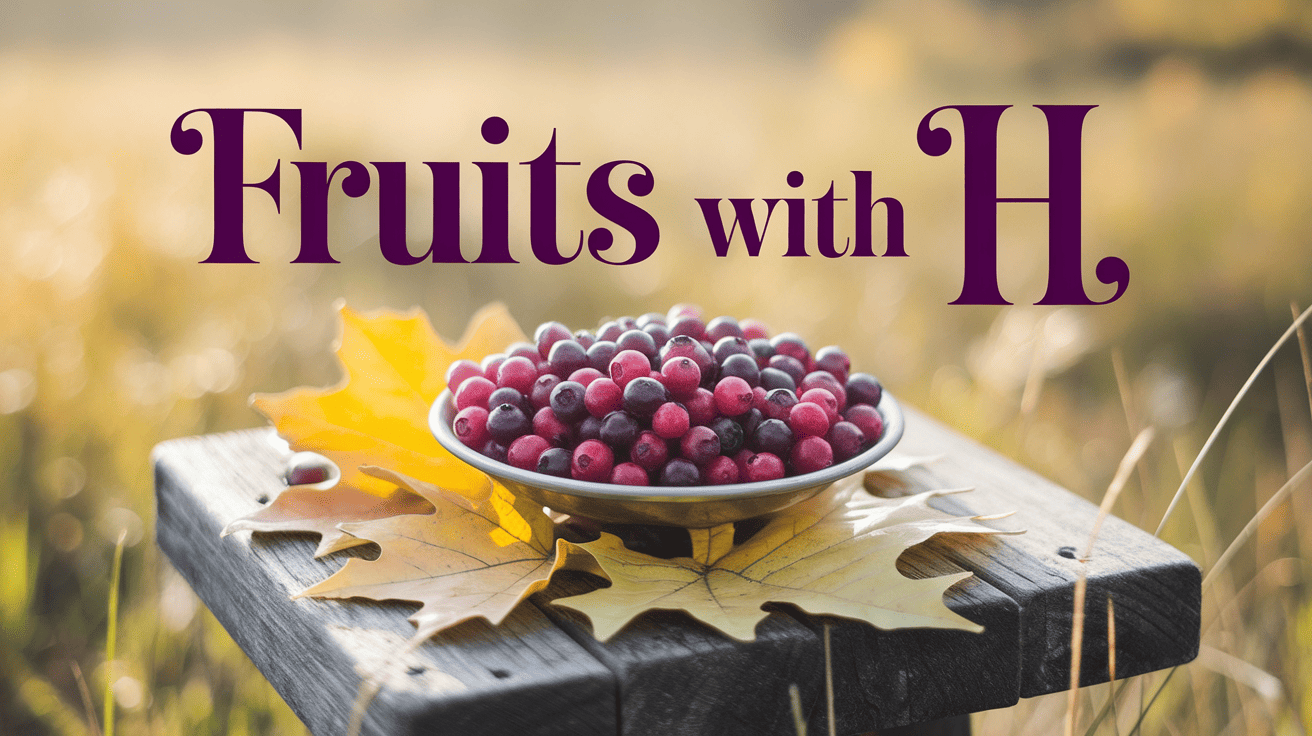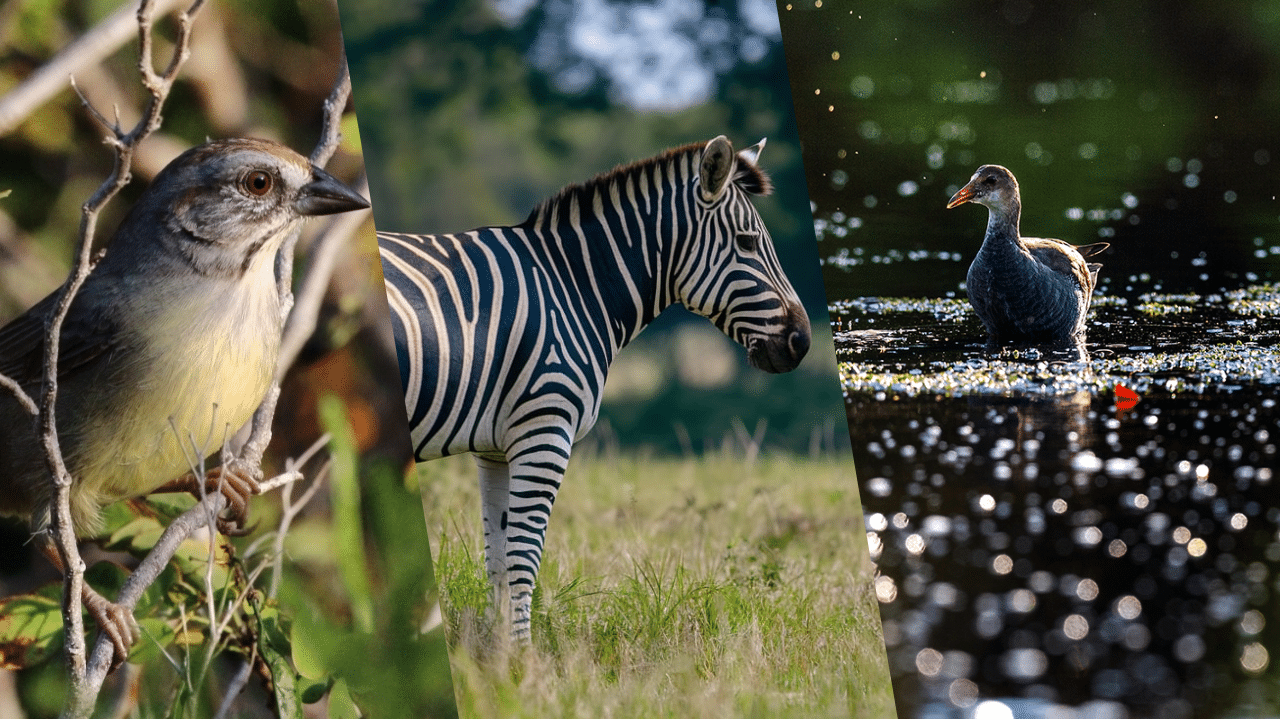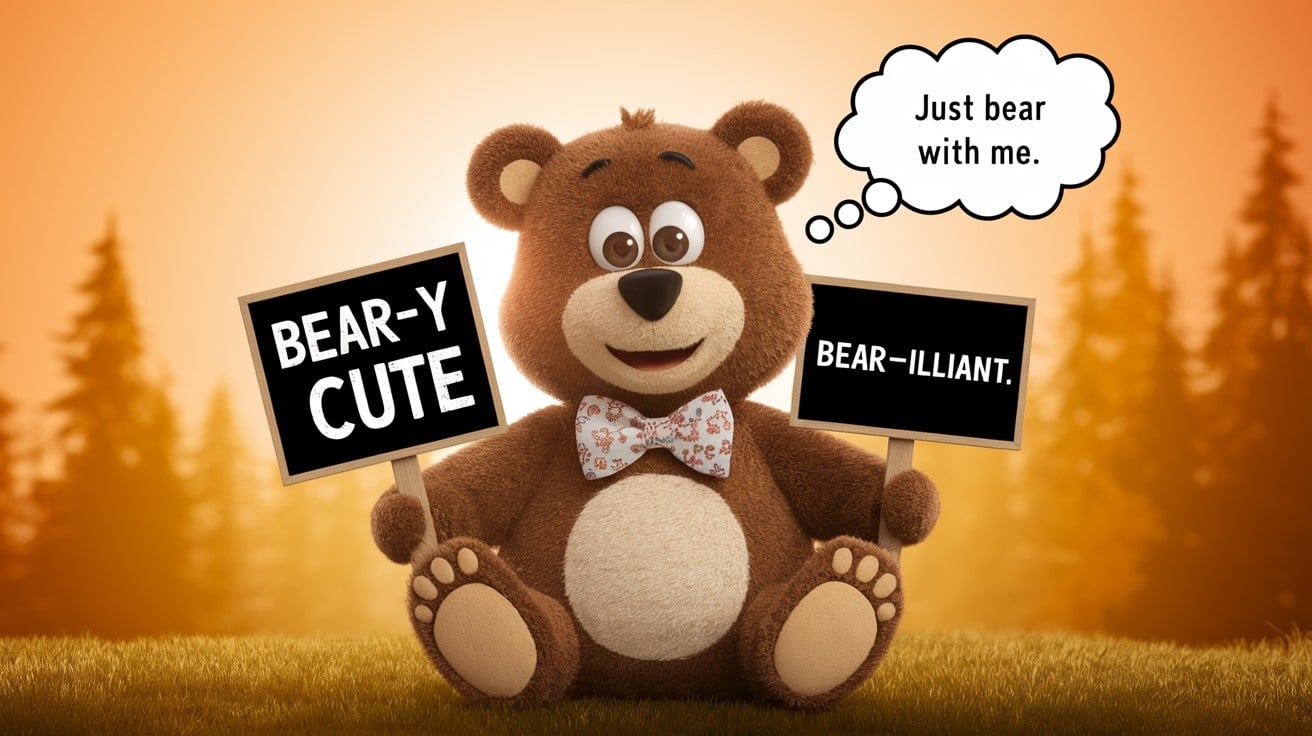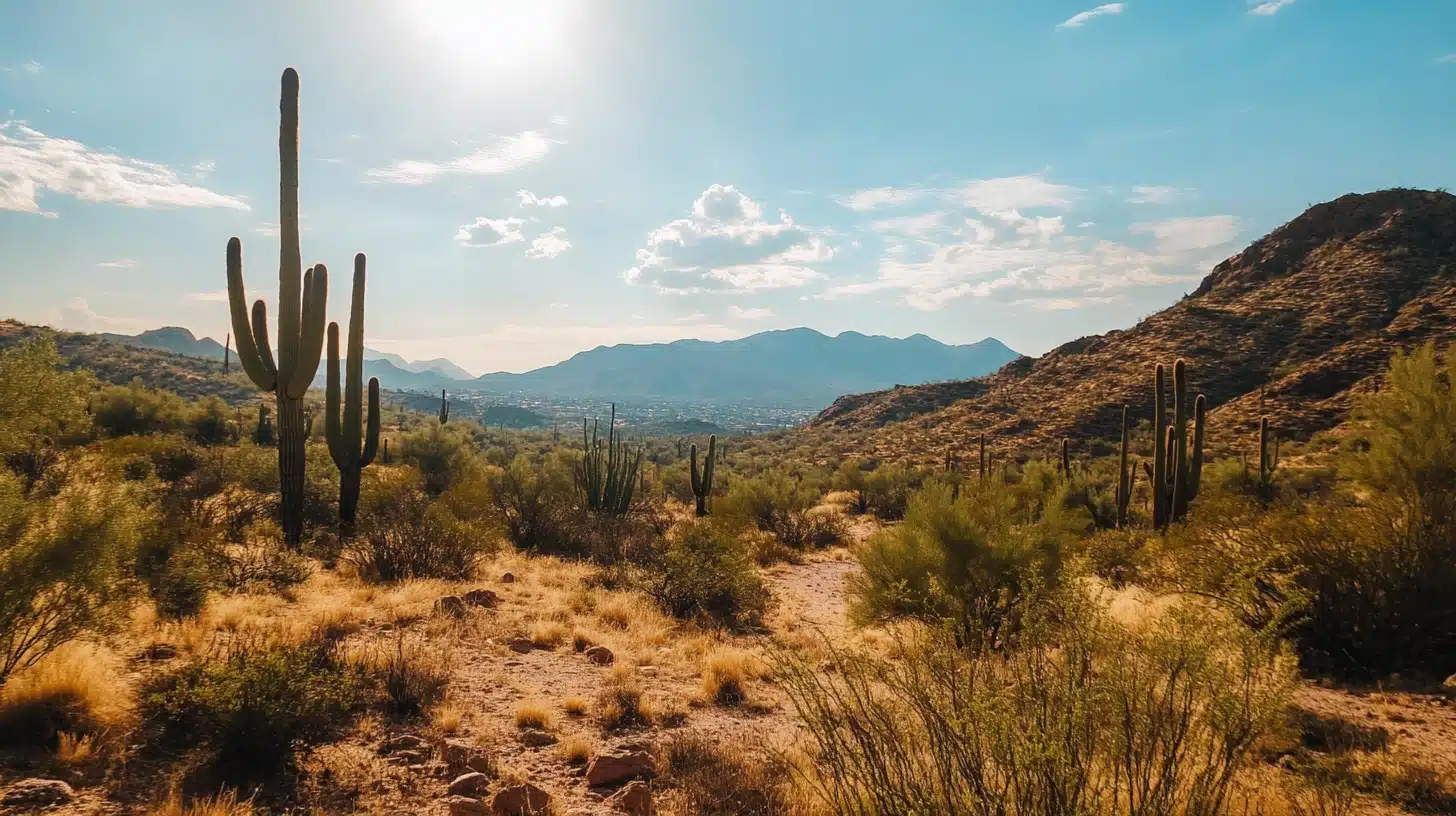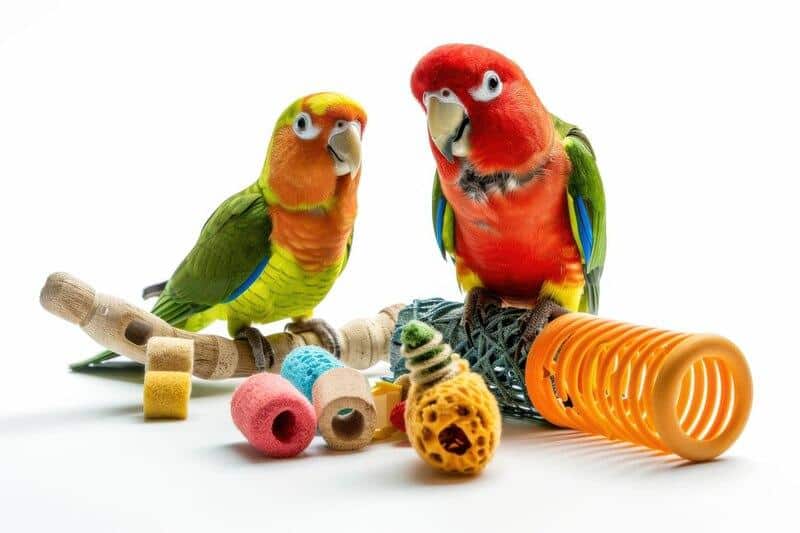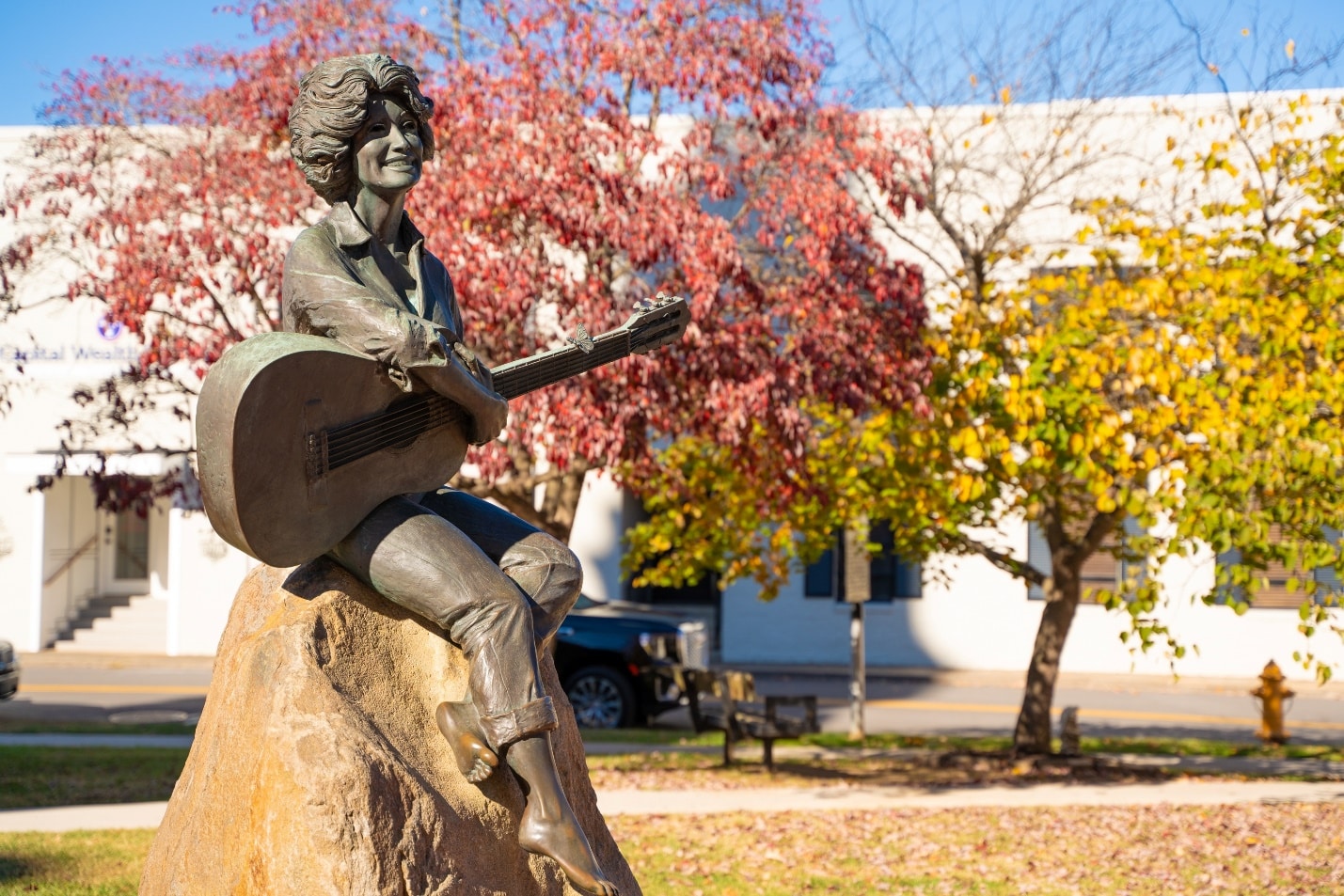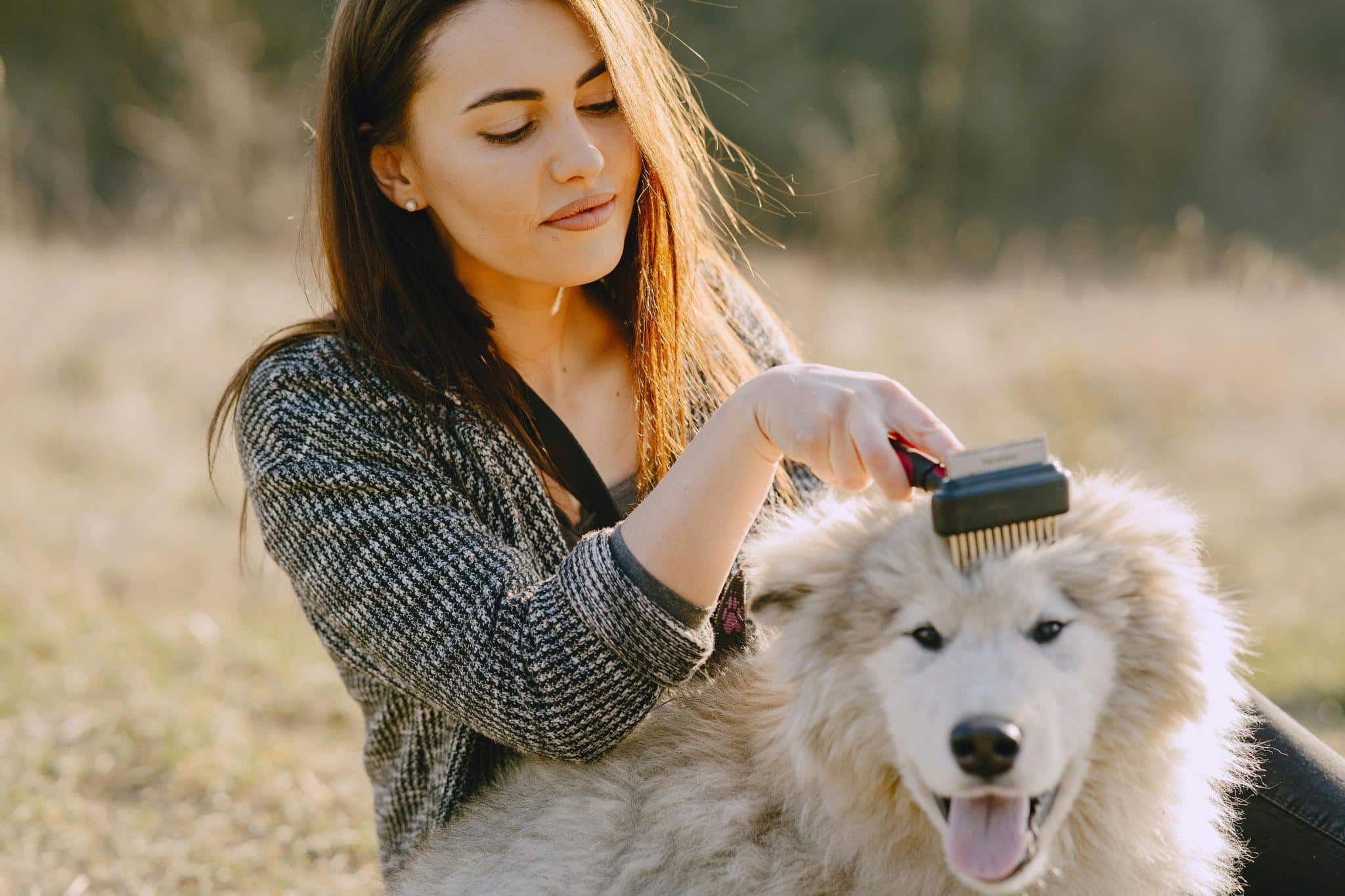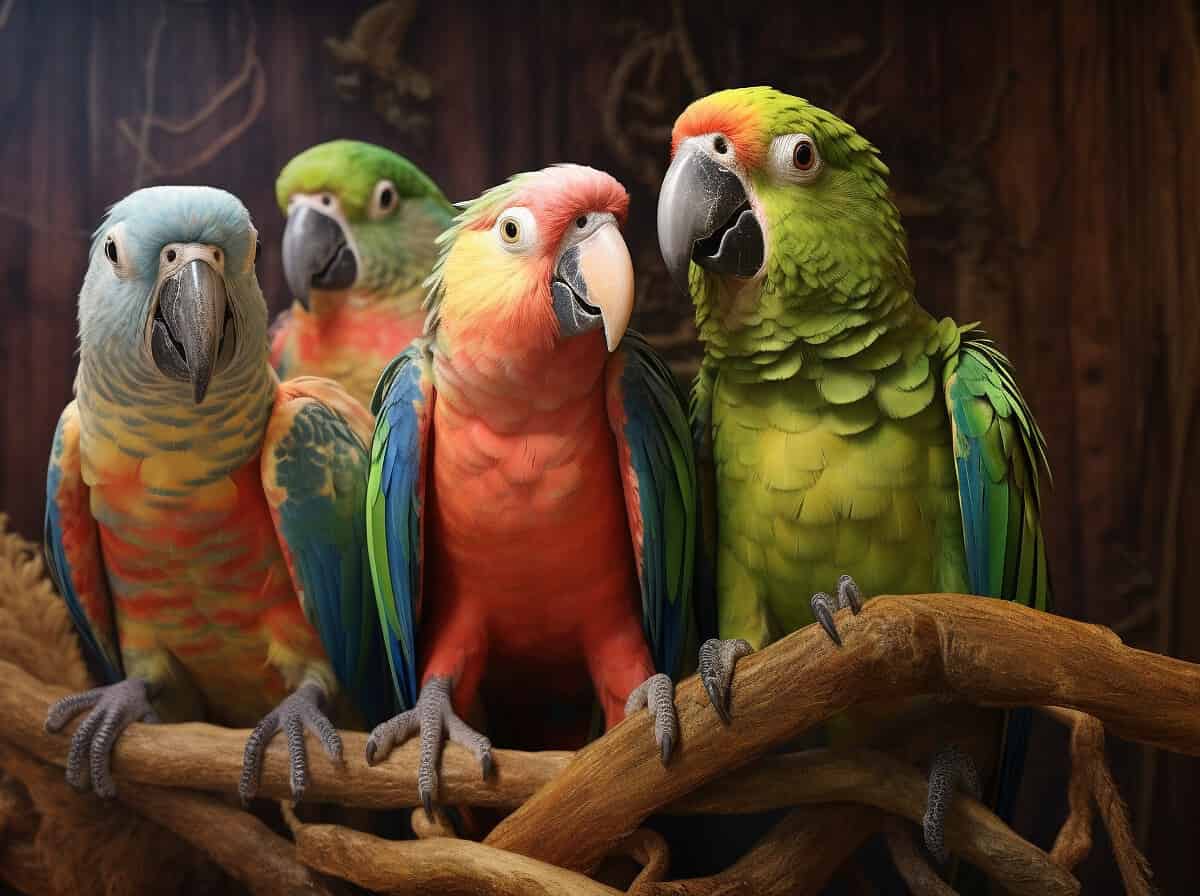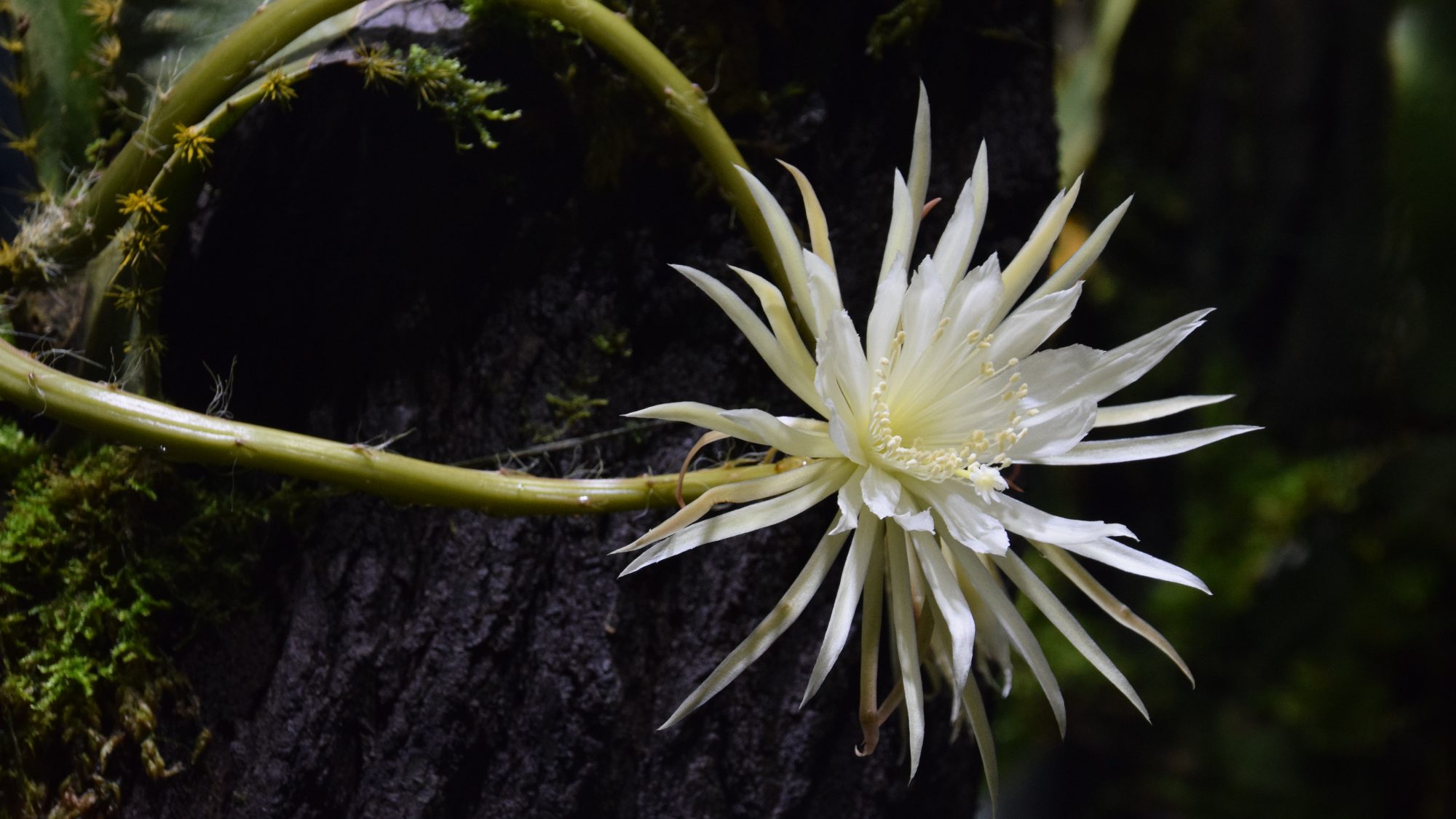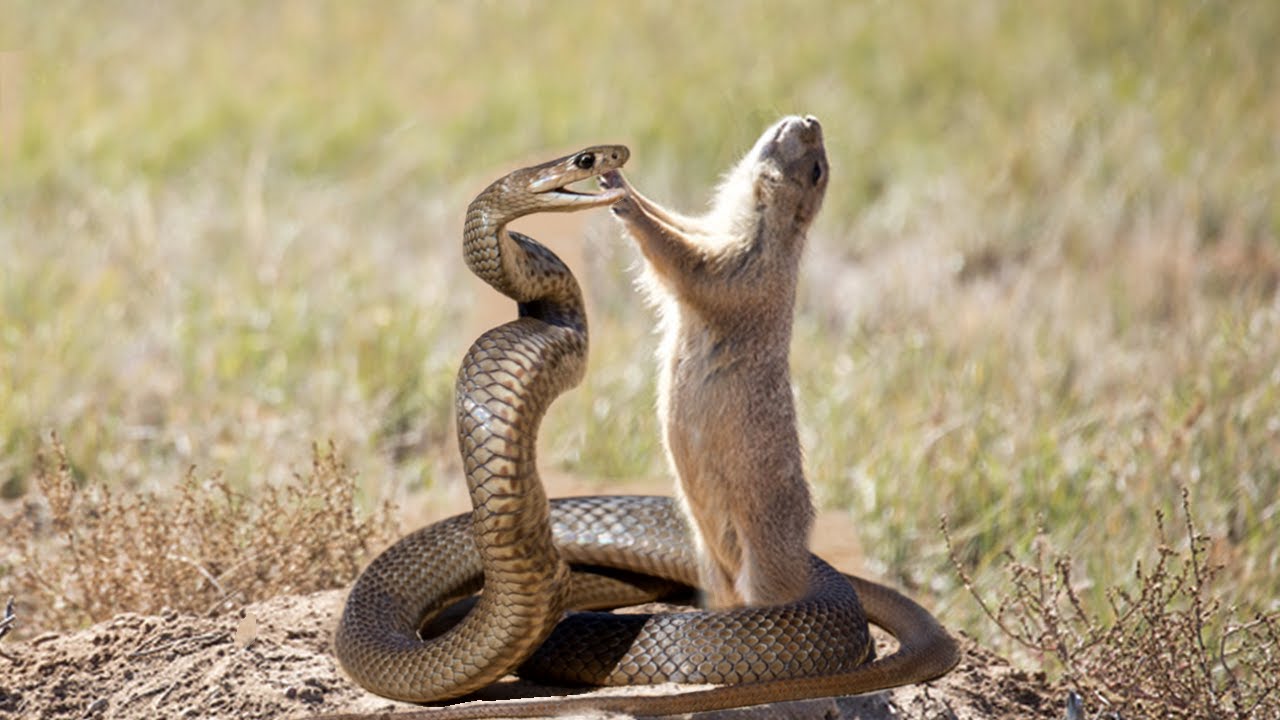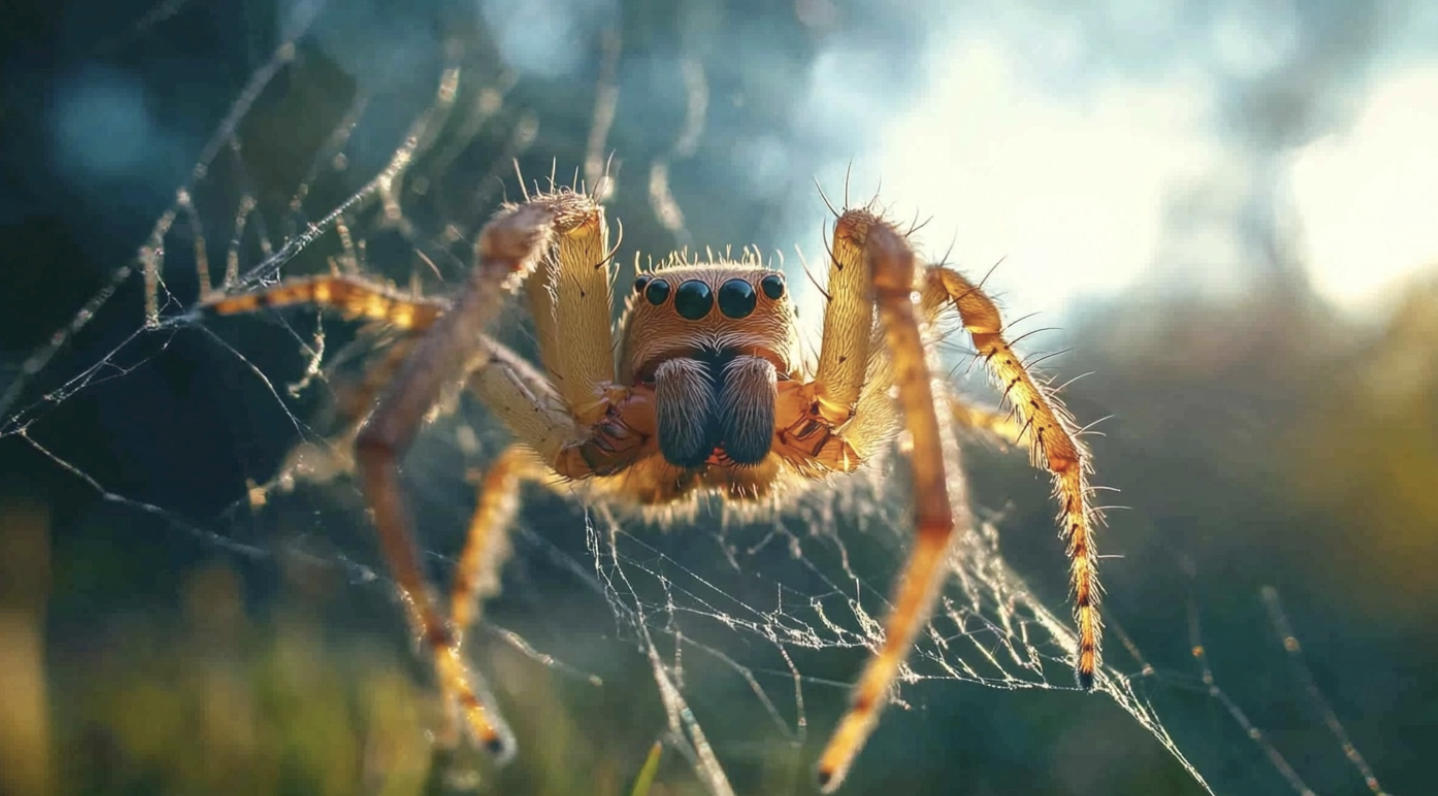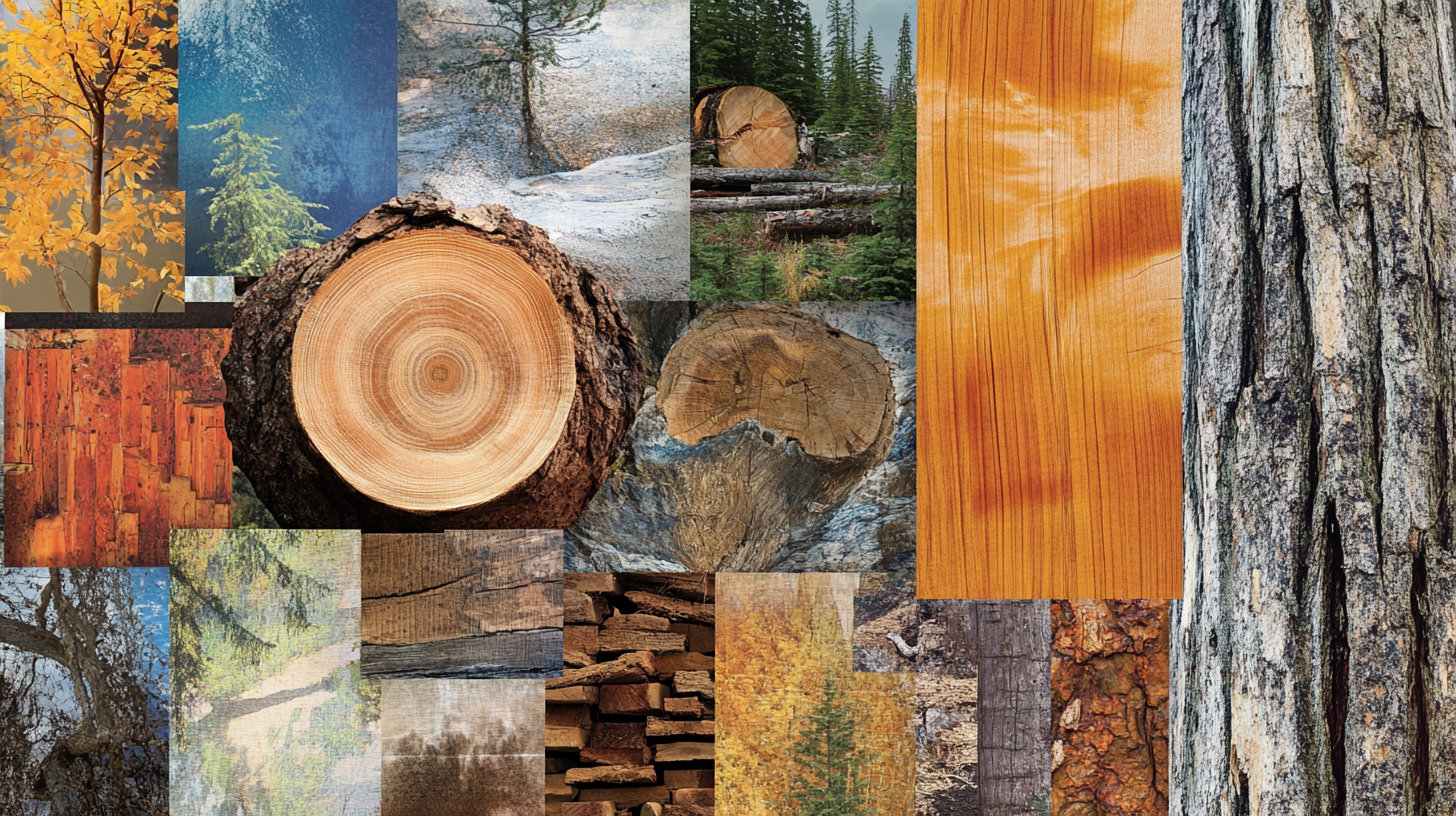
Have you ever noticed how many amazing birds start with the letter K?
Birds whose names begin with K are found all over the world, from cold northern seas to hot jungles. Each has its special look, sound, and way of living.
Some fly high in the sky while others cannot fly at all. Their colors range from bright blues and reds to simple browns and grays.
These K-named birds have some of the most interesting habits in the bird world. They build homes in many places – on cliffs, in trees, underground, or even in man-made spots. Their calls can sound like laughs, whistles, booms, or barks.
Let’s learn about these wonderful K-birds. They show us just how varied and special the world of birds can be. Get ready to meet some of nature’s most special flying (and non-flying) friends!
Commonly Spotted Birds with Letter “J”
1. Kingfisher
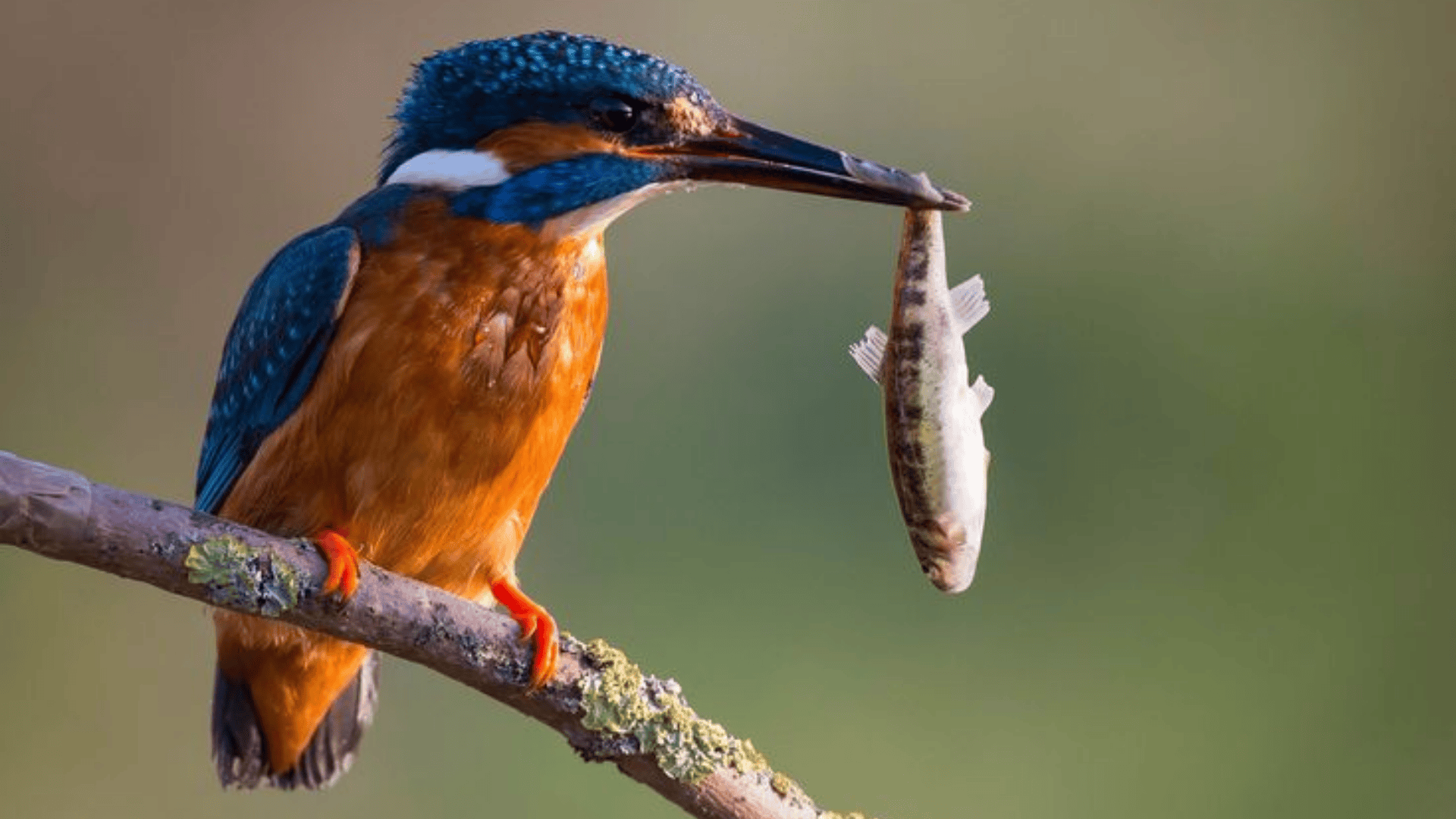
The Kingfisher refers to a group of small to medium-sized, brightly colored birds known for their impressive fishing abilities.
Common kingfishers have vibrant blue and orange plumage and are famous for their hunting technique of diving into water to catch fish.
- Region of Habitat: Found worldwide across six continents, with various species adapted to different environments from forests to coastal areas
- Scientific Name: Family Alcedinidae (includes about 114 species)
- Feeding Habits: Primarily piscivorous (fish-eaters), though some species also eat insects, amphibians, and small reptiles
- What Sound They Make: Short, high-pitched calls and whistles; many species make a distinctive “chi-chi-chi” sound
Fun Facts
Their eyes have special adaptations that allow them to see underwater, adjusting for light refraction to locate fish. They create nesting tunnels in riverbanks that can extend up to 1 meter deep.
2. Kestrel
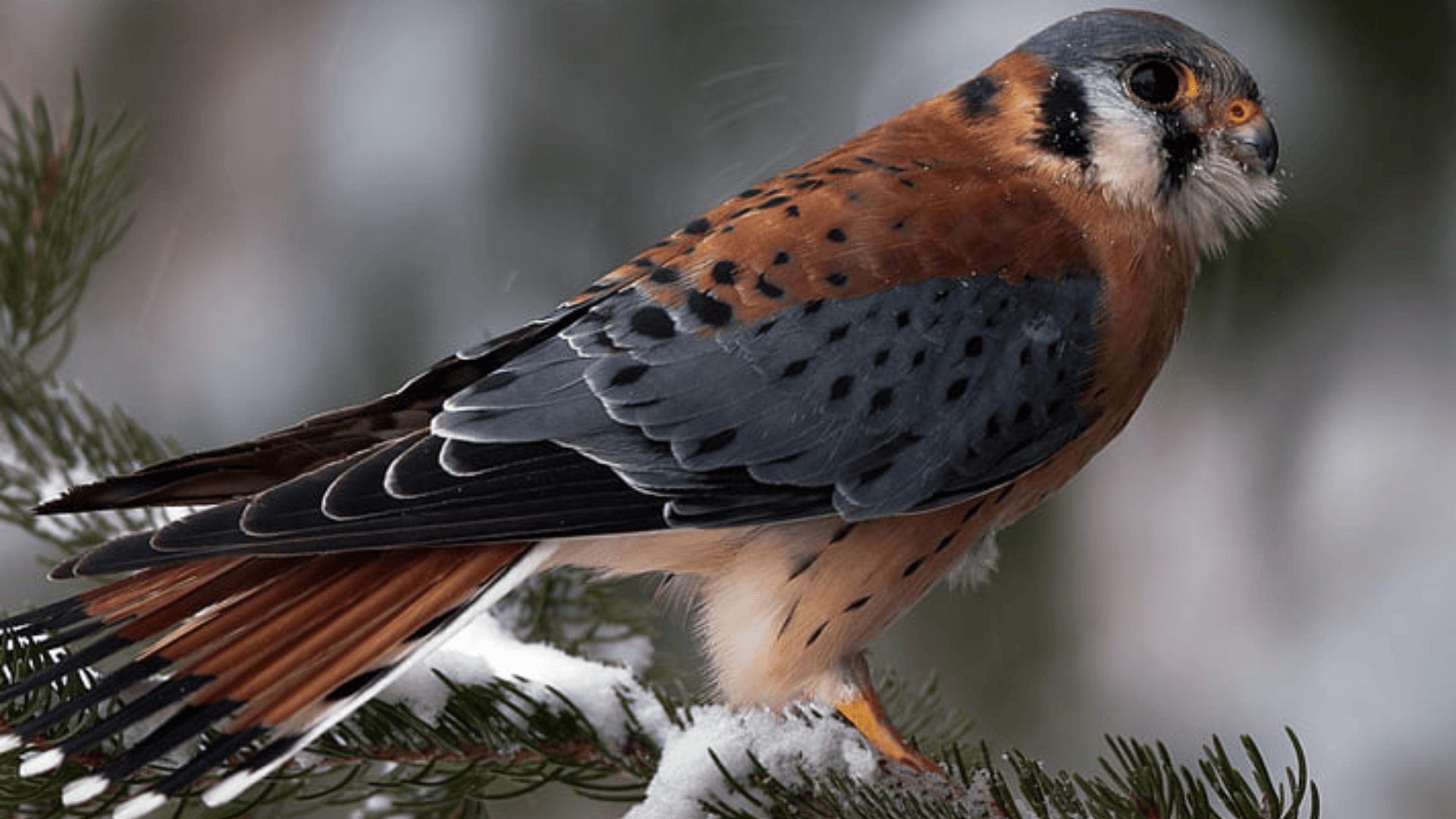
The Kestrel is a small falcon widely admired for its ability to hover in mid-air while hunting. With pointed wings and a long tail, these birds are often seen perched on telephone poles or hovering above open fields.
- Region of Habitat: Various species found across Europe, Asia, Africa, Australia, and the Americas
- Scientific Name: Genus Falco (Common Kestrel is Falco tinnunculus)
- Feeding Habits: Carnivorous, primarily feeding on small mammals, lizards, large insects, and occasionally small birds
- What Sound They Make: A distinctive “kee-kee-kee” call, especially when alarmed or during breeding season
Fun Facts
They can see ultraviolet light, which allows them to track voles by detecting their urine trails. Kestrels have an amazing ability to hover in one spot in windy conditions, keeping their head perfectly still while hunting.
3. Kiwi

The Kiwi is a flightless bird endemic to New Zealand, known for its unusual appearance with tiny wings, no tail, and a long, slender bill with nostrils at the tip. These nocturnal birds are national symbols of New Zealand.
- Region of Habitat: New Zealand forests and grasslands
- Scientific Name: Genus Apteryx (includes five species)
- Feeding Habits: Omnivorous, using their long bills to probe soil for insects, worms, and occasionally fruit and seeds
- What Sound They Make: Males emit a clear, whistling call, while females produce a hoarse, guttural sound
Fun Facts
Their eggs can weigh up to 20% of the female’s body weight, one of the largest egg-to-body ratios of any bird. Despite being flightless, kiwis have vestigial wings hidden beneath their shaggy feathers.
4. Kite
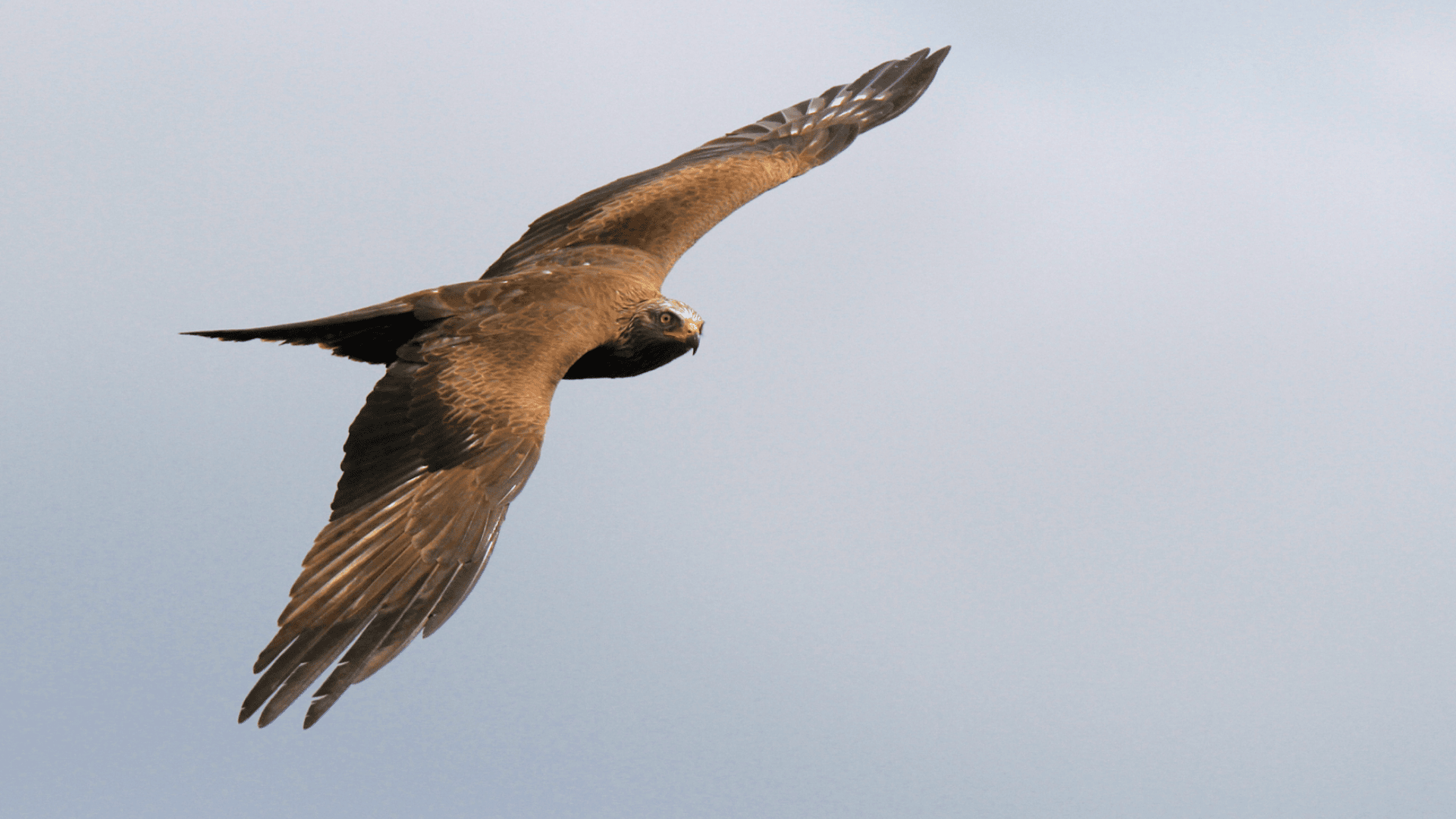
Kites are medium to large birds of prey known for their graceful soaring flight. They have relatively narrow wings and often a forked tail, and are masterful at riding thermals and air currents.
- Region of Habitat: Widespread across all continents except Antarctica
- Scientific Name: Family Accipitridae (includes several genera)
- Feeding Habits: Opportunistic feeders consuming small mammals, birds, carrion, and sometimes garbage in urban areas
- What Sound They Make: Many species have high-pitched, whistling calls; Red Kites make a distinctive “weoo-weoo-weoo” sound
Fun Facts
Some kite species can eat while flying, transferring food from their talons to their beak without landing. Red Kites were once critically endangered in the UK but have made a remarkable recovery through reintroduction programs.
5. Kookaburra
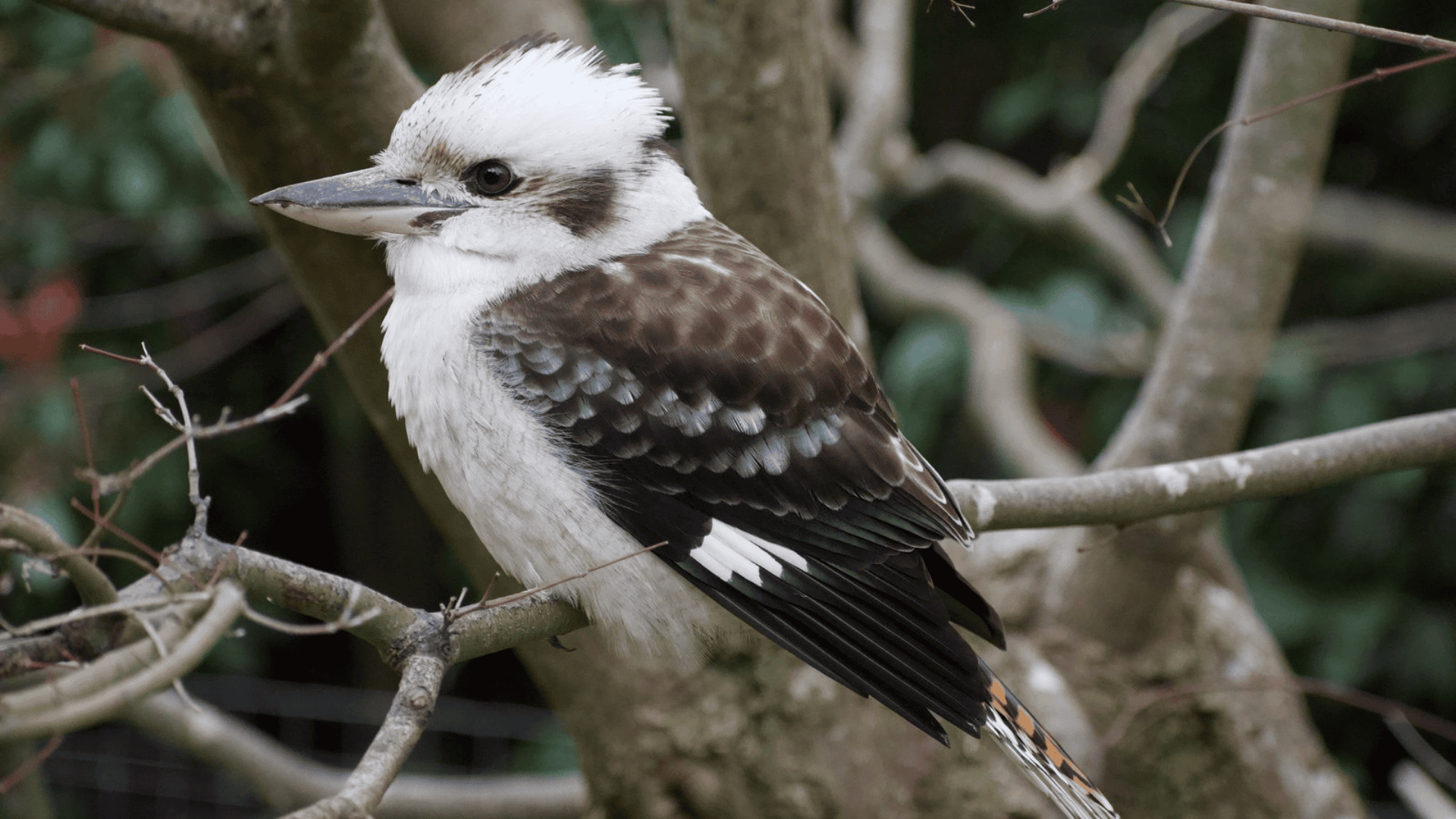
The Kookaburra is a large terrestrial kingfisher native to Australia and New Guinea. It is famous for its distinctive laughing call. With a stout body, large head, and powerful bill, the kookaburra is iconic in Australian culture.
- Region of Habitat: Eastern Australia, southern New Guinea
- Scientific Name: Genus Dacelo (Laughing Kookaburra is Dacelo novaeguineae)
- Feeding Habits: Carnivorous, feeding on snakes, lizards, rodents, insects, and occasionally small birds
- What Sound They Make: Famous for their “laughing” call that sounds like human laughter, often heard at dawn and dusk
Fun Facts
They use a “bashing” technique to kill prey, repeatedly striking snakes and other prey against trees or rocks. Kookaburras live in family groups and use their famous laughing call to mark territory boundaries at dawn and dusk.
6. King Vulture
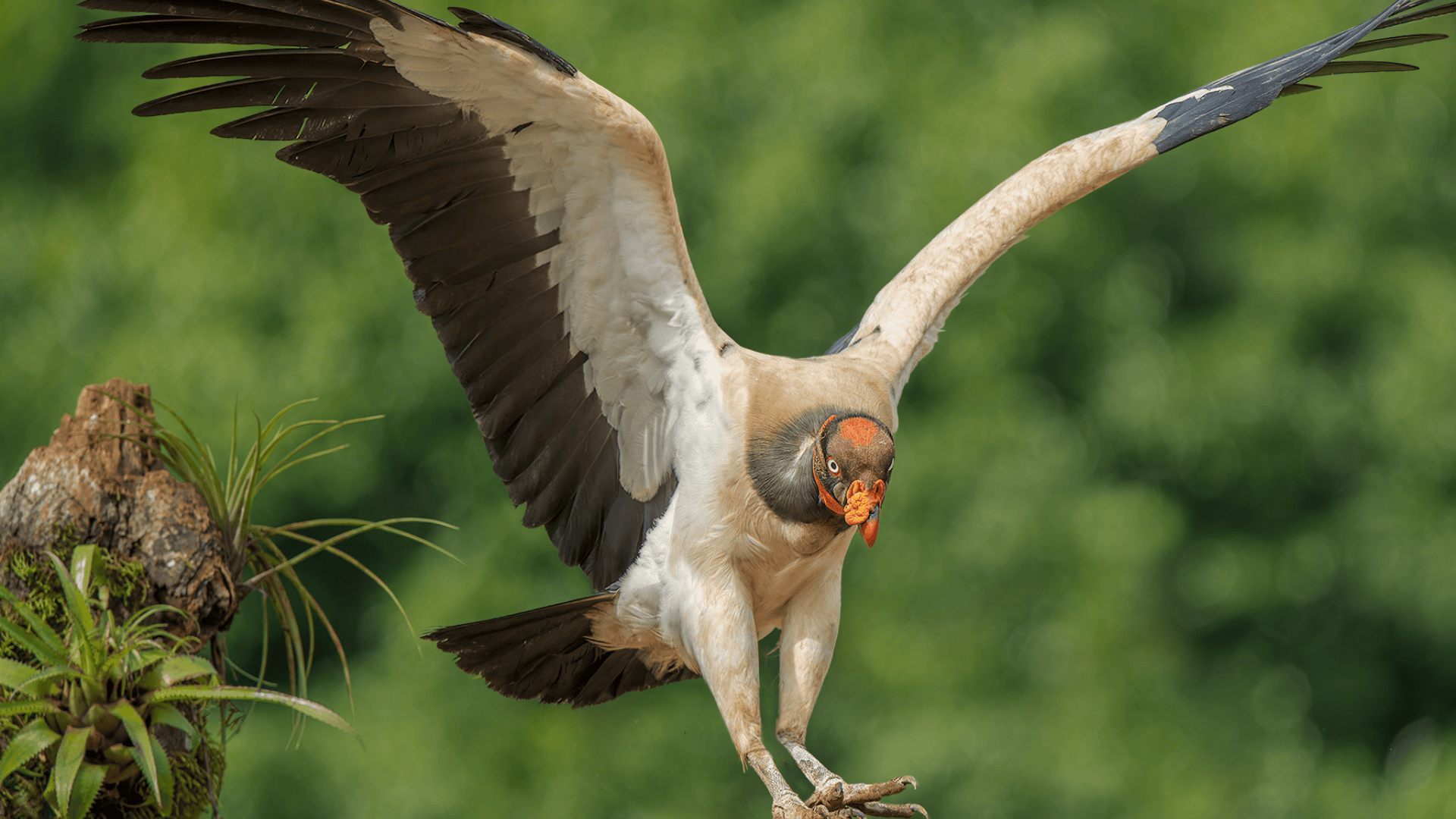
The King Vulture is a large, colorful vulture found in Central and South America. Despite its scavenger lifestyle, it’s one of the most striking vulture species with its colorful head and neck featuring bright orange, yellow, blue, and red skin.
- Region of Habitat: Tropical lowland forests of Central and South America
- Scientific Name: Sarcoramphus papa
- Feeding Habits: Primarily scavenges on carrion; often dominant at carcasses, arriving after other vultures have opened the hide
- What Sound They Make: Generally silent, occasionally making low grunting or croaking sounds at feeding sites
Fun Facts
Despite their imposing appearance, they lack a voice box and can only make soft hissing sounds. Their colorful head and necks have no feathers but instead feature bare skin that helps prevent bacteria buildup when feeding on carrion.
7. Knot
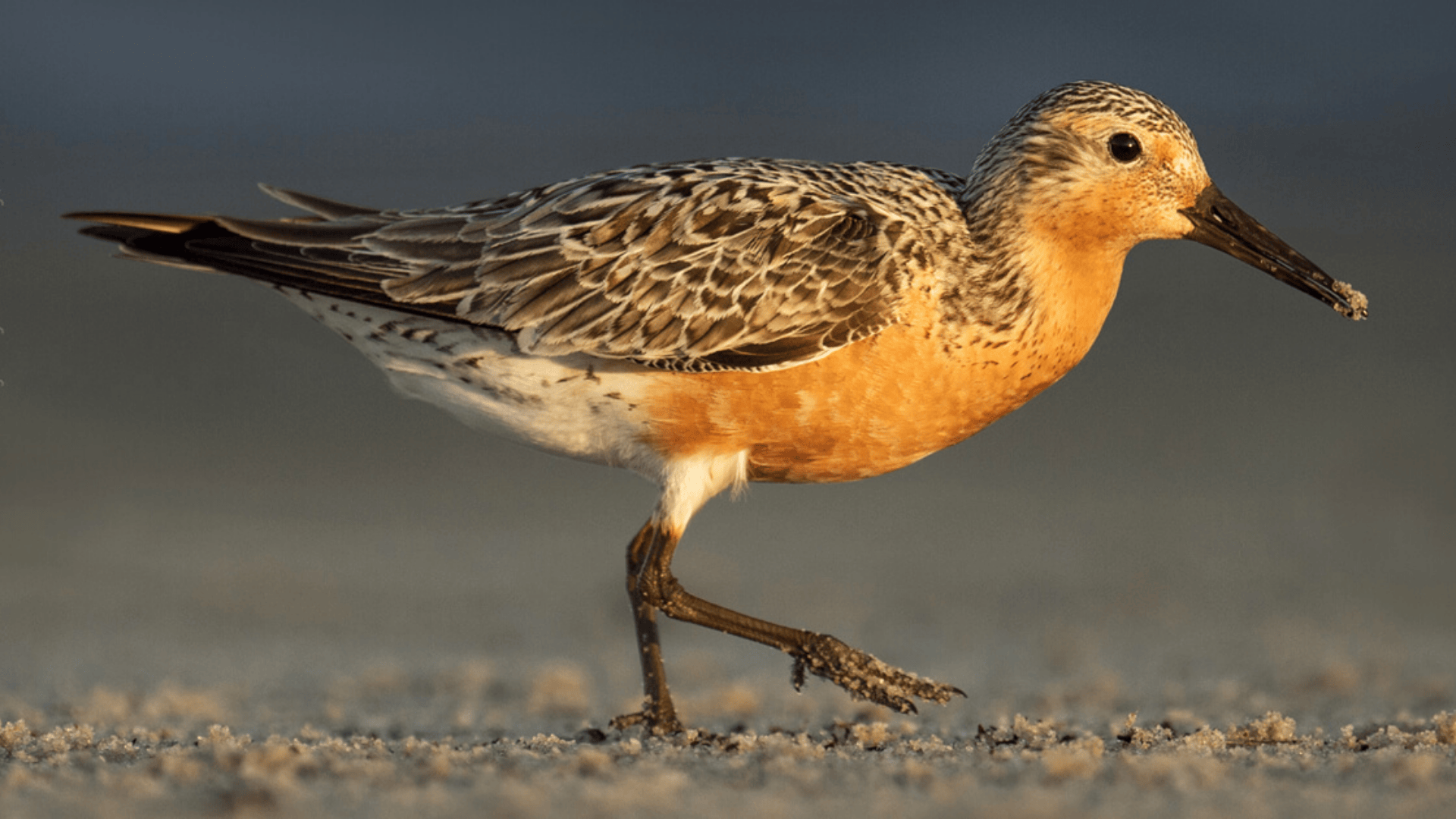
The Knot (often called the Red Knot) is a medium-sized shorebird known for its incredibly long migratory journeys. During breeding season, these birds develop distinctive rusty-red plumage.
- Region of Habitat: Breeds in the Arctic areas, winters on coastal mudflats worldwide
- Scientific Name: Calidris canutus
- Feeding Habits: Feeds on mollusks, crustaceans, and other invertebrates found in intertidal zones
- What Sound They Make: A low, soft “knut-knut-knut” call, primarily vocal during the breeding season
Fun Facts
Red Knots make one of the longest yearly migrations, traveling up to 9,000 miles from Arctic breeding grounds to South America.
Their bills contain thousands of microscopic sensors that can detect prey buried in sand by sensing pressure changes.
8. Kakapo
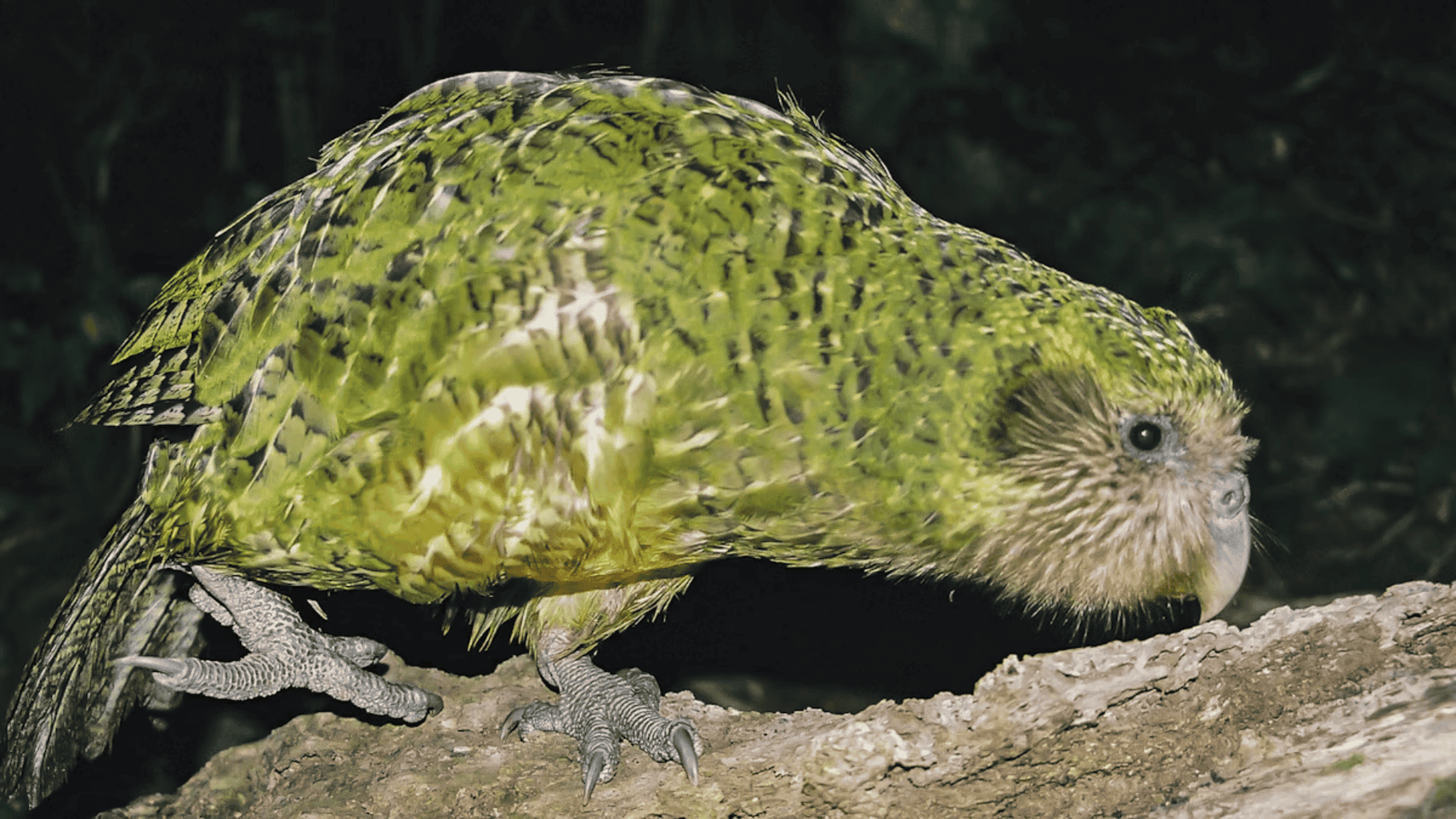
The Kakapo is a critically endangered, flightless parrot native to New Zealand. It’s the world’s heaviest parrot and is known for its unusual appearance and behavior, including a distinctive “booming” call used by males to attract mates.
- Region of Habitat: Currently confined to predator-free islands in New Zealand
- Scientific Name: Strigops habroptilus
- Feeding Habits: Herbivorous, eating native plants, seeds, fruits, pollen, and even tree bark
- What Sound They Make: Males produce a distinctive low-frequency “boom” during breeding season, audible up to 5 km away
Fun Facts
Males create bowl-shaped depressions in the ground that amplify their mating calls like natural amphitheaters. They are the only flightless parrots in the world and can live for over 90 years, making them one of the longest-lived birds.
9. Kea
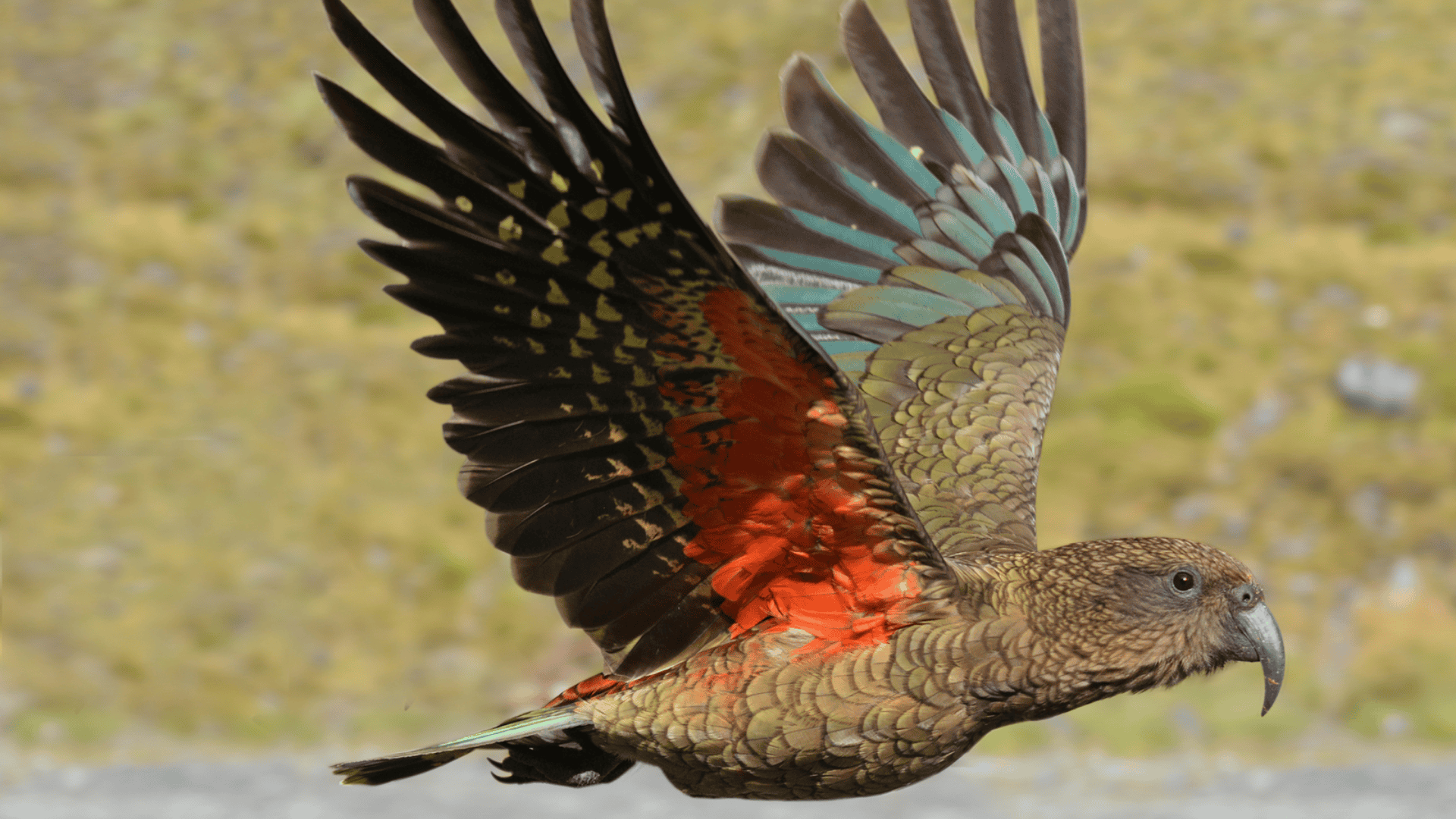
The Kea is an intelligent alpine parrot endemic to New Zealand’s South Island. Known for their curious and sometimes destructive behavior, these olive-green birds with orange underwings are the world’s only alpine parrot.
- Region of Habitat: Alpine and forest regions of New Zealand’s South Island
- Scientific Name: Nestor notabilis
- Feeding Habits: Omnivorous and opportunistic, eating plants, insects, and sometimes scavenging from carcasses; also known to damage cars and buildings in search of food
- What Sound They Make: A distinctive “keeaaa” call that gives them their name, along with various whistles and chattering sounds
Fun Facts
These intelligent alpine parrots have been observed making and using tools to solve complex problems. Out of curiosity, they have a notorious habit of stripping rubber parts from cars and damaging equipment at ski resorts.
10. Killdeer
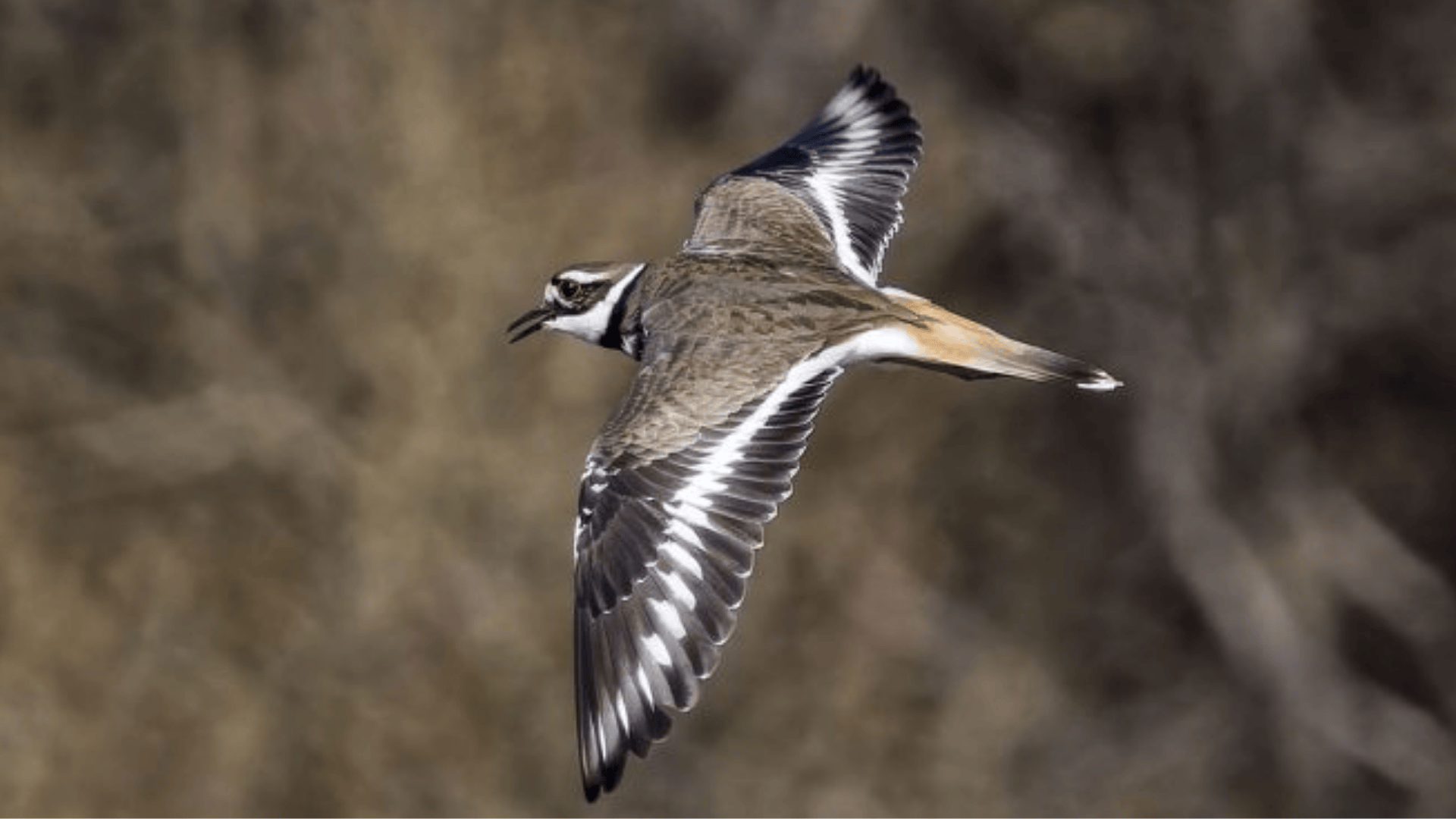
The Killdeer is a medium-sized plover recognized by its two distinctive black bands across the breast and its habit of feigning injury to draw predators away from nests. These birds are adaptable to human-modified environments.
- Region of Habitat: Throughout the Americas, from Canada to South America
- Scientific Name: Charadrius vociferus
- Feeding Habits: Primarily insectivorous, feeding on insects, worms, and other invertebrates
- What Sound They Make: Named for their loud, piercing “kill-deer” call, often repeated rapidly when alarmed
Fun Facts
They perform an elaborate “broken-wing” display, pretending to be injured to lure predators away from their nests. Killdeer chicks can run and feed themselves almost immediately after hatching, though parents still guard them.
11. Kagus
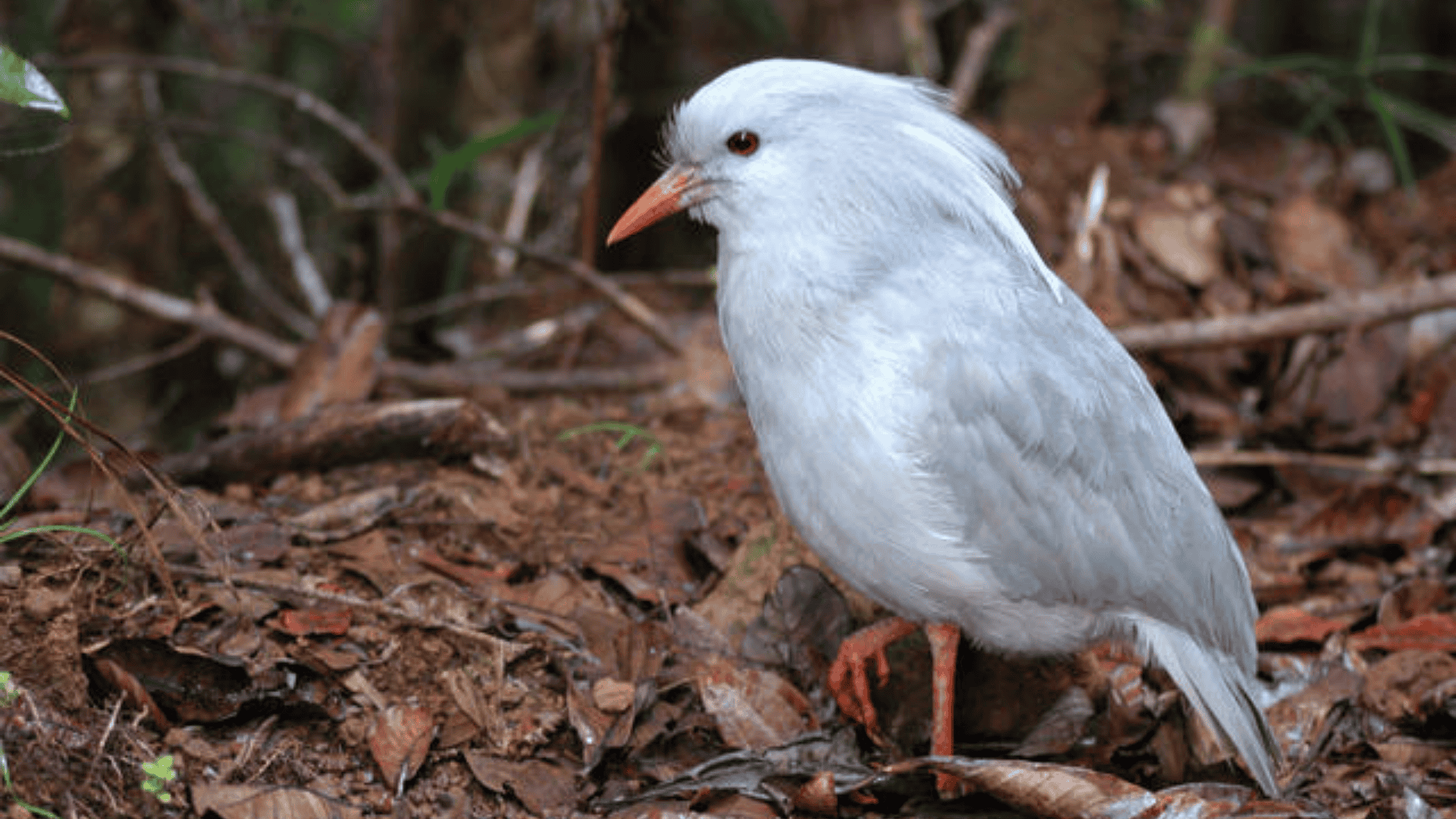
The Kagu is a rare, endangered bird endemic to the dense forests of New Caledonia. With a crested head, long legs, and ash-gray plumage, it’s often called the “ghost of the forest” due to its appearance and elusive nature.
- Region of Habitat: Forests of New Caledonia (a French territory in the South Pacific)
- Scientific Name: Rhynochetos jubatus
- Feeding Habits: Carnivorous, feeding primarily on worms, insects, snails, and small reptiles
- What Sound They Make: A distinctive barking call, often heard at dawn; sounds like “ka-goo” which gives the bird its name.
Fun Facts
They are the sole surviving member of their taxonomic family with no close living relatives. Kagus have specialized “powder down” feathers that disintegrate into a powder used to waterproof their other feathers.
12. Kori Bustard
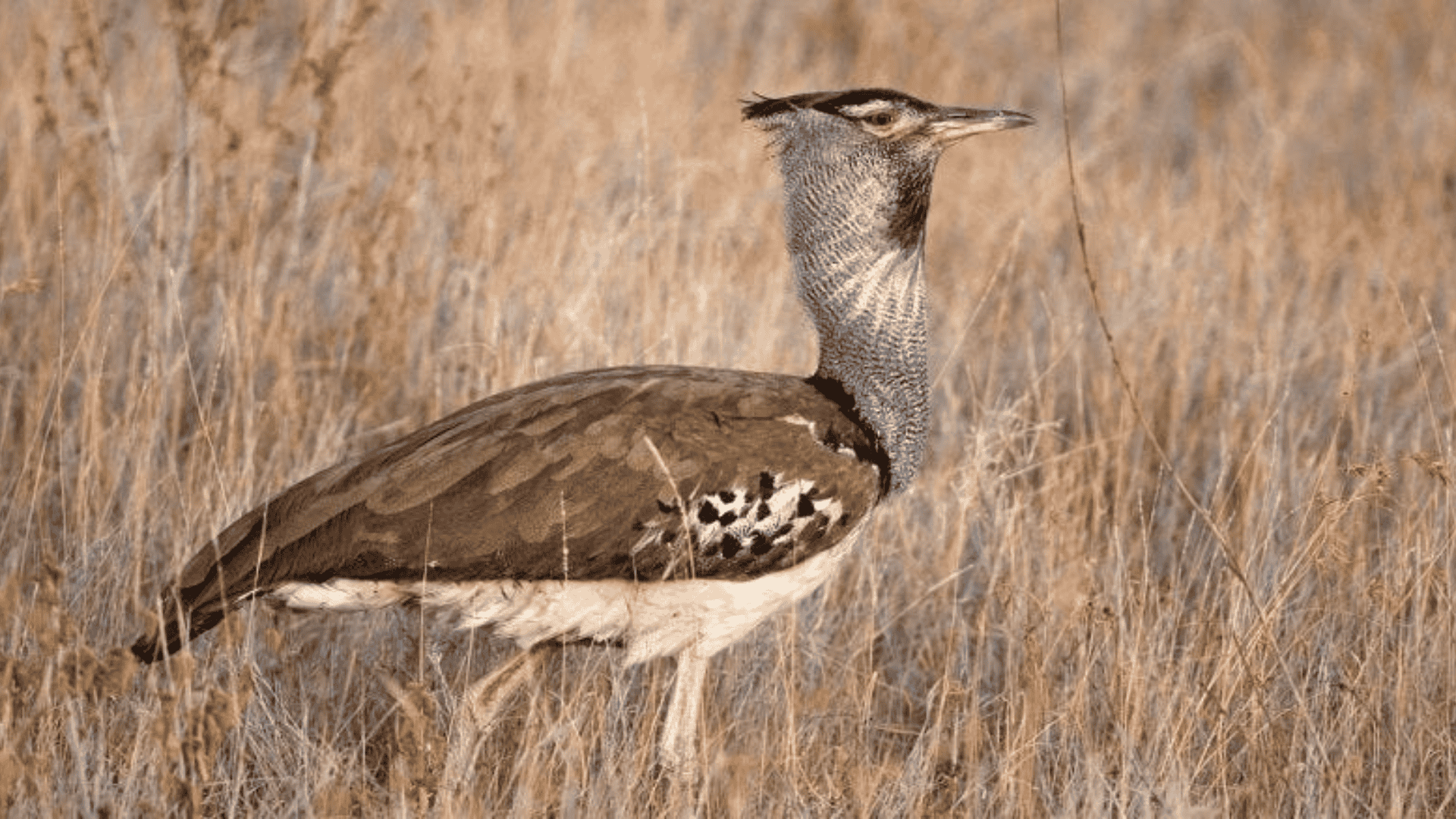
The Kori Bustard is one of the heaviest flying birds in the world. It is native to eastern and southern Africa. Males can weigh up to 40 pounds. They have long legs, a heavy body, and a distinctive black-and-white pattern on the wings and neck.
- Region of Habitat: Grasslands and savannas of eastern and southern Africa
- Scientific Name: Ardeotis kori
- Feeding Habits: Omnivorous, feeding on insects, lizards, small mammals, seeds, and berries
- What Sound They Make: Generally quiet, but males produce a deep, resonant booming sound during courtship displays
Fun Facts
Despite weighing up to 40 pounds, these massive birds can fly and have been recorded at heights of 100 meters.
During courtship displays, males inflate their esophagus to several times its normal size, producing deep booming calls.
13. Kentucky Warbler
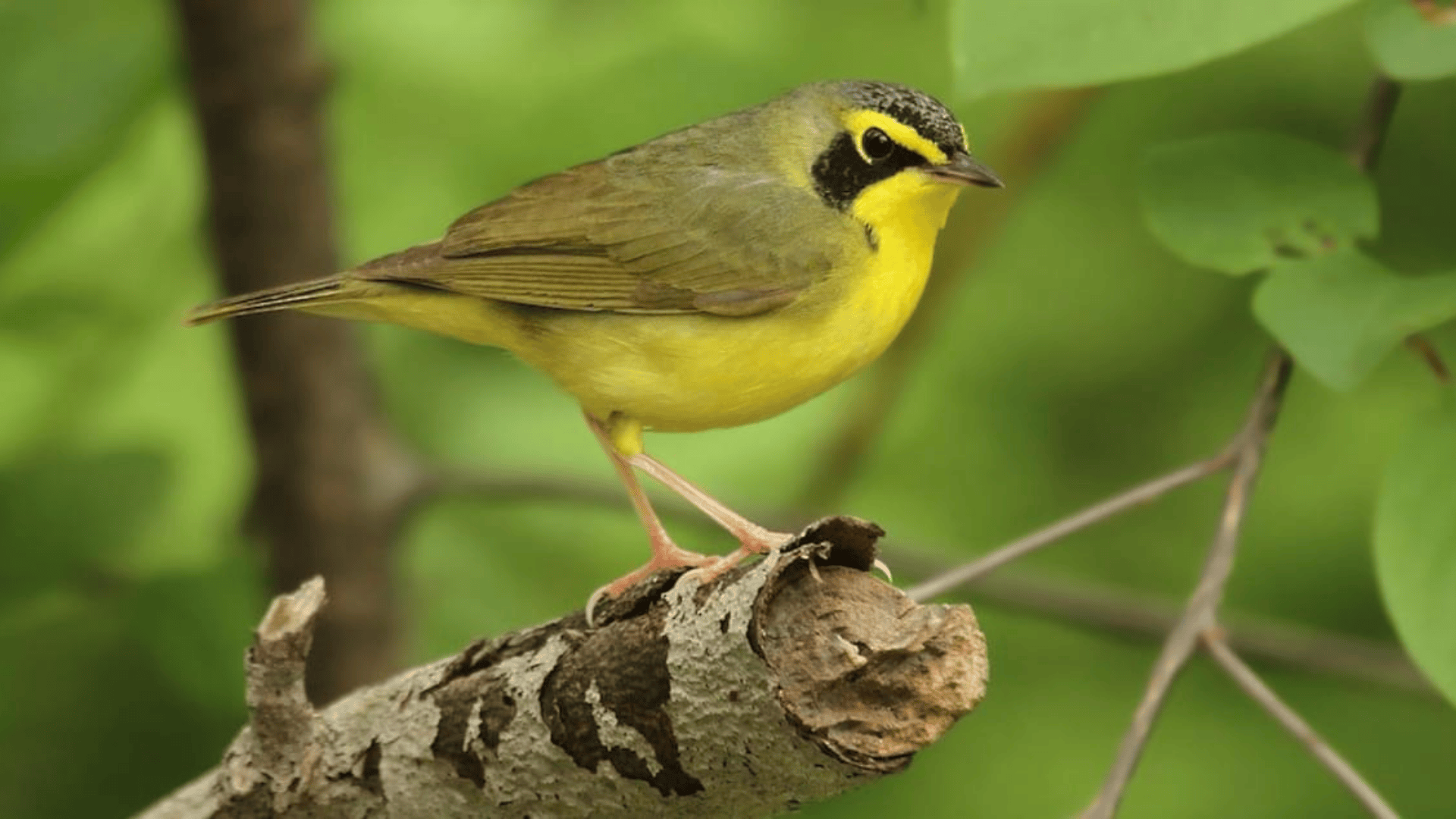
The Kentucky Warbler is a small, ground-dwelling songbird with bright yellow underparts and a distinctive black “mask.” These warblers are known for their rich, rolling song and secretive behavior in dense undergrowth.
- Region of Habitat: Eastern and central United States during breeding season; winters in Central America and northern South America
- Scientific Name: Geothlypis formosa
- Feeding Habits: Primarily insectivorous, foraging on the forest floor for insects and spiders
- What Sound They Make: A loud, rolling “churry-churry-churry” song, typically sung from low perches.
Fun Facts
Unlike most small songbirds, they walk rather than hop on the ground as they search for insects. They build well-concealed nests so effective at camouflage that researchers often find them only by accidentally flushing the parent bird.
14. Kākā
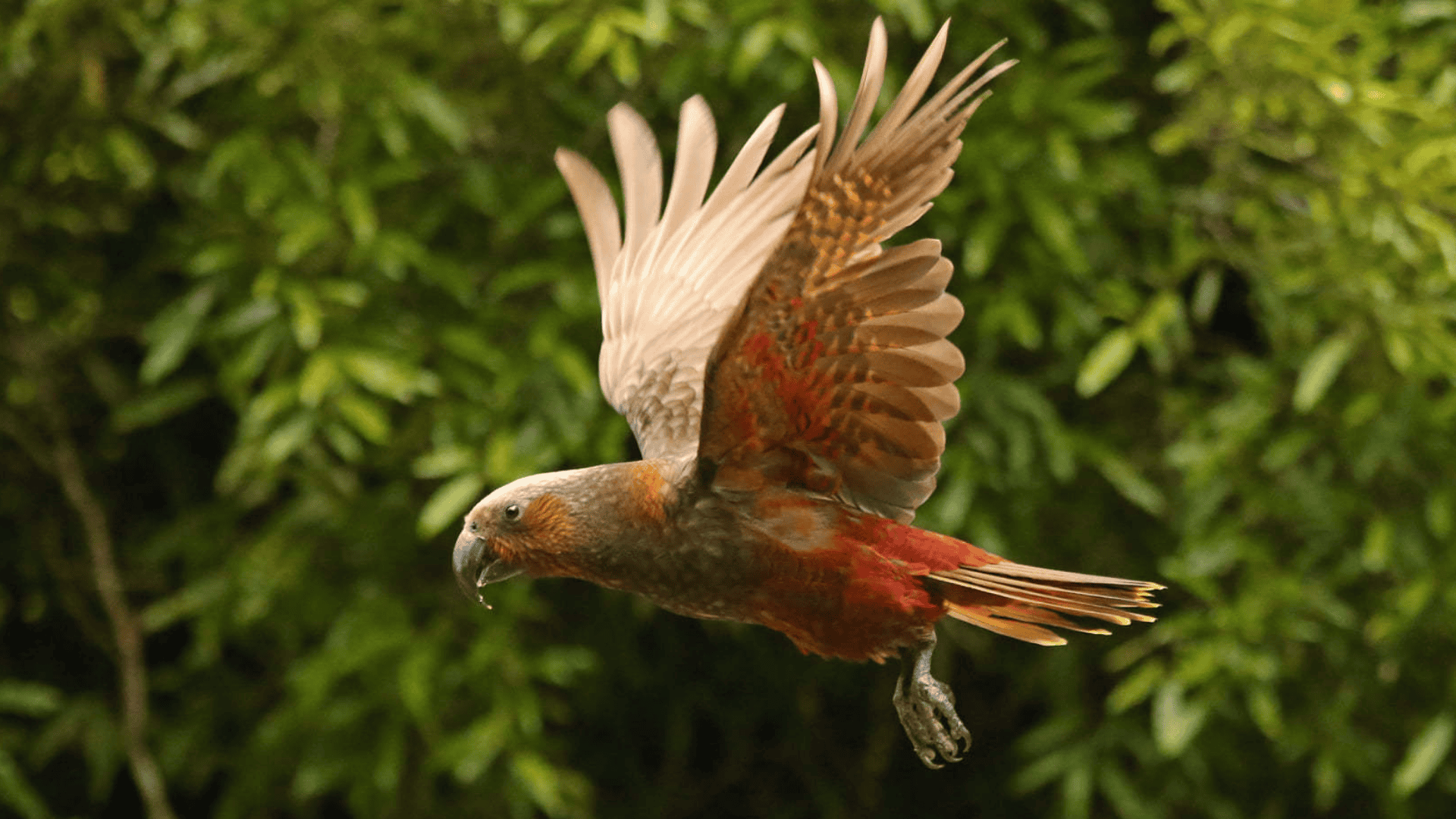
The Kākā is a medium-sized parrot endemic to New Zealand forests. With olive-brown plumage and patches of crimson under the wings, these social birds are known for their acrobatic feeding behavior and strong, curved beaks.
- Region of Habitat: Forests of New Zealand’s North, South, and Stewart Islands
- Scientific Name: Nestor meridionalis
- Feeding Habits: Omnivorous, feeding on fruits, seeds, nectar, and insects; uses its strong beak to strip bark from trees to access sap
- What Sound They Make: A harsh “ka-aa” call, along with various whistles, chuckles, and guttural sounds
Fun Facts
These New Zealand parrots have brush-tipped tongues for collecting nectar and powerful bills for extracting grubs from wood.
They can mimic a wide range of sounds, including human speech, other birds, and even mechanical noises.
15. Kittiwake
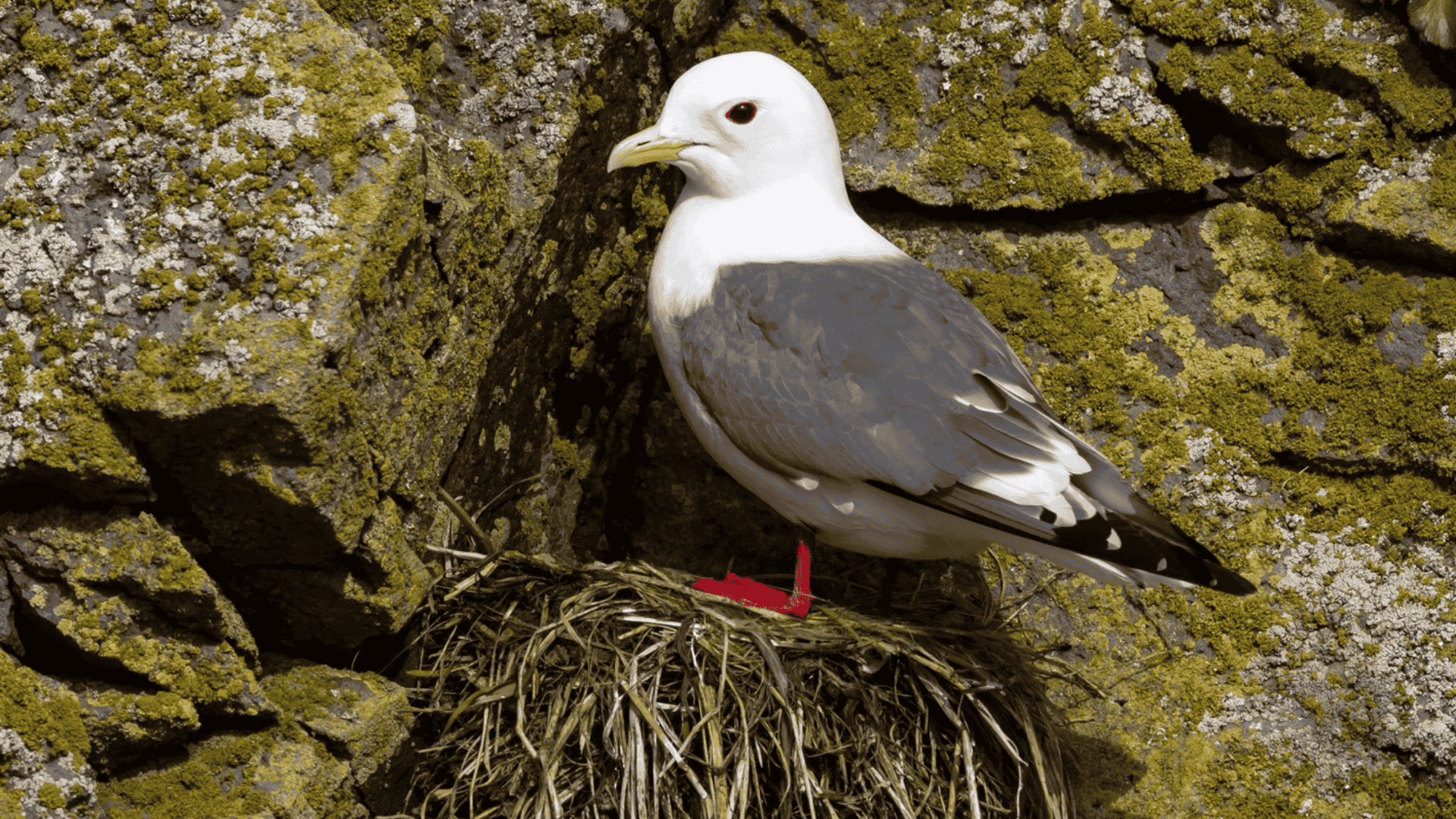
The Kittiwake is a small cliff-nesting gull found in northern coastal regions. It is known for its graceful flight and its habit of building nests on narrow ledges on sheer cliff faces.
- Region of Habitat: Coastal cliffs in North Atlantic, North Pacific, and Arctic Ocean regions
- Scientific Name: Rissa tridactyla (Black-legged Kittiwake) and Rissa brevirostris (Red-legged Kittiwake)
- Feeding Habits: Piscivorous, feeding primarily on small fish caught by surface plunging and occasional surface feeding
- What Sound They Make: Named for their distinctive three-syllable call that sounds like “kit-ti-wake”
Fun Facts
Kittiwakes lack the hind toes of most gulls, an adaptation for perching on tiny cliff ledges. They are primarily oceanic birds, spending months at sea and only coming to land during breeding season.
16. Korean Bush Warbler
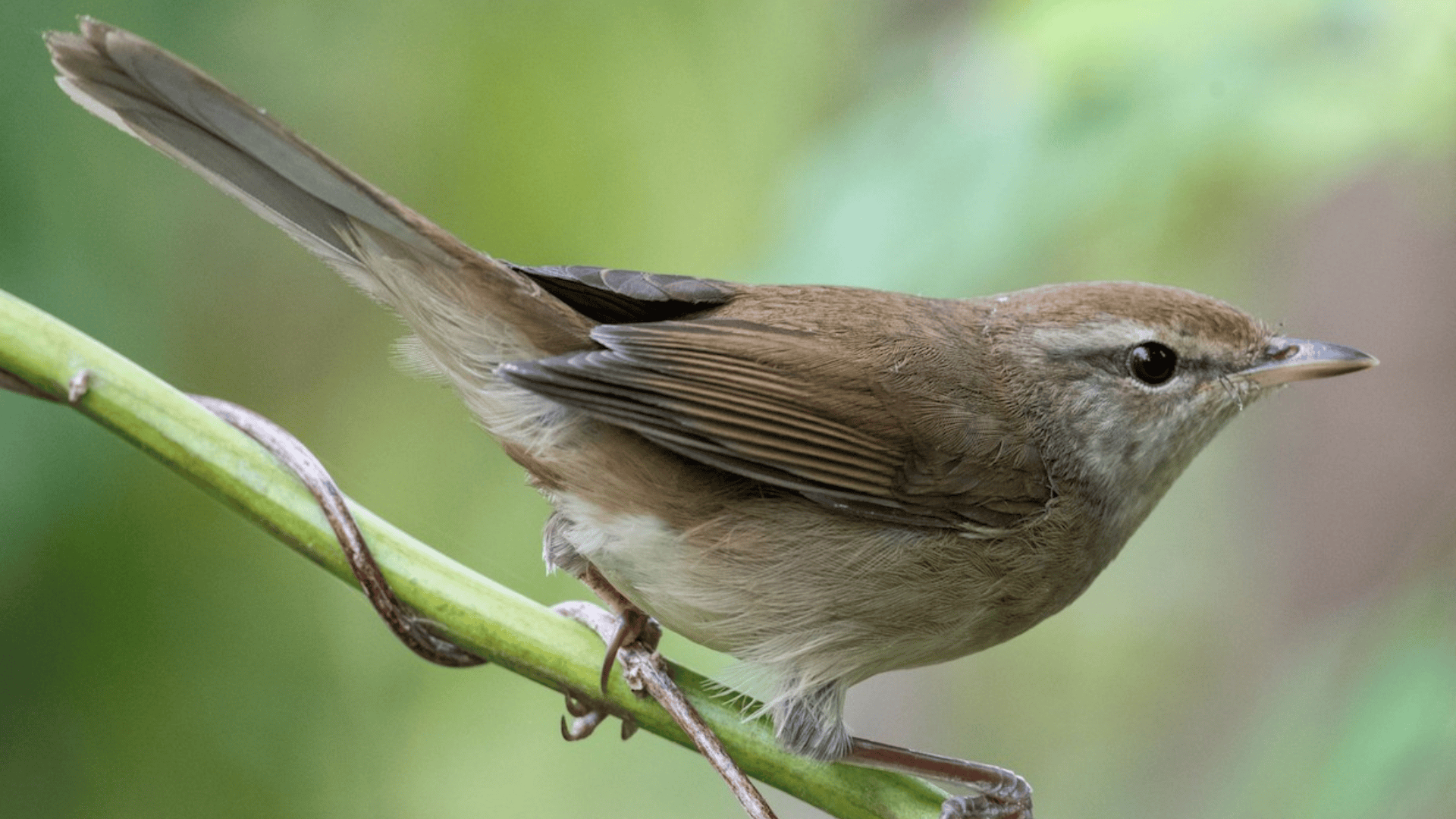
The Korean Bush Warbler is a small, secretive songbird found in East Asia. Despite its plain brown appearance, it’s known for its remarkably loud and complex song that seems disproportionate to its small size.
- Region of Habitat: East Asia, including Korea, Japan, China, and Russia
- Scientific Name: Horornis canturians
- Feeding Habits: Primarily insectivorous, feeding on small insects gleaned from vegetation
- What Sound They Make: A loud, explosive song consisting of rapid whistles and trills, often heard before the bird is seen
Fun Facts
Their songs are so loud and distinctive that they’re featured in many traditional East Asian poems as heralds of spring. Despite their plain appearance, they can produce over 100 different song variations.
17. King Eider
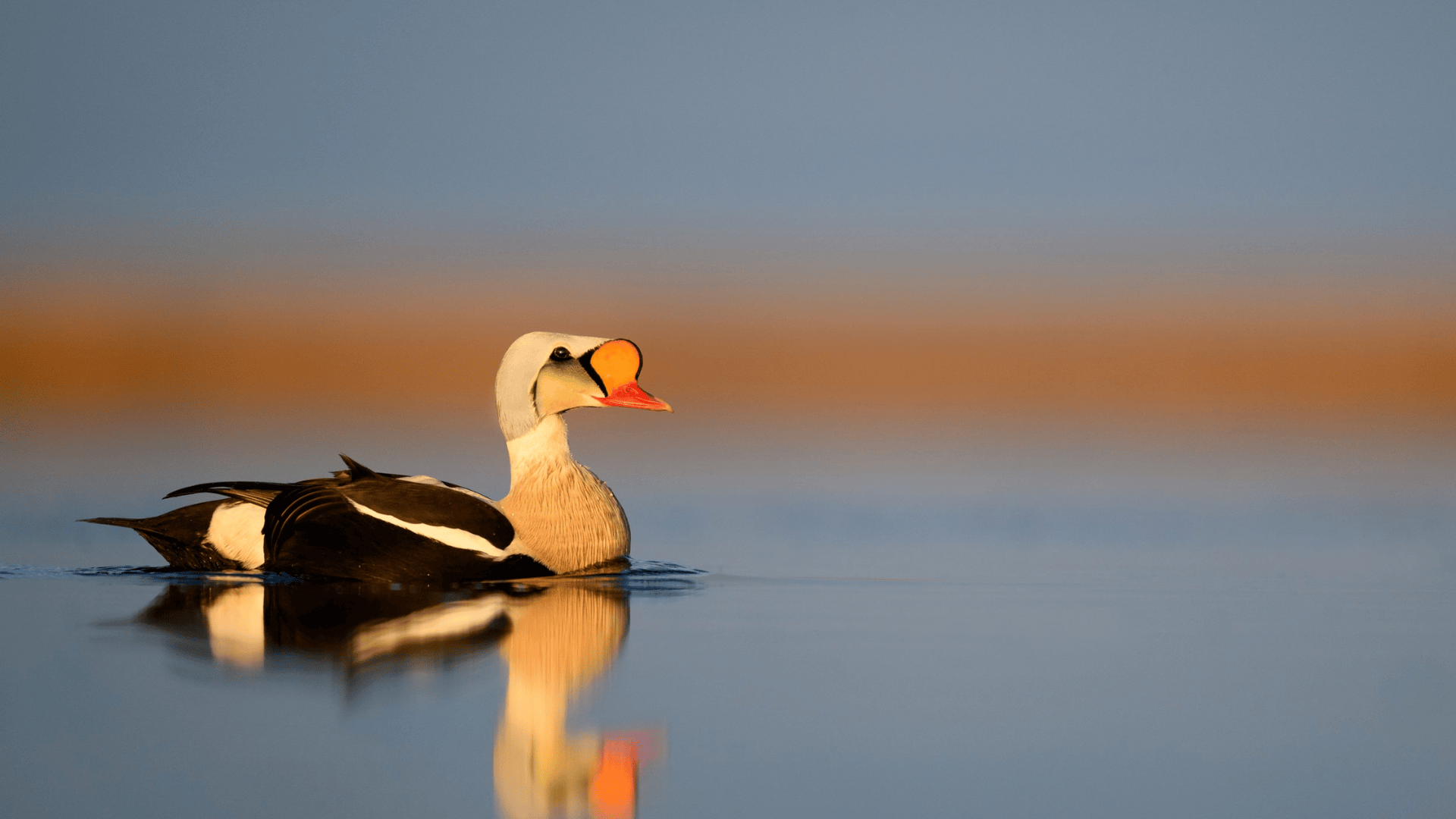
The King Eider is a large sea duck of the northern Arctic coasts. Males have spectacular plumage with a pale blue crown, orange-red bill shield, and cream-colored breast, while females are brown with a distinctive crescent-shaped face pattern.
- Region of Habitat: Arctic coasts of North America, Europe, and Asia; winters in northern oceans
- Scientific Name: Somateria spectabilis
- Feeding Habits: Dives for mollusks, crustaceans, and other marine invertebrates in deep water
- What Sound They Make: Generally quiet, but males make soft cooing sounds during courtship; females have a hoarse call similar to Common Eider.
Fun Facts
They can dive to depths over 150 feet and stay underwater for up to a minute while foraging in frigid Arctic waters.
Males develop their spectacular breeding plumage through a complex molting process that takes nearly a year to complete.
More Birds Starting With The Letter ‘K’
18. Kākāriki
19. Kuhl’s Swift
20. Kern’s Trogon
21. Kadean’s Falcon
22. Kamchatka Gull
23. Kentucky Bluebird
24. Khaki Campbell Duck
25. Kosi Basin Spoonbill
26. Keel-billed Toucan
27. Kashmir Flycatcher
28. Kalij Pheasant
29. Krider’s Hawk
30. Kuhl’s Grebe
31. Khorassan Eagle
32. Kokako
33. Kokanee Troutbird
34. Kolossus Eagle
35. King Penguin
36. Krüper’s Nuthatch
37. Klamath River Chickadee
38. Kahili Gingerbird
39. Kara Kara
40. Kittlitz’s Murrelet
41. Korean Quail
42. Kiwa Hummingbird
43. Kay’s Dove
44. Kirtland’s Warbler
45. Kakatoe
46. Kiskadee
47. Kadavu Parrot
48. Kumai’s Warbler
49. King’s Warbler
50. Kingbird
51. Kinglet
52. Killer Whale-Bird
53. Kori Crane
54. Knob-billed Duck
55. Khataba Warbler
56. Kaikoura Tern
57. Kanakini Pigeon
58. Kady Lark
59. Kigezi Sparrow
60. Kansas Jay
61. Kande Falcon
62. Kalahari Falcon
63. Kirks’ Dik Dik Bird
64. Kassandra Swallow
65. Kerowah Starling
66. Kofu Bird
67. Katori Dove
68. Kyzylordinsk Tern
69. Korribird
70. Kirky Brown Duck
71. Kalahari Hornbill
72. Kamyshovo Swallow
73. Kokomant Bird
74. Kootenai Cormorant
75. Khrepp’s Owl
76. Khorashan Parrot
77. Kirongo Wren
78. Knyazev’s Crane
79. Kamchatka Duck
80. Killwick Finch
81. Kithambi Eagle
82. Kinburn Oystercatcher
83. Kyrgyz Kestrel
84. Karra Lyra
85. Kawira Falcon
86. Kipson Dove
87. Kossak Duck
88. Kudu Darter
89. Kittichorn Swift
90. Kwale Egret
91. Kirov Plover
92. Kerber’s Owl
93. Kitale Pigeon
94. Kniffin Parrot
95. Kody Hawk
96. Kwangdo Sparrow
97. Kinsale Gull
98. Krugar Dove
99. Khusi Titmouse
100. Killagon Finch
101. Kratova Parakeet
102. Kuban Raven
103. Kazan Crane
104. Kurgan Swift
105. Kemerovo Seagull
106. Kalaupapa Thrush
107. Kaibab Nuthatch
108. Kunlun Mountain Finch
109. Kuril Islands Petrel
110. Kashmiri Redstart
111. Kenyan Sunbird
Ending Notes
We’ve now met many birds whose names start with the letter K, each with its own special traits and life story.
These birds show us how rich and varied the bird world is. From birds that can see in the dark to those that can swim underwater, K-birds have found many ways to live in our world.
Sadly, some of these birds are in danger. They need our help to stay around for years to come. By learning about them, you’re taking the first step in helping to keep them safe.
Next time you’re outside, look up at the sky or into the trees. You might spot one of these K-birds going about its day. Watch how it moves, listen to its call, and think about its life in the wild.
Birds make our world better. The ones whose names start with K make it even more wonderful.
If you’re interested in more informative education & learning content, feel free to click here and explore other blogs that you might enjoy!

